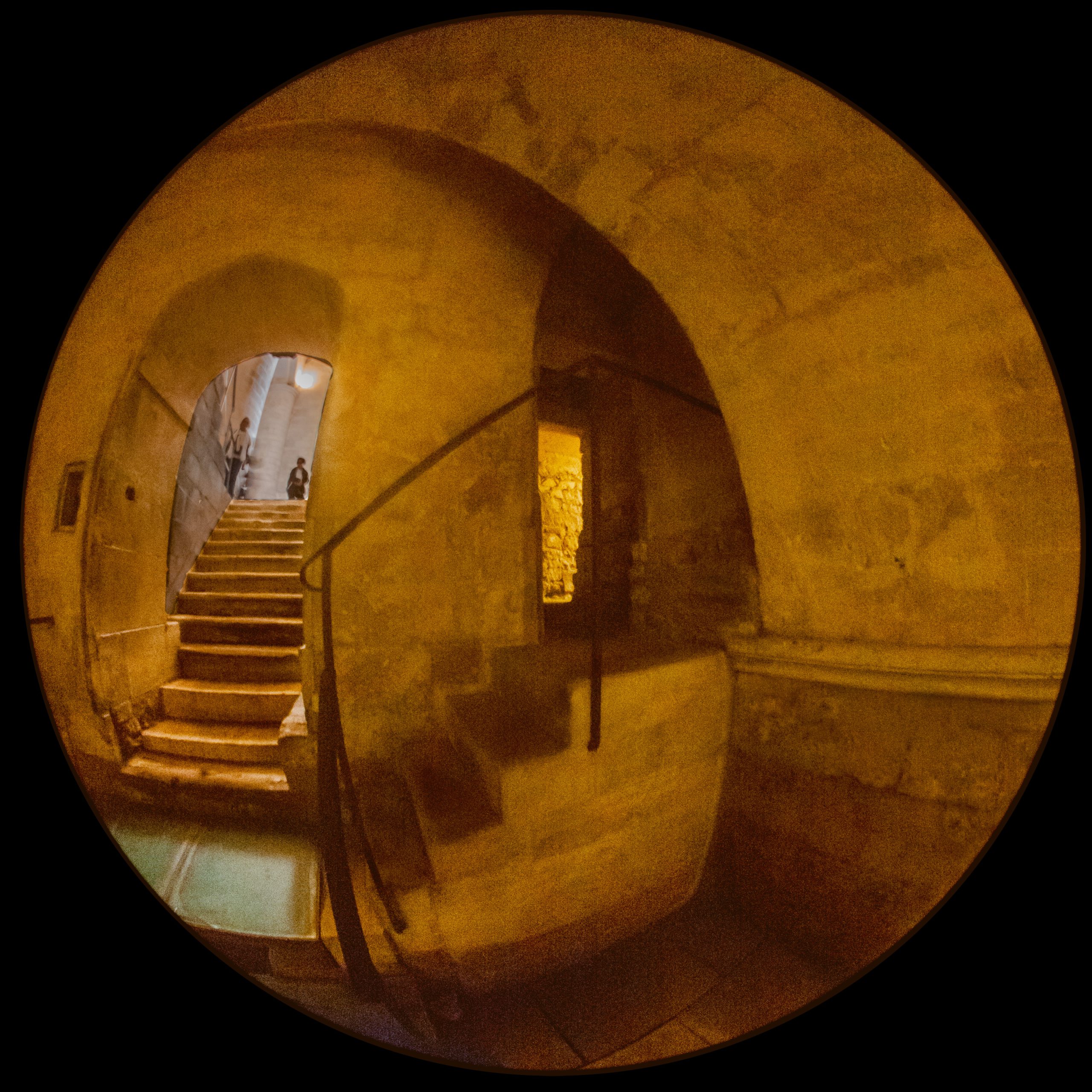





This photographic essay looks at a space, visited by both residents and tourists, to reveal their different relationships and interpretations. A resident’s connection to a space, through history, family, friends, memories, laughter, warmth, home, the consumption of local foods, transforming earth to body, makes this a place that forms part of the definition of who they are, their self, their identity. For the tourist, devoid of these experiences, the dimensions around them are more distance, lacking the intimacy of “place”. The space is interpreted through their education, imagination and desires; through their own cultural lens.
The blend of documentary and poetic styles of photography seeks to weave both rational and subjective threads into a narrative that raises questions for which there are no single answers. The first three images develop a narrative of a long and complex history, forming the foundation of a rich culture that embodies this place. The choice of subject is intended to convey permanence, and depth. The sequencing through time, with shared visual elements within the photographs, expresses the continuity. The co-existence of these subjects, in the present, positions culture, and identity, as a conglomeration of selected old and new fragments.
The second three images develop the tourists’ narrative who arrive in this space to visit its sites, and monuments. The brightness of these images in contrast with the first three juxtaposes the ephemeral and the long-lived. The blurred representation of the tourists portrays the submergence of the individual in favour of the formation of a shapeless mass, a horde that quickly descends out of a liminal space (the river in this case) and just as quickly returns. The open door of the church, offering a partial view of the interior, notes that as a tourist we are often given only a glimpse. Finally, the choice of a wide-angle lens that distorts the historical sites of Arles recalls to our attention that the tourist view is different from that of the resident.
Challenges lie in these different points of view. They represent a point of tension, tightened by the desire to both profit and retain the local culture. The history of Arles is recorded by the remnants of the peoples who have arrived in waves for thousands of years, that represent markers of the different views they contributed, from paganism to Christianity and our post-modern, secular world. Arlesians graciously offer their heritage to the world for all to see, spawning a new wave of arrivals, the tourist. Unlike the previous waves, these peoples come not to stay, but to gaze, take a selfie, and leave. Arlesians benefit from this, but how does it affect their culture? Is there balance? Who gets to select what is stirred into the conglomeration that is their evolving cultural mix? …
-
Project Statement
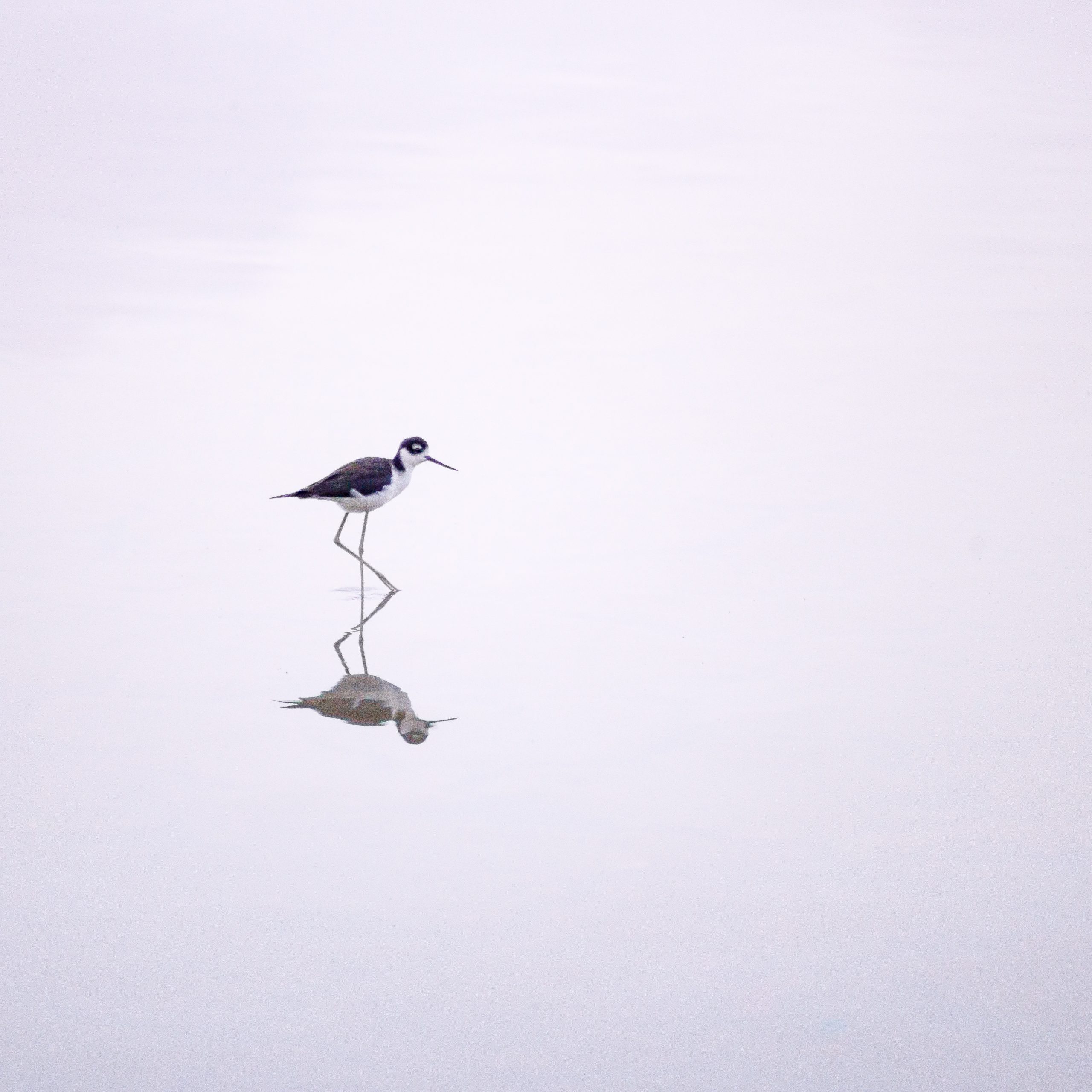
Over the last 6 months, I have been thinking about the next steps along my documentary career path. The last two-and-one-half years of my studies have tacked along a culture and heritage trajectory. The growth in world-wide migration has brought together divergent peoples increasing the interaction among the world’s cultures and with that has come…
-
Manufactured Dreamscapes

In the book Qualitative Research in Tourism : Ontologies, Epistemologies and Methodologies, edited by Lisa Goodson, and Jenny Phillimore, author Barbara Humberstone notes that “…tourism studies are about the relationship between the visitor, the Other (host) and the locale …” (p.120). This begs the question what makes for a good relationship? Developing Humberstone’s thought further,…
-
Departure
There are stay-cations, where the tourist stays at home. While I don’t intend to discount the value of these, they are not my immediate concern. I am interested at this time in leisure travel; one that involves a change in place. Put another way, change of place is a means to achieve differentiation. Differentiation stimulates…
-
Strawberry Daiquiri

A warm, gentle breeze drifts through the open-air lobby of the resort, carrying with it the muffled chatter of those sitting around the bar. The sedative effect is complemented by a cool, refreshing drink, proffered with a smile by staff as we check in. The drink helps cool the nerves, ease the mind of the…
-
Authenticity
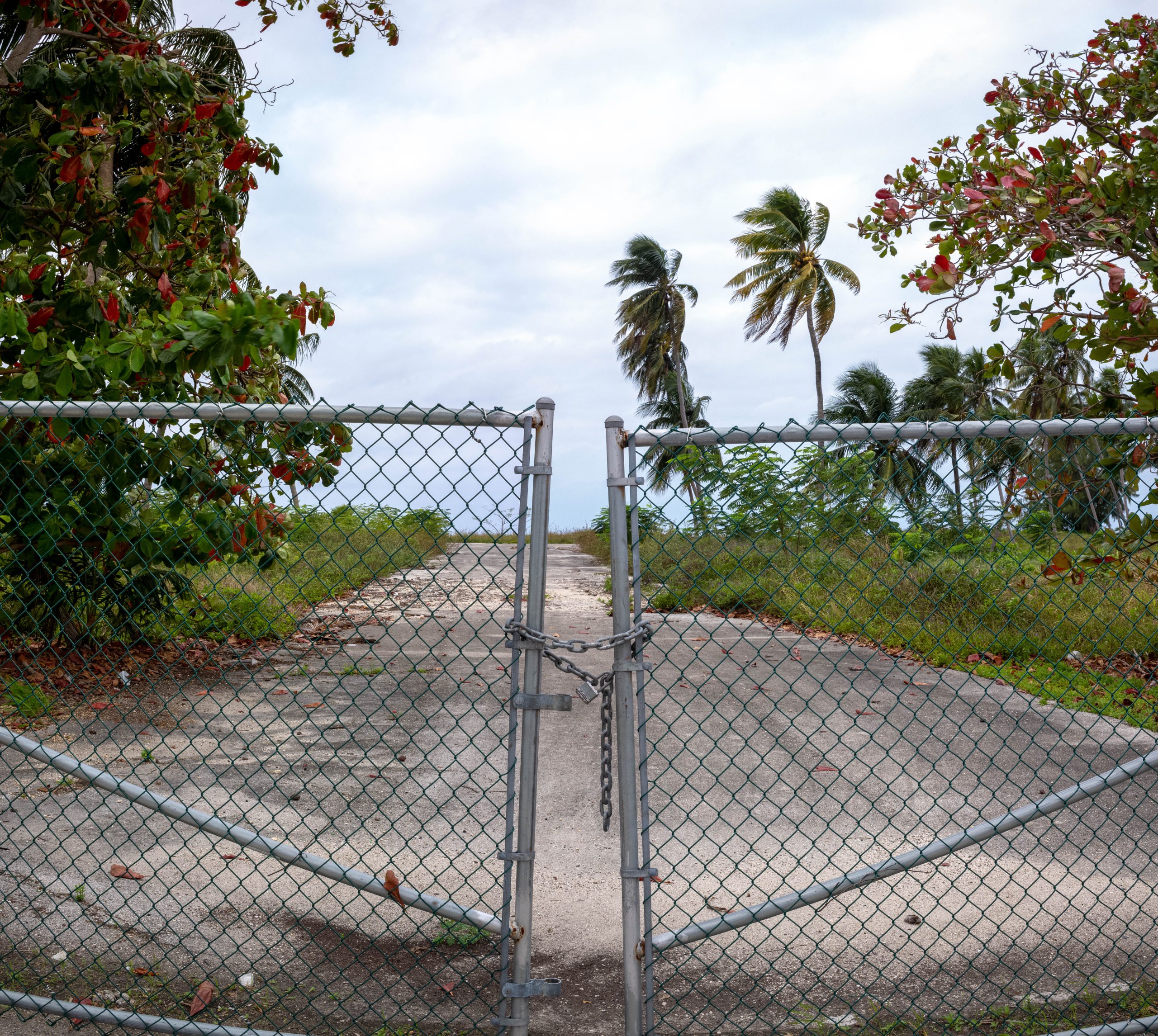
My first reflections on authenticity came many years ago visiting the Swiss Family Robertson’s Tree House at Disneyland. From a distance I was impressed by the tree; its size and structure so convenient for hosting a tree house. It wasn’t until we were in the house and I touched the tree that I discovered it…
-
Contrived Authenticity
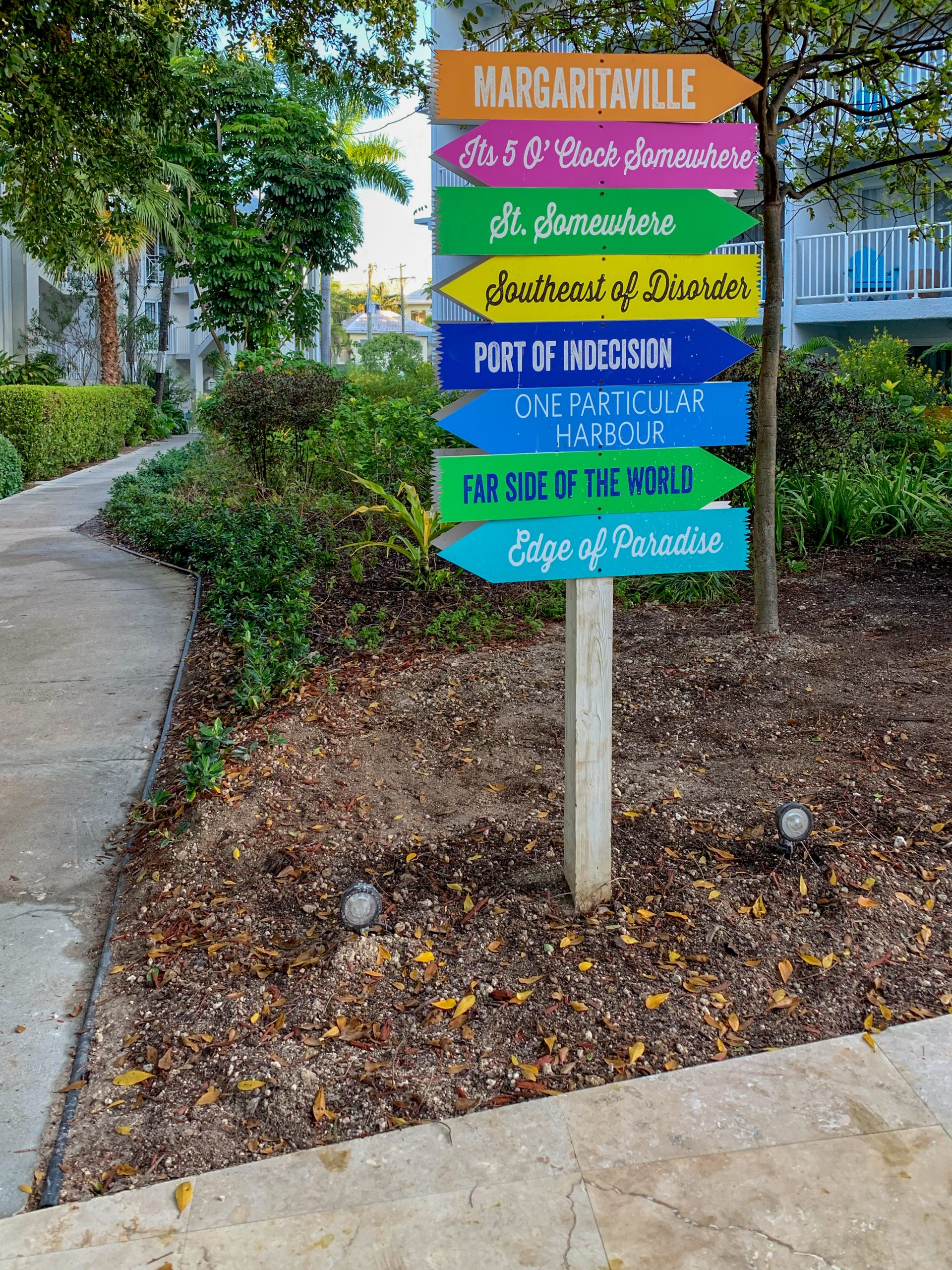
When we visit a resort, we enter a space manufactured to be comfortable, relaxing, to fulfill a dream of some sort. It is a Manufactured Dreamscape. The dreamscape encourages us to look at it, to see and interpret what we see; to gaze. The dreamscape makes claims, if not only metaphorically, that support the marketing…
-
What is Authenticity?
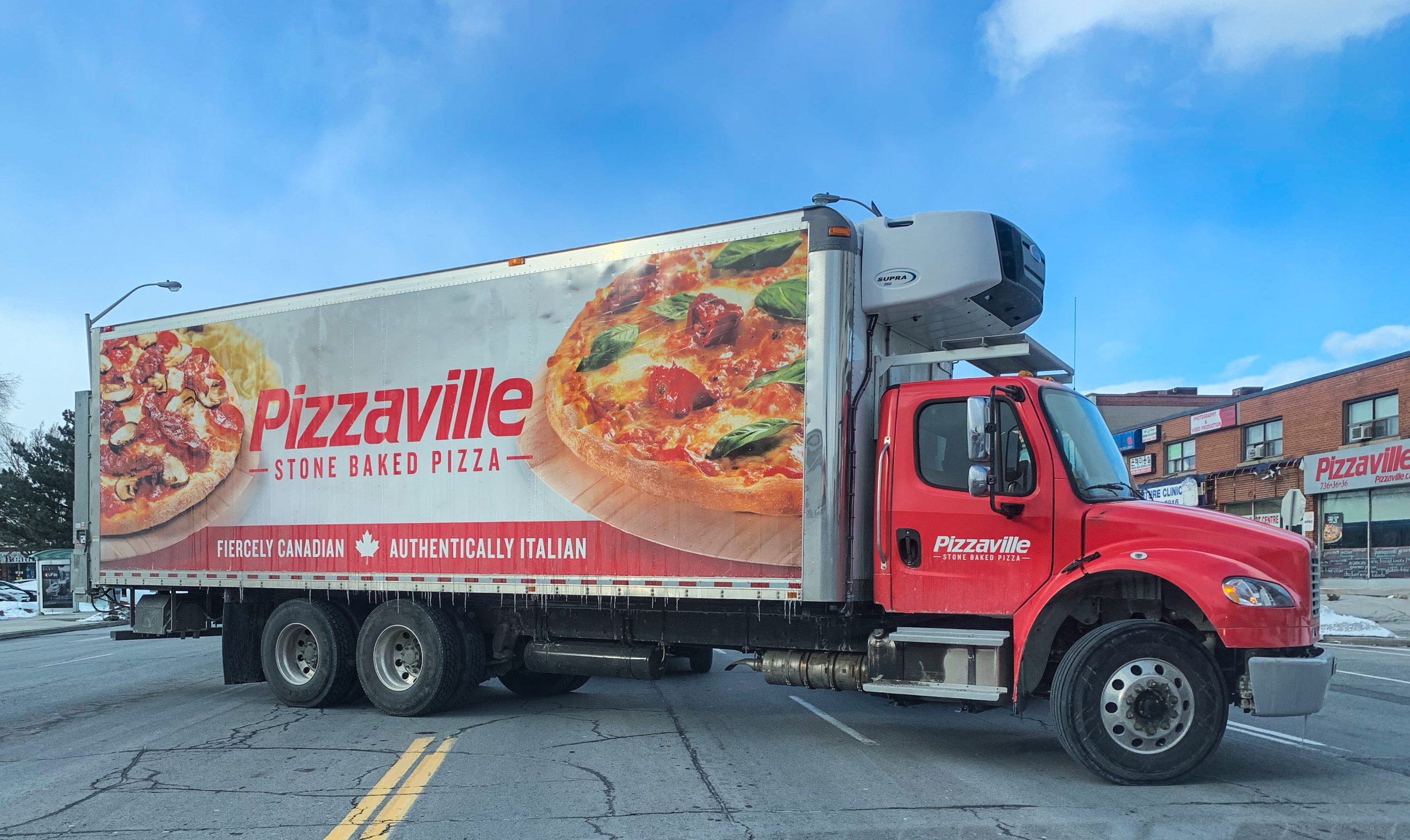
The OED defines authentic as “Of undisputed origin and not a copy; genuine.” But is it that simple to determine if something is authentic? The concrete tree I referred to in an earlier post failed, in my mind, the authenticity test: it was clearly not a genuine tree. It was a fabrication. Yet, as this…
-
Representing Authenticity

As a thought experiment, think about comparing the highly-processed magazine photograph of a fashion model standing on a runway against a grainy, black-and-white image of a derelict woman standing on the street. We might conclude that the former idealises, the latter degrades. But why? Both images are of women, yet how these women are presented…
-
The Touch of the Past
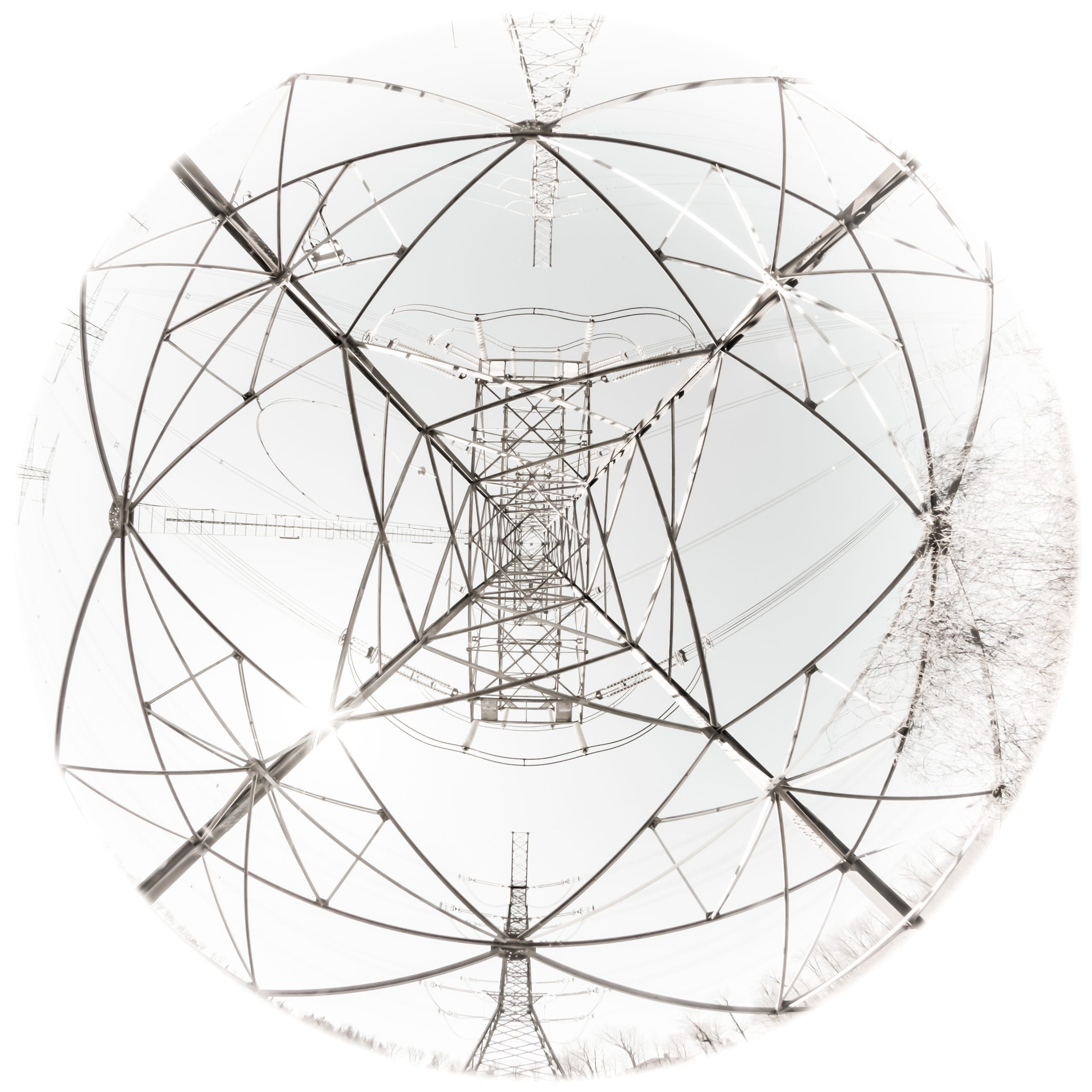
My project, Denk Ich an Sonneberg, introduced me to various theories related to memory, among them were Ethical Remembrance and Post-Memory. Roger Frie’s book, Not in My Family: German memory and responsibility after the holocaust and Marianne Hirsch’s book Family Frames: photography narrative and postmemory explore these topics respectively. As I continue to explore the…
-
Behind A Window on Tourism
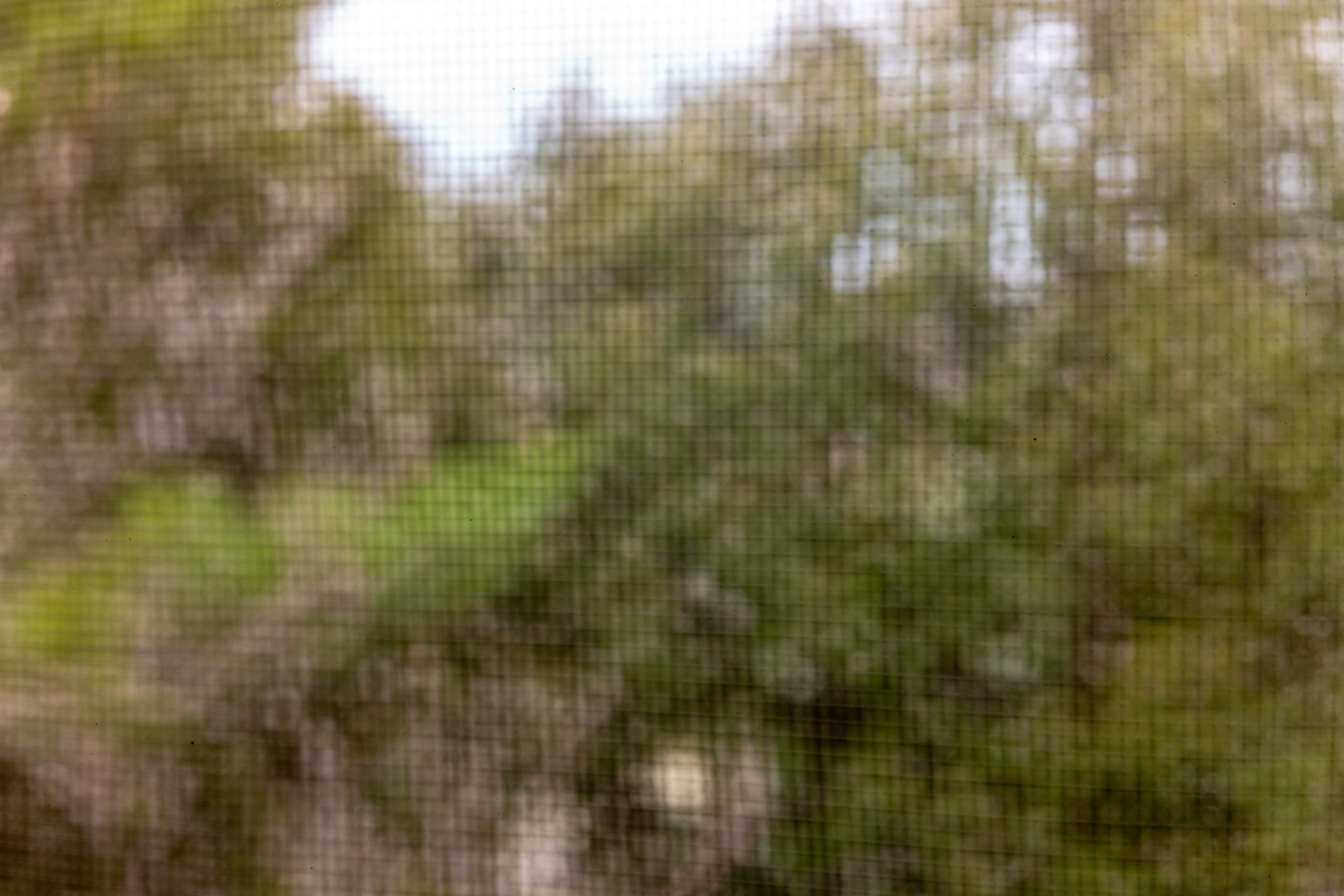
The temperature at night is warm enough to open the window. I like sleeping with the window open; having the fresh, cool air fill the room, my nostrils, as I lie under my thick quilt. This moment lasts for just a little while, may be a couple of months, that period between too cold and…
-
Starry Night
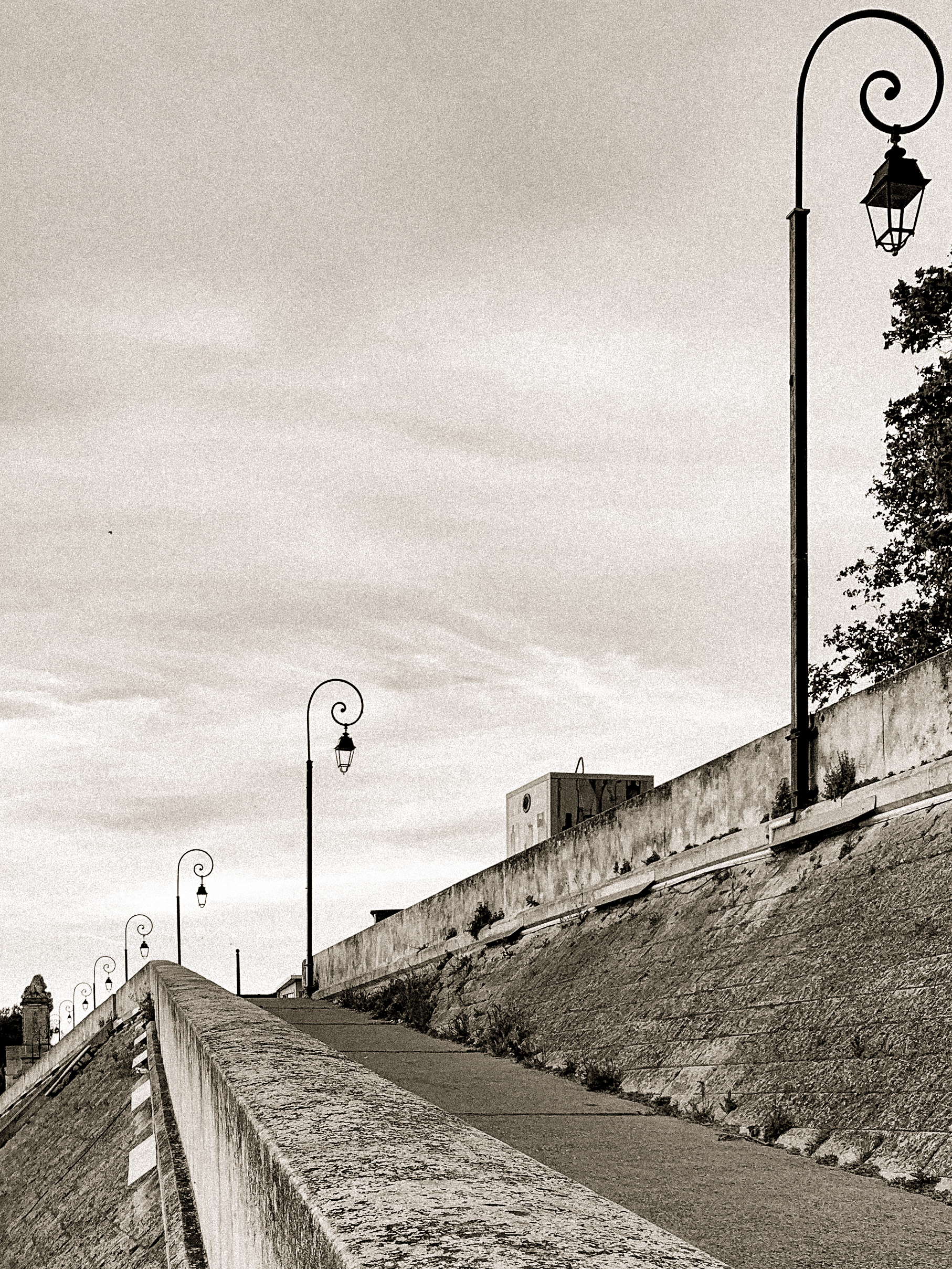
We stood on the edge of the river Rhône near where Van Gogh painted Starry Night just about 130 years ago. Van Go painted another Starry Night in St. Remy-de-Provence, which about 30 km away. His painting of Le Café la Nuit also had a lot of stars in it. I think Van Goof liked stars. The…
-
Hotel Dieu

Another spot along the Van Gogh trail is the Hotel Dieu, the place where the painter both painted an image and spent some time there as a result of a wound to his ear. Usually, during the tourist hours, the place is teaming with people trying to get the shot that most closely aligns with…
-
The Arles Residency
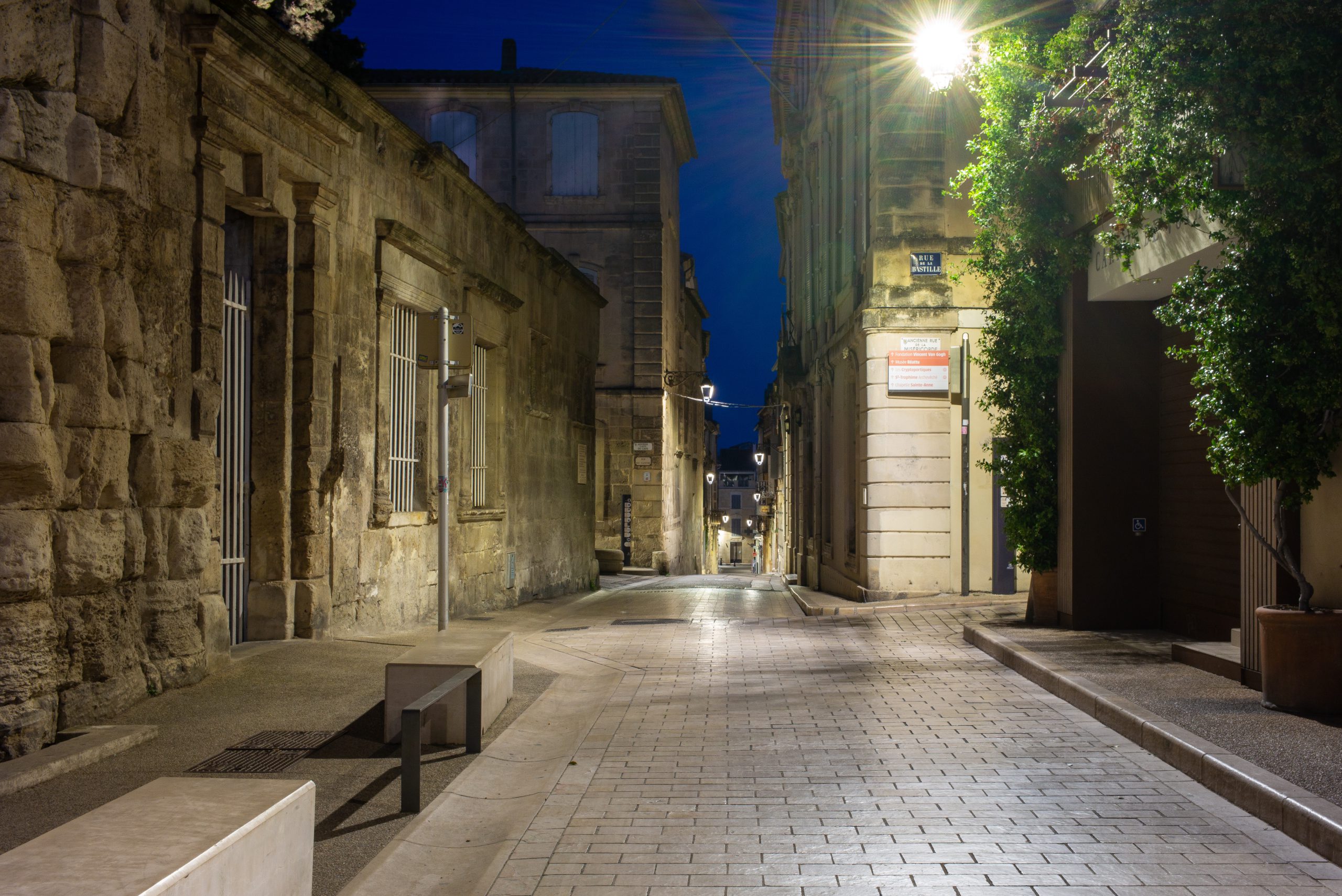
Last Thursday I returned from a month-long artist’s residency in Arles, France. Residencies vary quite widely in nature, from being simply a place of seclusion away from day-to-day distractions to allow the artist to focus on their work through to one that includes formal study with specific objectives and deliverables. This one tended towards the…
-
Style: Representation of Balance
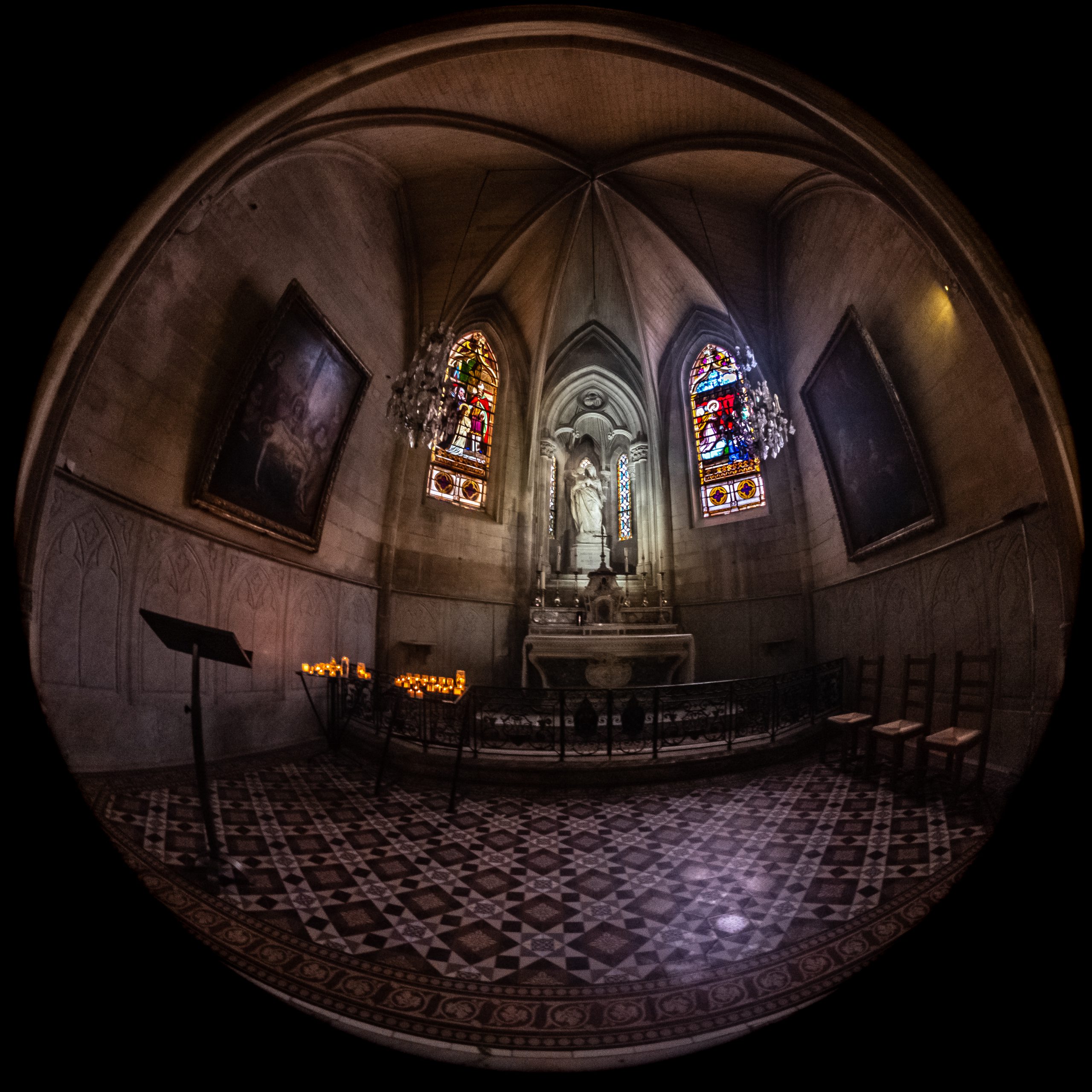
Going forward, I will face several style-related decisions. To guide my decision-making process I have prepared some basic principles. First, I want to ensure the content correctly represents the nature of tourism and balances the positive and negative aspects. Second, I want to ensure that the style of photography and subject matter are complementary and…
-
Style: Representation of Emotions
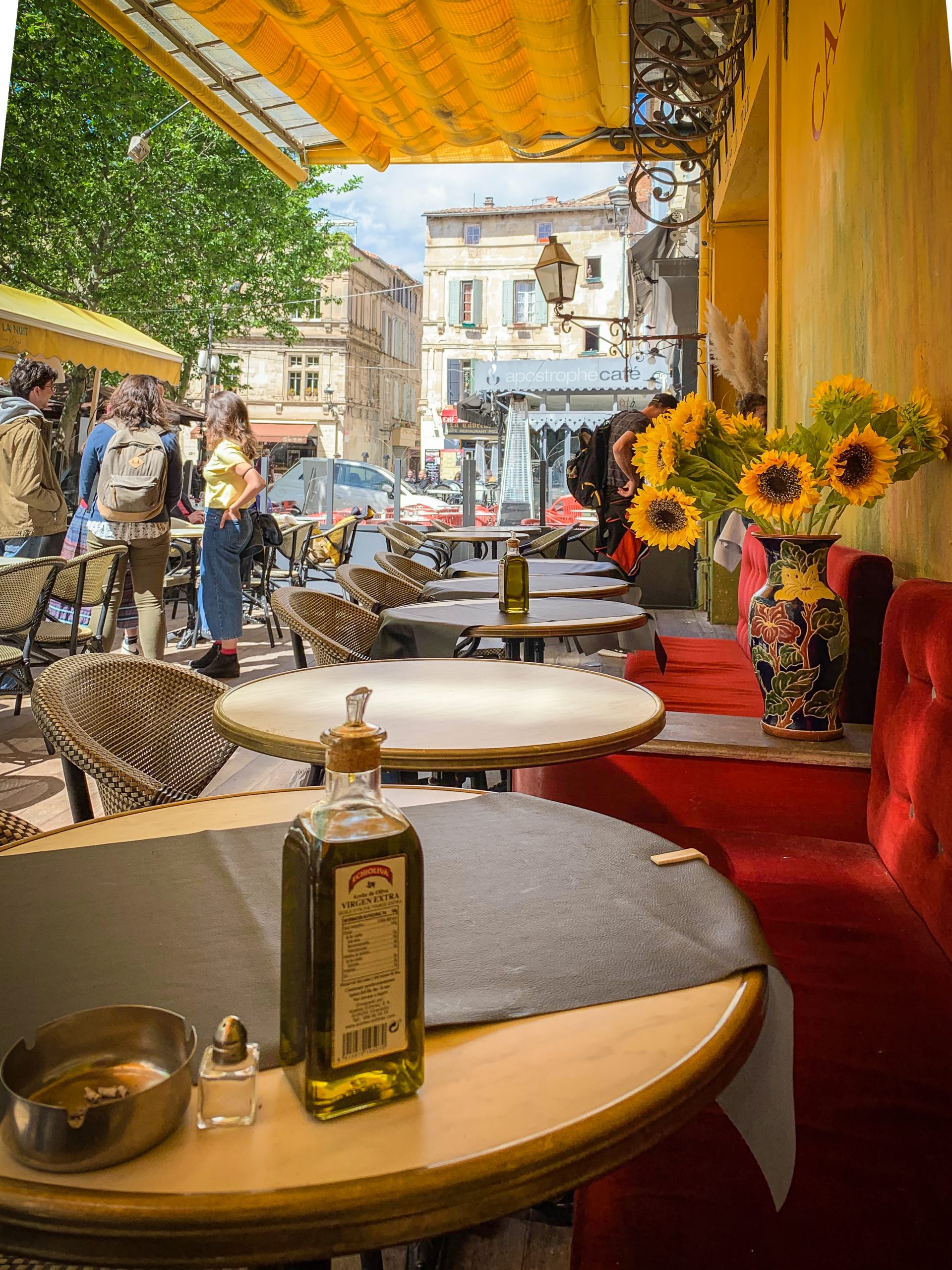
Beyond those of hope and despair, other emotions spawn from tourism that need to be included. Emotions can be spawned by both the subject matter and how the photograph is rendered. Here I am less certain of which specific techniques, and approaches I will use and therefore expect many of the decisions to be made…
-
Walls
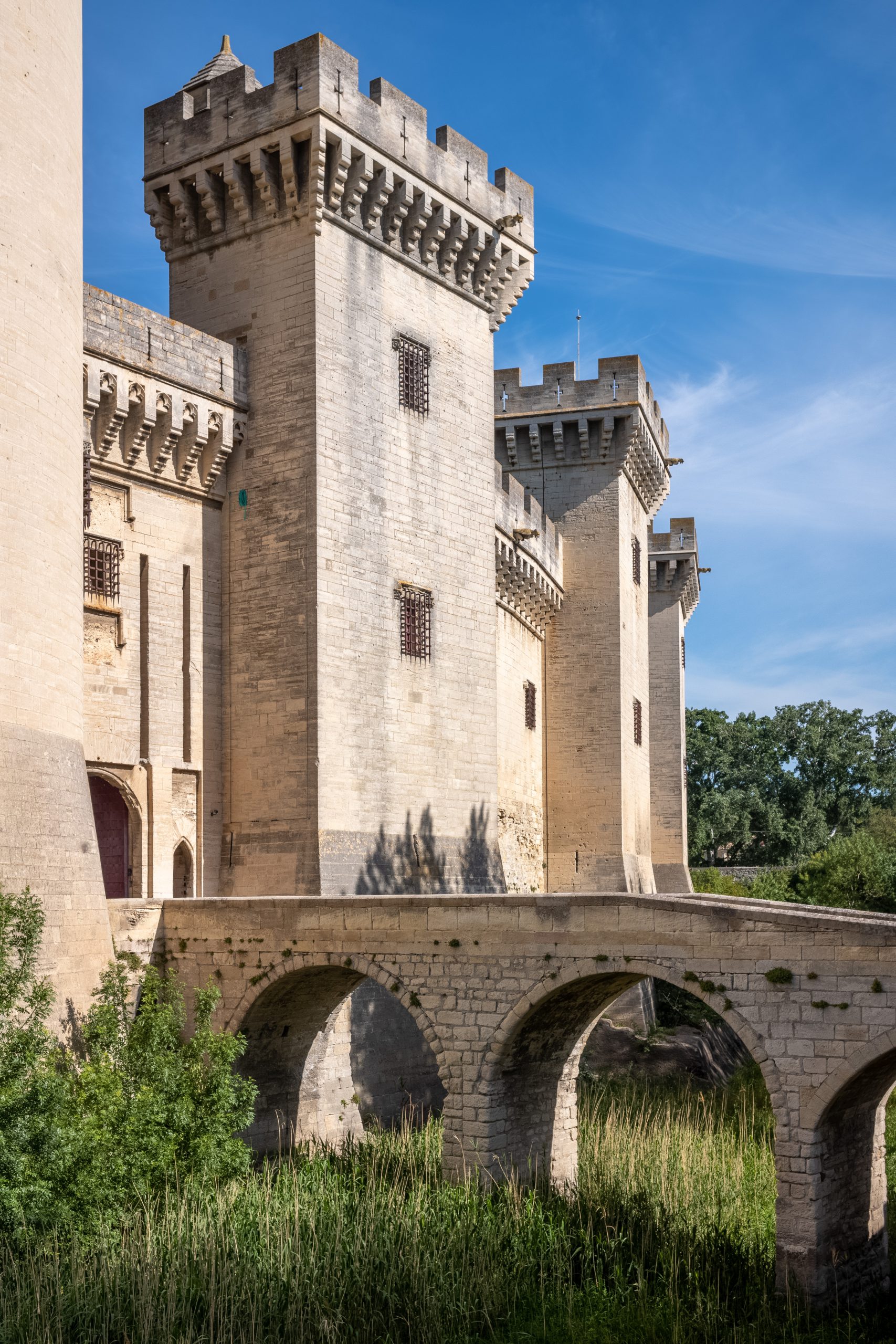
Walls establish or define a boundary. They establish a distinction between two spaces. They separate inside from outside. Walls can be for protection: to keep things out or to keep things in. The US-Mexico wall is to keep people out; the former Iron Curtain was to keep people in. Walls are [usually] man-made constructions, but…
-
Fences

Like their more substantial brethren (walls) fences define boundaries. They appear more porous because of their construction, but this can be misleading. Consider the electrified, barbed-wire fence. It is that they are less visible, yet equally substantial, that has me relate them to the more personal, intellectual, boundaries. As an intellectual construction, within our own…
-
Windows
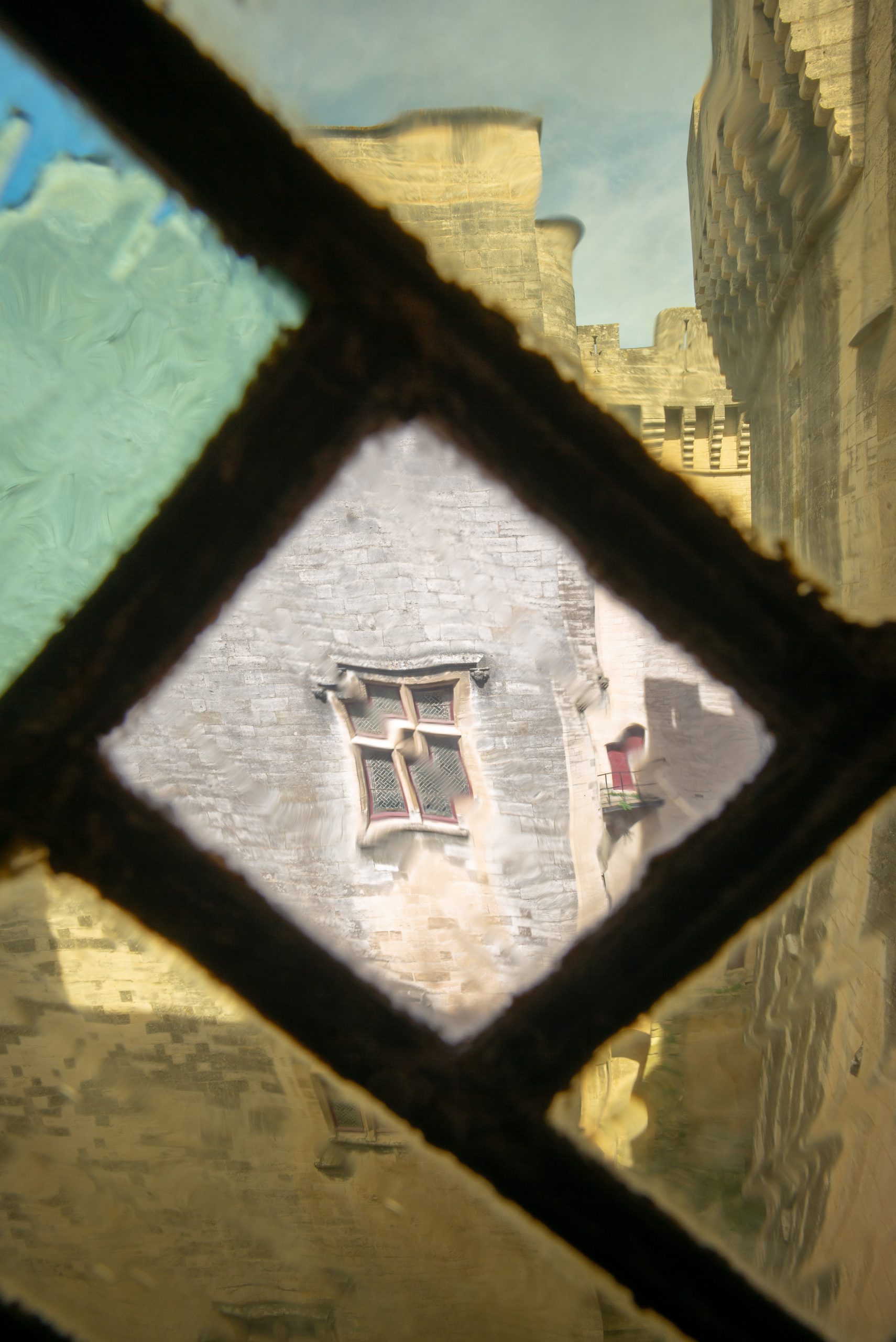
Windows are a way of seeing what is on the other side of the wall; looking out or looking in. But it is looking, watching, not touching. Windows offer limited porosity. Porosity suggests the movement of something, a communication, light, and in this case it might be some level of understanding developed on what we…
-
Doors
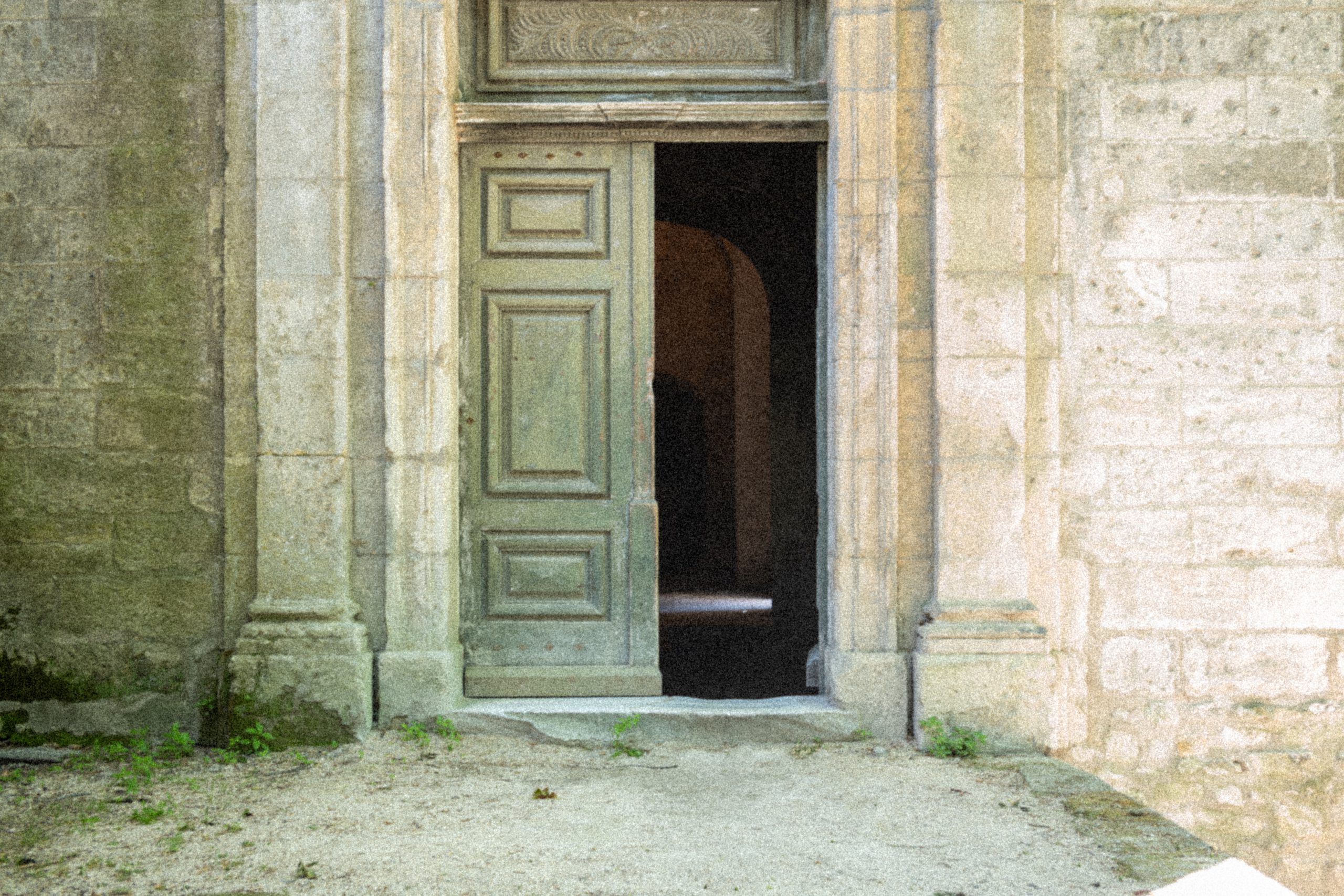
Doors are entrances into or exits from some a place. The Roman god Janus was the god of beginnings, gates, transitions, time, duality, doorways, passages, and endings, hence a connection with beginnings and endings. An open door represents a new opportunity, a beginning. On the other hand, a closed door represents an ending. Unlike windows,…
-
Stairs
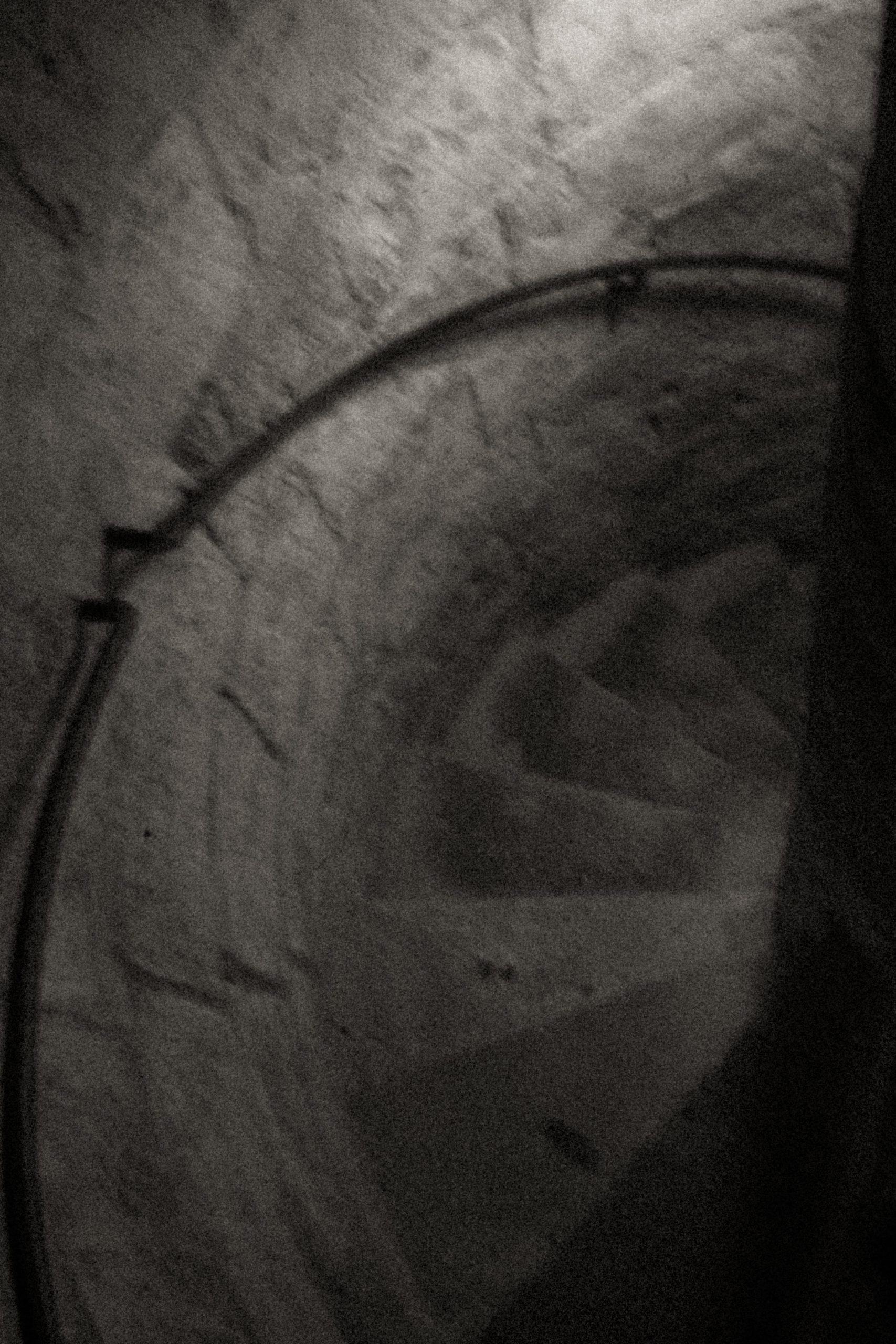
Like doors, staircases suggest a connection between two things, places, ideas, and a passageway, but they add to this the sense of a journey through a [liminal] space from one point to the other. Ascending implies a positive, hopeful, or purposeful journey, however, descending suggests the journey might be negative, confusing, or depressing. The style…
-
Remnants
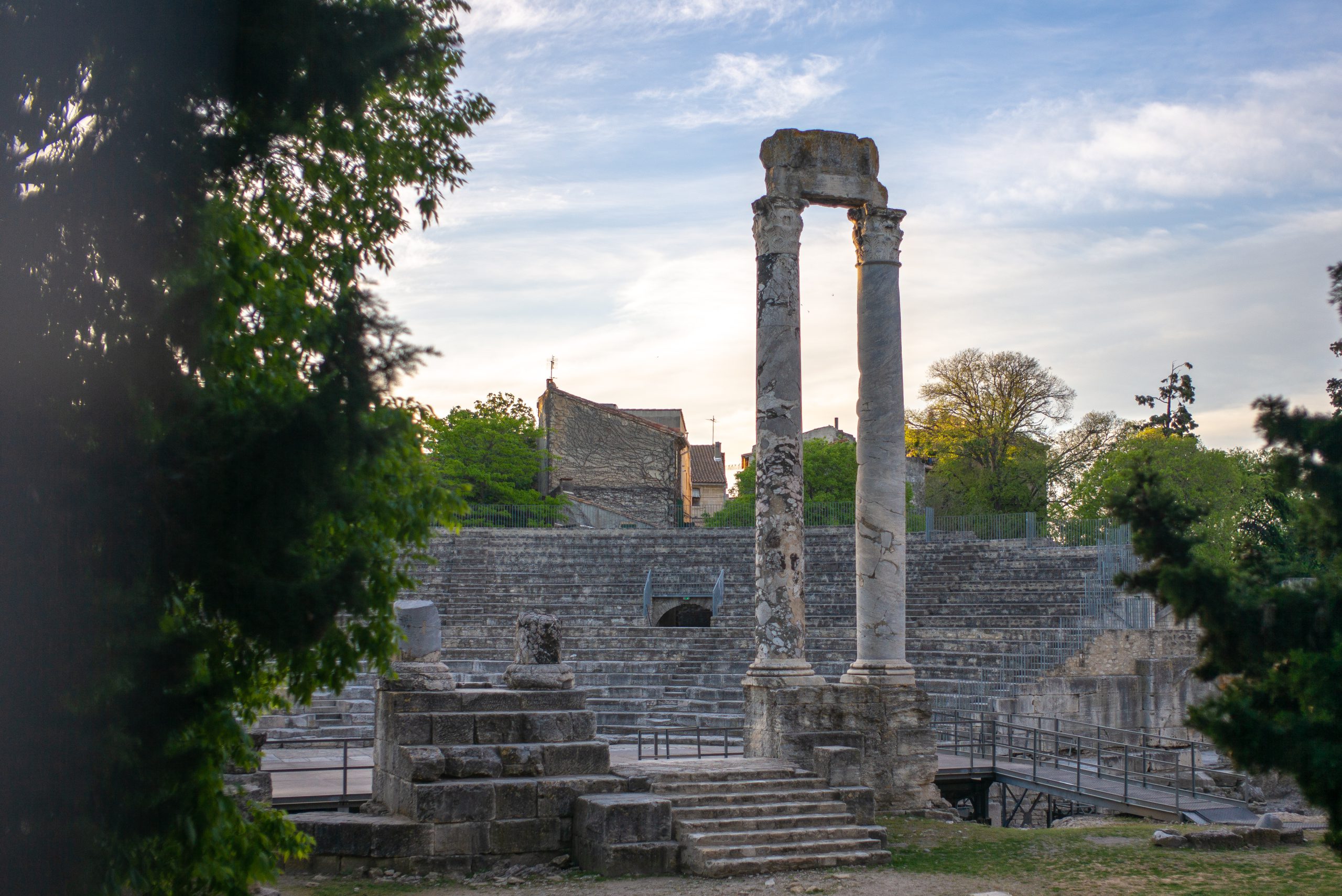
Physically, remnants are pieces of objects from the past. They are a part, not the whole, they are fragments of what once was. They bring together the past and present and in doing so they show how the past continues into the present. Intellectually, as a parallel with our culture, remnants represent our current norms…
-
The Angel of History

When I saw this figure I was reminded of Walter Benjamin’s Angel of History: A Klee painting named Angelus Novus shows an angel looking as though he is about to move away from something he is fixedly contemplating. His eyes are staring, his mouth is open, his wings are spread. This is how one pictures…
-
Shadows of the Past
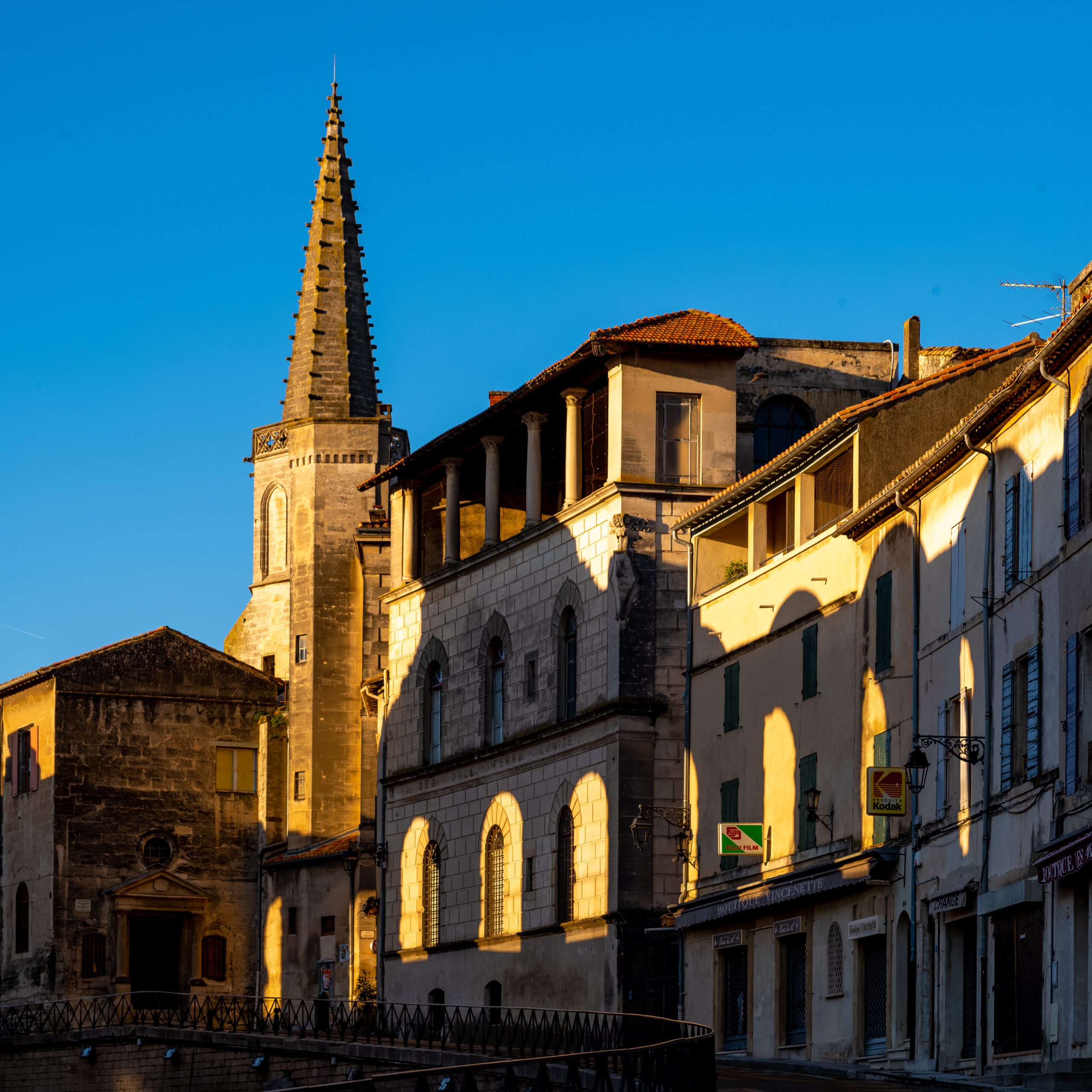
I was drawn to this image first by the shadow of the ancient Roman Amphitheatre projected on to the street front. The obvious symbolism of the shadow of the past came to mind, followed by the steeple of the church positioning Christianity in opposition to the paganism represented by the unseen Roman building, casting its…
-
Distortions in Time and Space

As noted earlier, I am interested in the shape and distortions of space. In this square, Place de la République, we see the convergence of multiple times and histories: the old Roman obelisk, mounted on a 19C pedestal hosting the bronze reliefs of Hercules, in the French town square dating from between medieval times to…
-
Layers of History
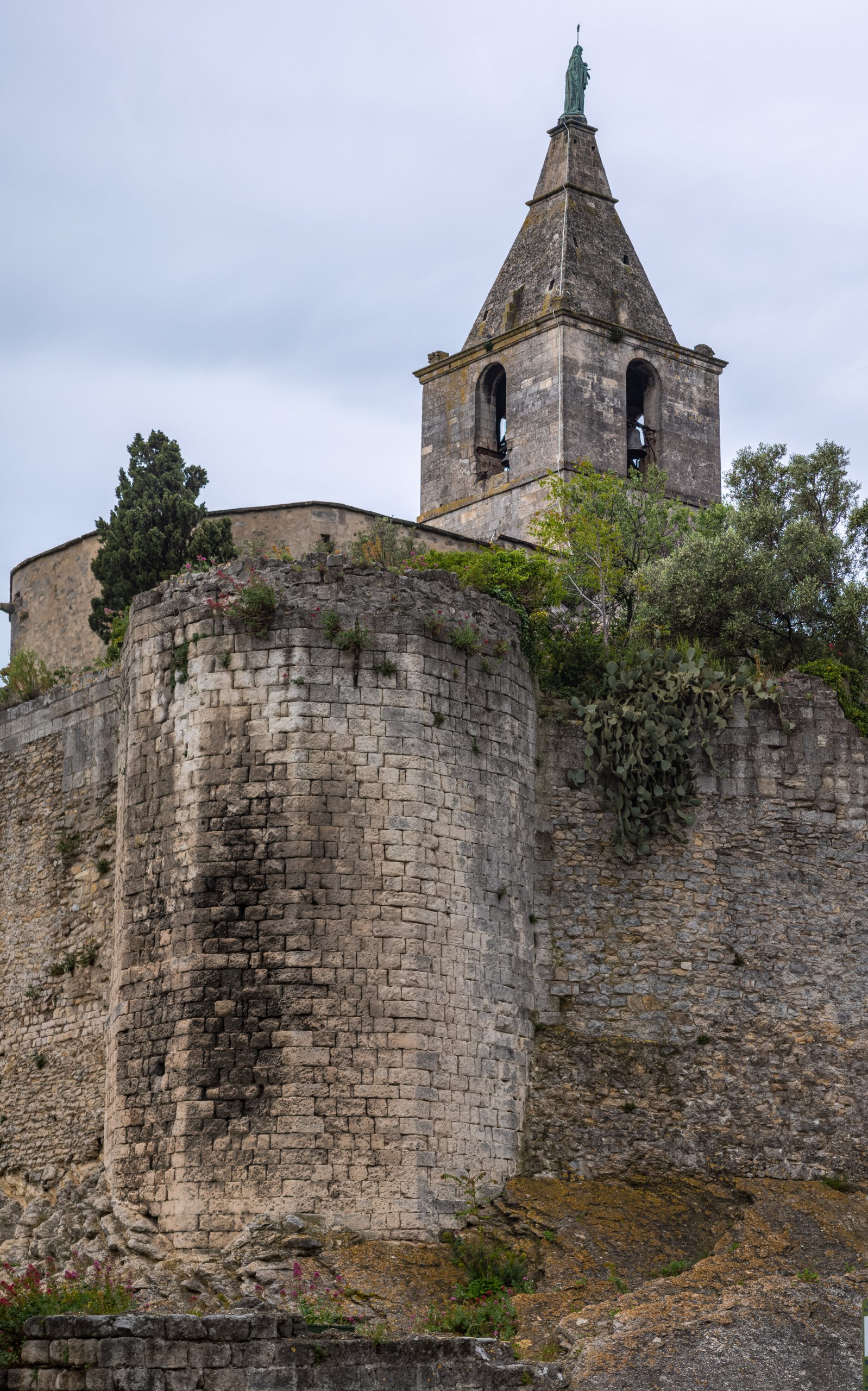
As with the previous post, this scene is interesting to me because in one image we can see nearly 2000 years of history, layered from bottom to top, situated on rock that has prevailed from the times before human existence. The city wall contains a record of Roman and later Medieval additions and maintenance. On…
-
Glimpses

In this image I wanted to broach the subject of the ephemerality of tourism. I equated the shortness (of ephemera) with blur and the idea of a glimpse. To do this, I composed the photograph to blur the tourists, while offering a glimpse of the interior of the church. Recalling my own travel experience, glimpses…
-
Hubris
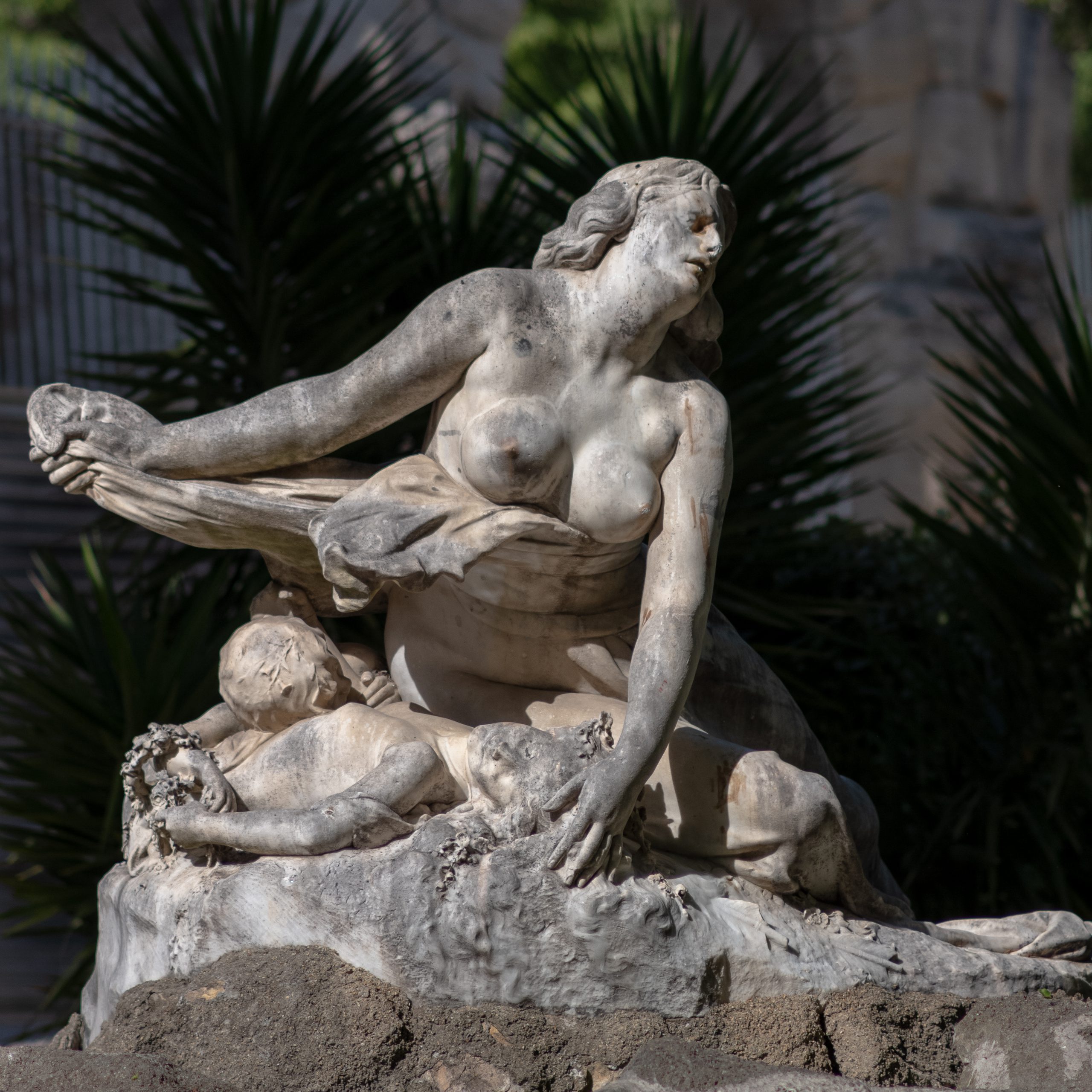
There are times when no matter how much you try to bridge the gap, understanding is inaccessible. Niobe’s story is about the sin of hubris. She is weeping the murder of her 7 sons and 7 daughters (some say only 6 of each gender were slain) by Artemis and Apollo. It is a mystery to…
-
In-between Places
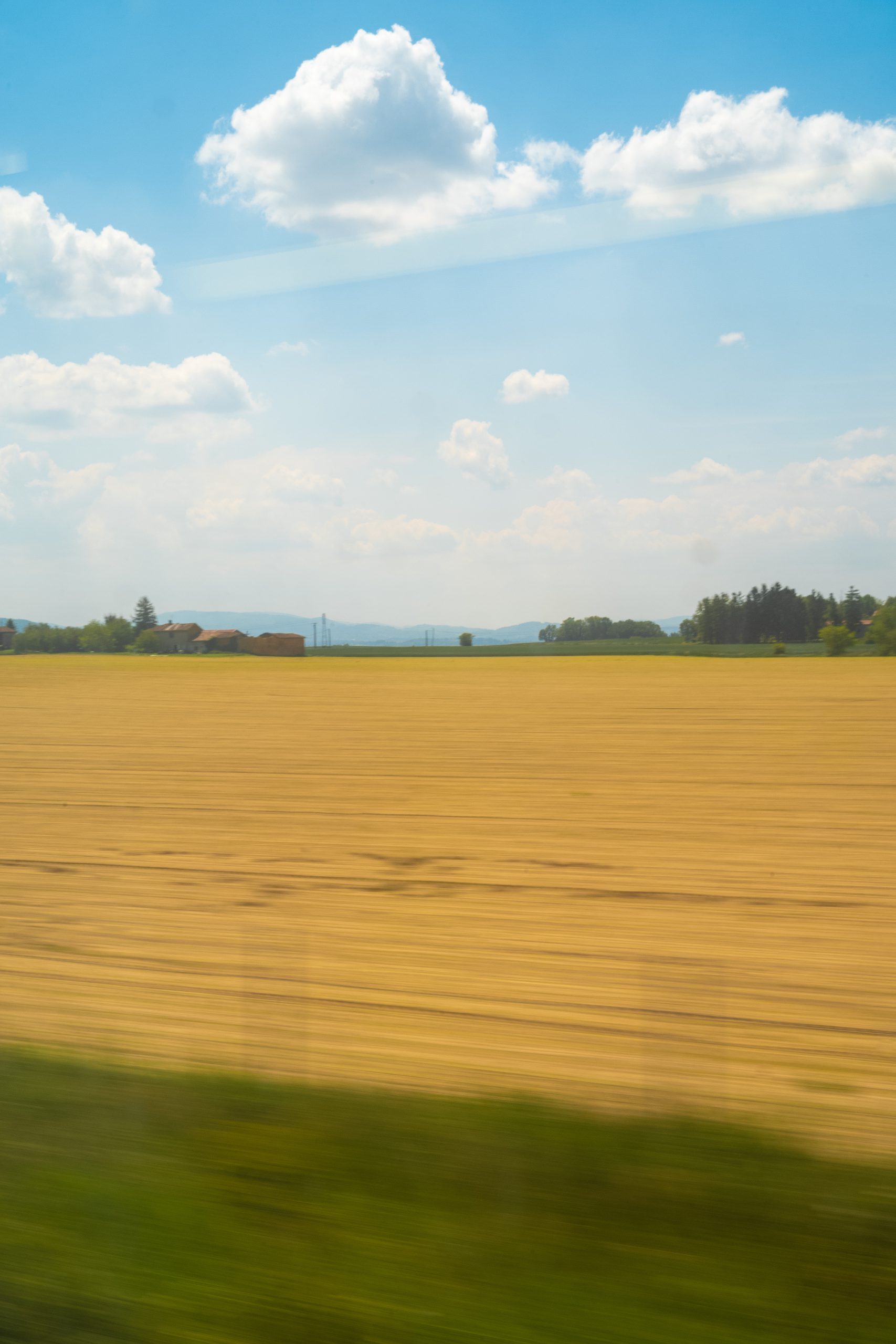
Between here and there lie many miles of space. In his book Time-Space Compression: Historical Geographies, American author and professor Barney Warf notes that between 1500AD and 1970AD the speed of travel increased from about 10 mph in a boat to 600 mph in a passenger jet or in his words “the world became 60…
-
The Performance of Authenticity
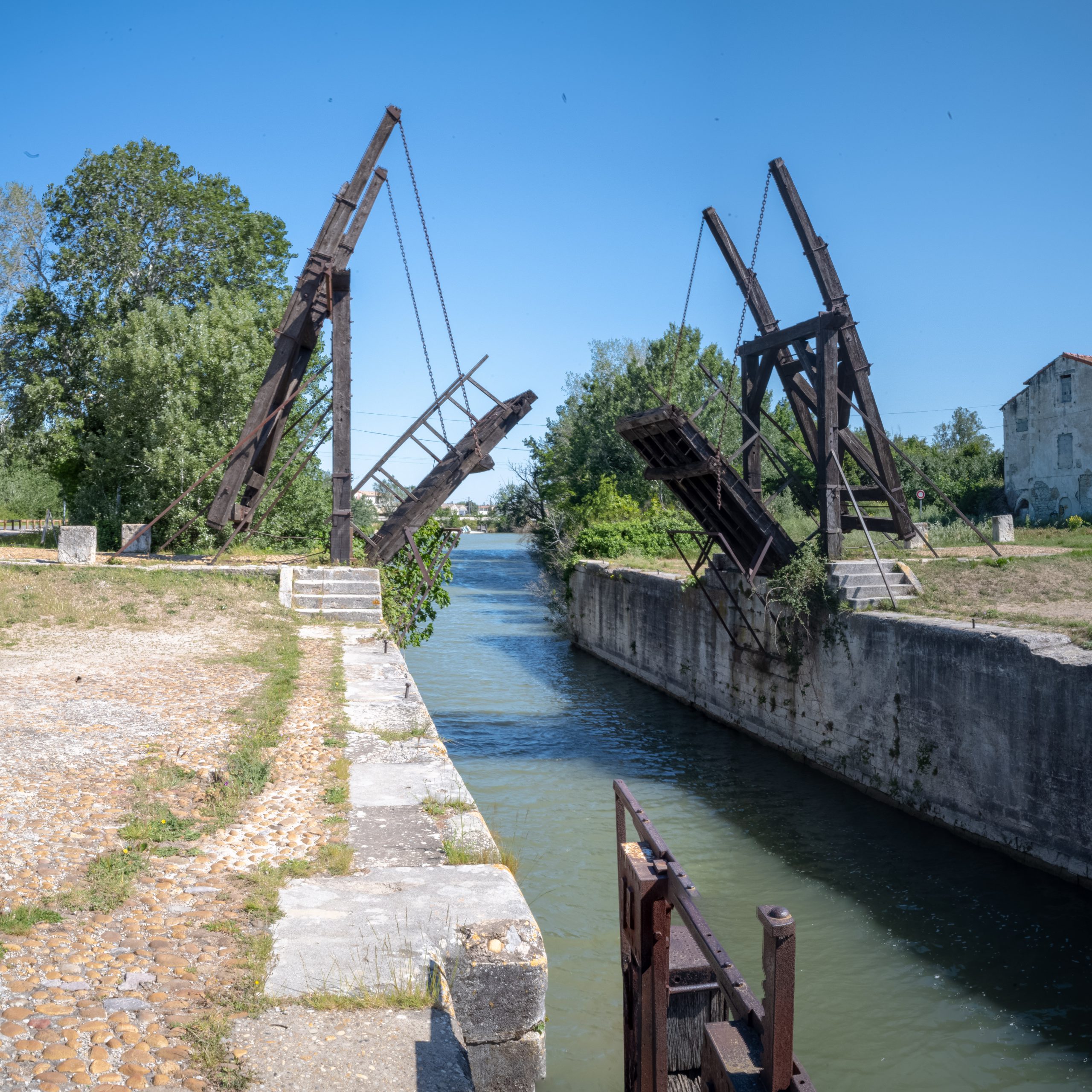
The Pont Langlois is a painting of a draw bridge made by van Gogh in 1888. In the 1930s the actual bridge was replaced, and the replacement was subsequently destroyed during the war. Originally there were several bridges that crossed the canal at various points, but only the Fos Bridge survived the second war. While…
-
Commodification
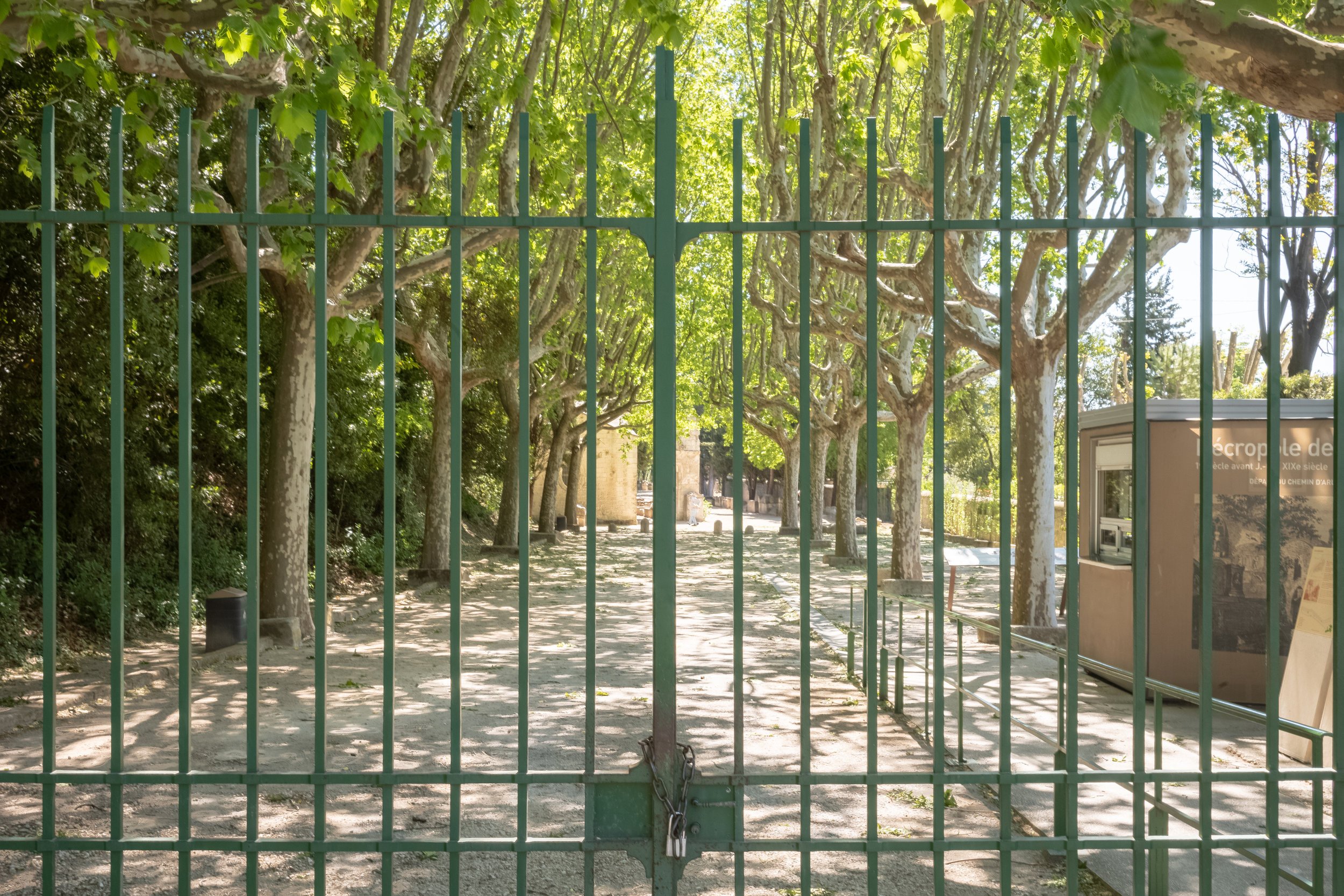
A central argument in favour of tourism is that it generates income and create jobs. The exchange of money for access. By selling access to a site, it becomes a commodity. The beauty of tourism is that almost anything can be commodified, and thus any locale has the chance to become a tourist site. One…
-
Inheritance
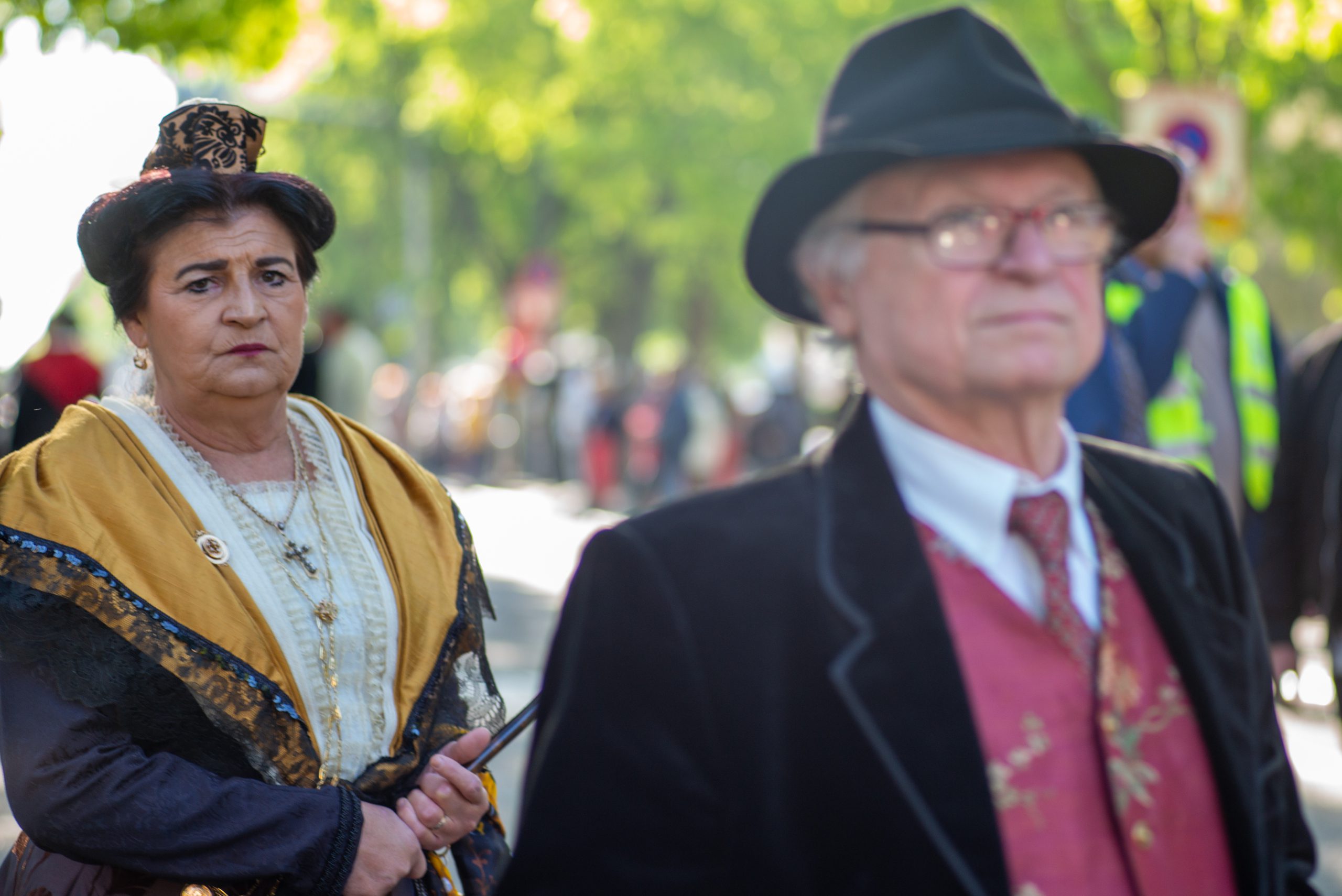
Among the things we inherit is culture; those norms given to us by our parents, grandparents and community. Those norms we rebel against in our teens. Those norms we return to later and pass on to our children and grandchildren. While many of the norms are localised, such as dress and food, there are many…
-
The Cultural Mosaic
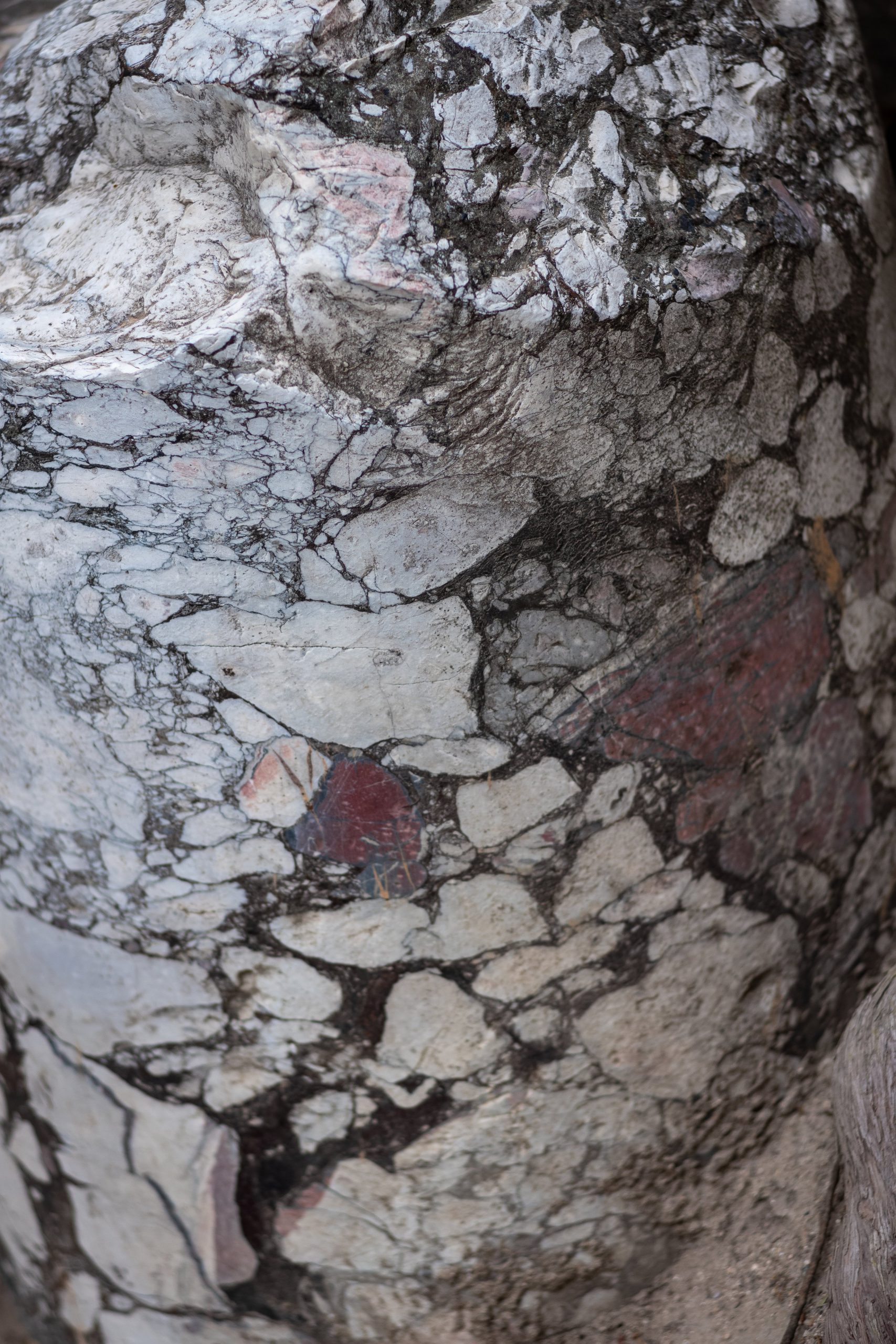
Today’s Arlesian culture reflects the learnings and norms accumulated over thousands of years. It combines those from waves of invaders, including the Ligurians, Celts, Phoenicians, Greeks, Romans, Visigoths, Saracens, and Franks. The process of transgenerational change has selected from this pallet those norms that work with the changing times. Like a marble roman column, a…
-
Hercules
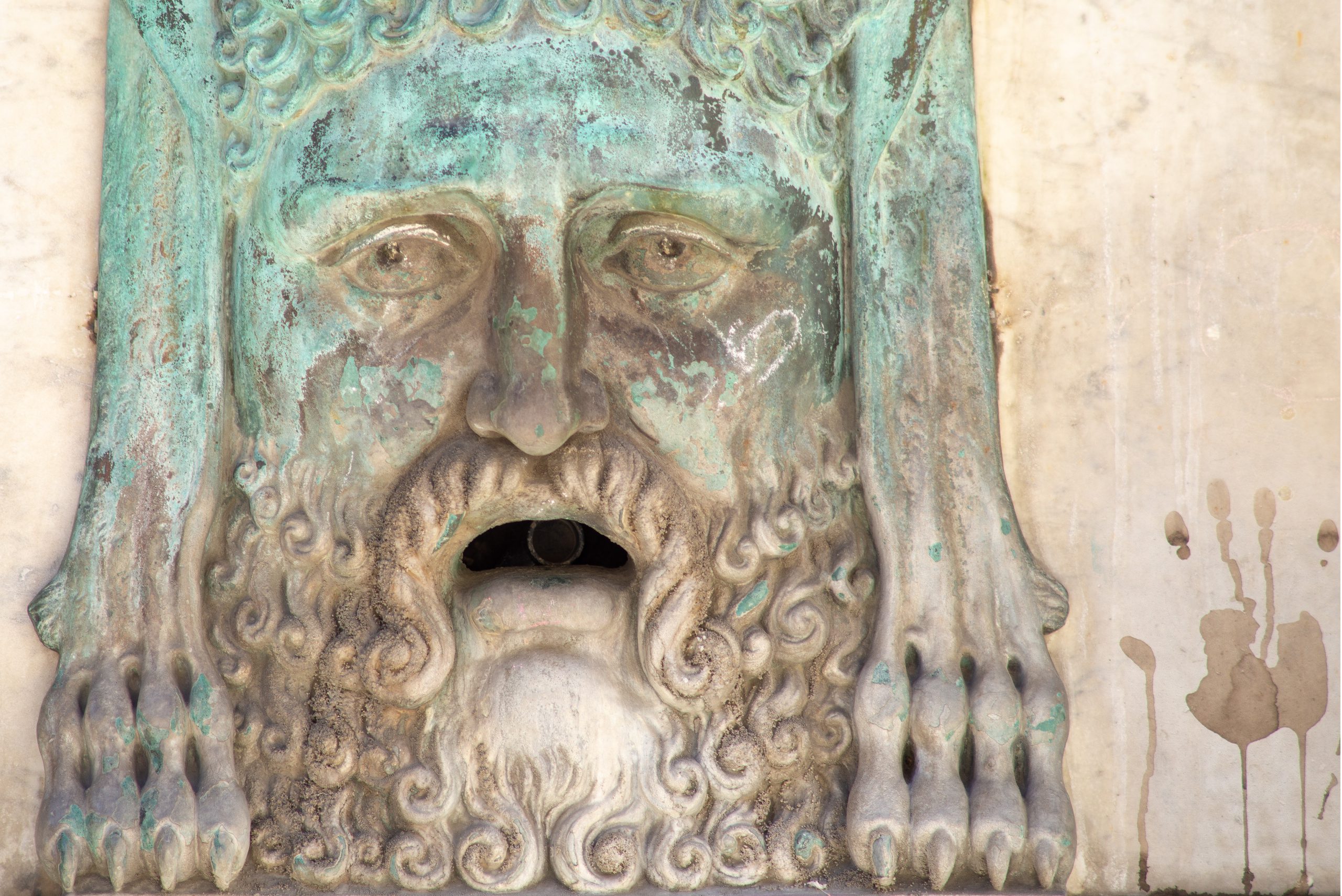
He looks distraught. The bleeding skeletal hand adds a sense of desperation; barely hanging on. All the documentation names this relief as Hercules, but I can’t help but think of him as Heracles. It might be the bronze construction. Yet, rationally, it is located on the base that supports a Roman Obelisk.
-
Rooted in the past
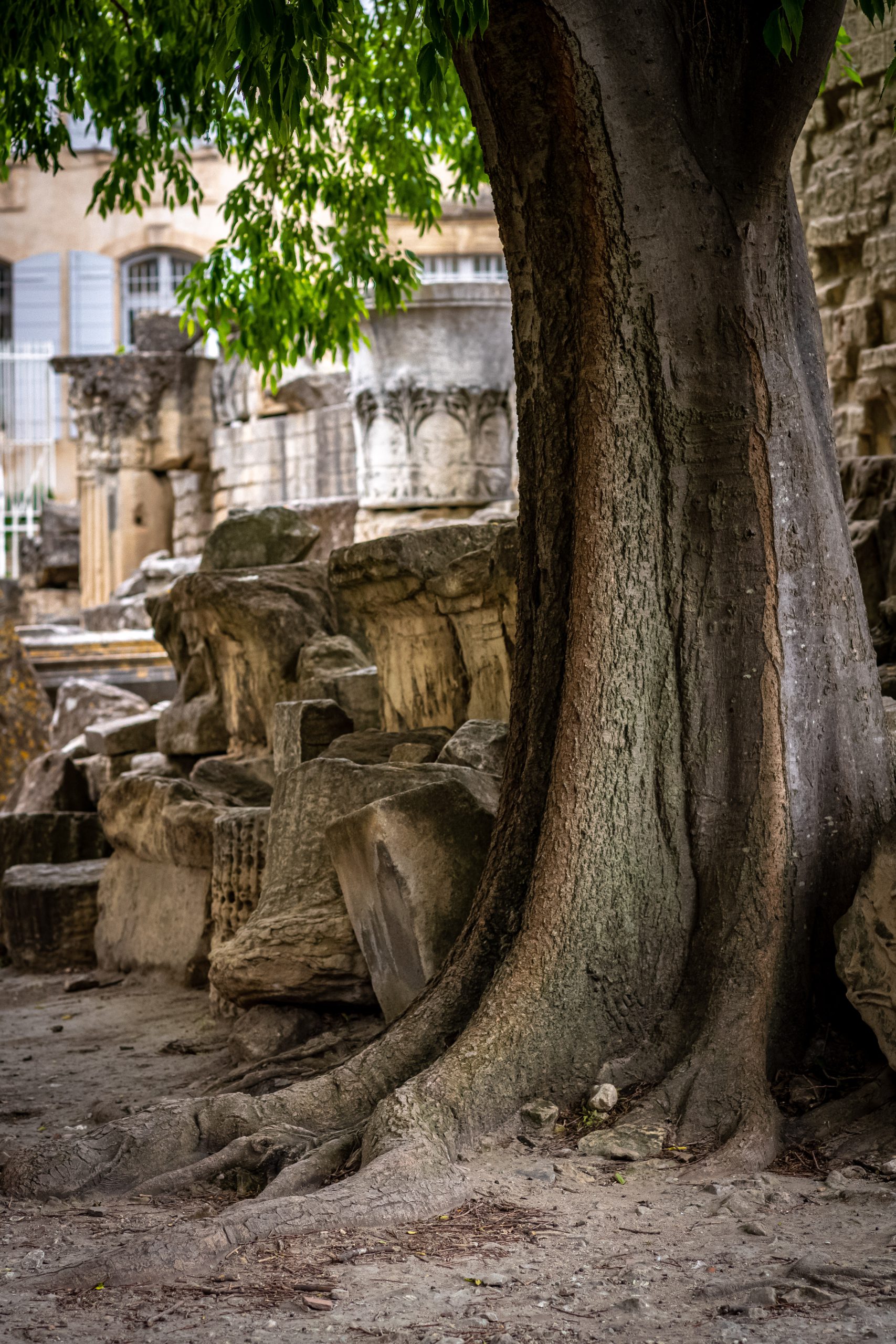
I find this image recursive. A tree, located in what was once the back-stage area of the Roman Theatre, among the remnants of roman columns whose design is based on that of a tree.
-
Face of the Past
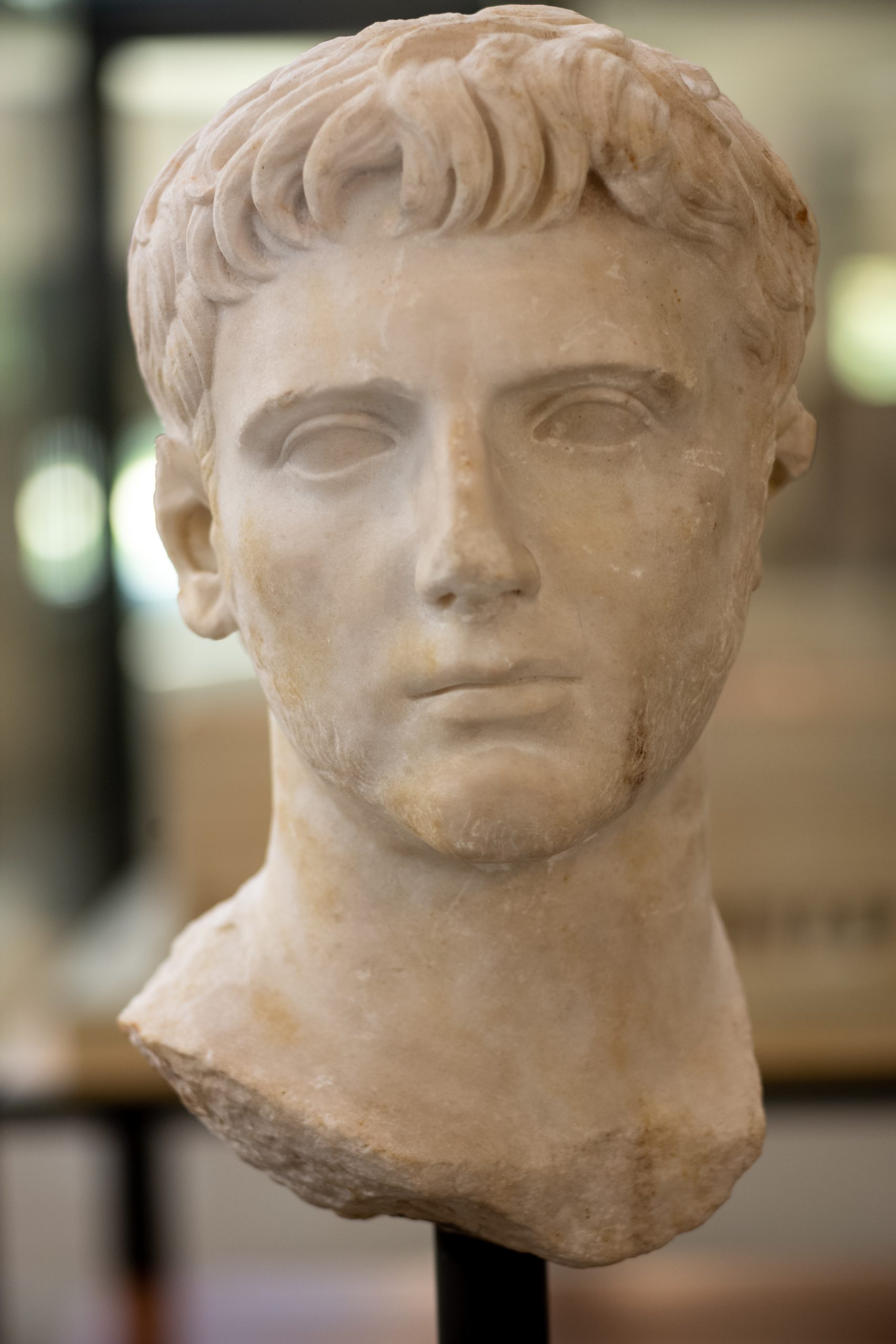
The monuments we visit provide us with a contextual sense of where people lived and may be what they did: pray, perform, watch, etc. But when looking at the bust of an individual, a more personal sense is communicated.
-
Beliefs
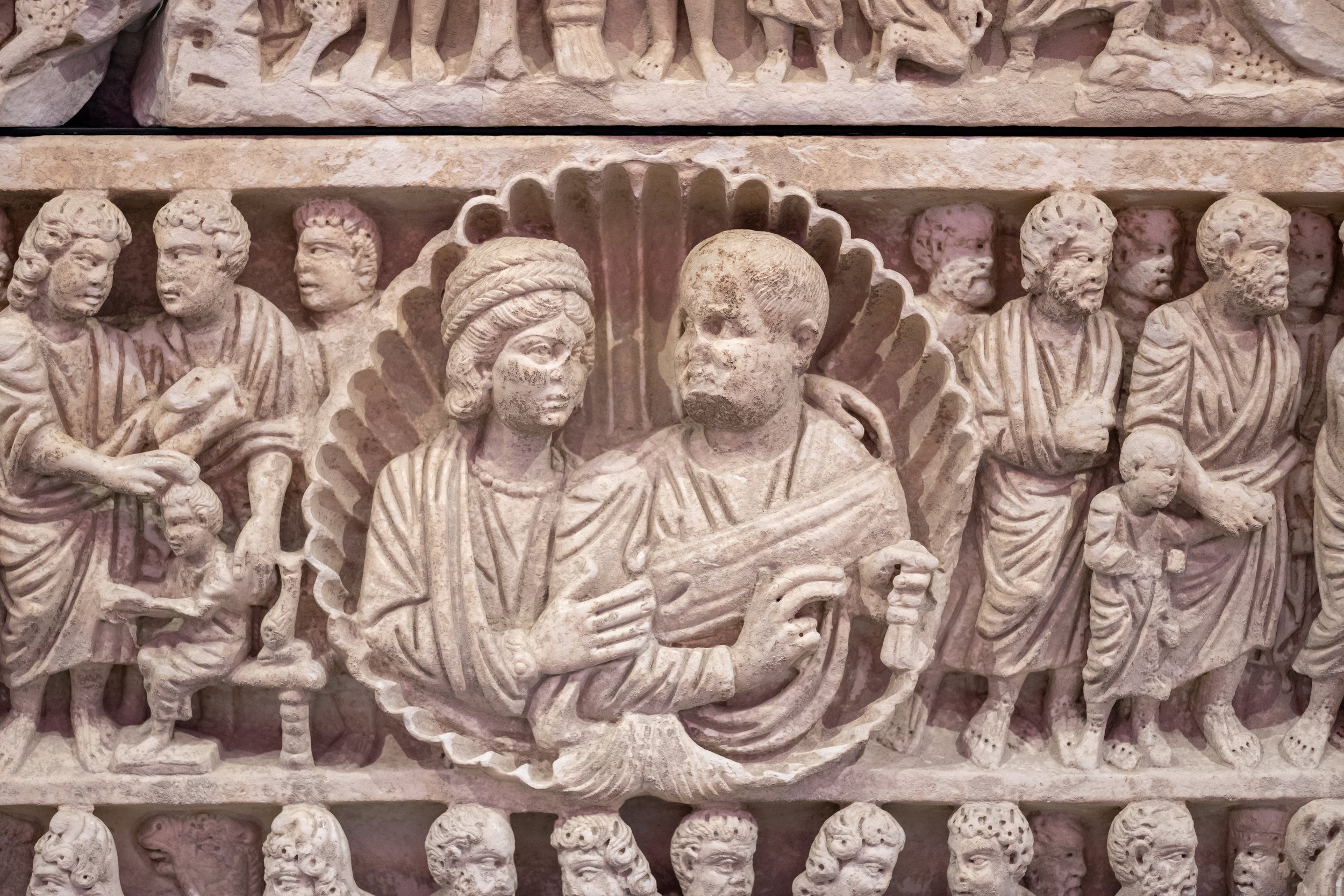
Walking through the empty shell of a once-magnificent building — a Roman temple, an amphitheatre, etc. — the sense of what people did there lies in the distance. It is hard to connect to their emotional state, their beliefs and thoughts can only be imagined. This sarcophagus, however, gave a face to those things. The…
-
14 Rue de la Calade
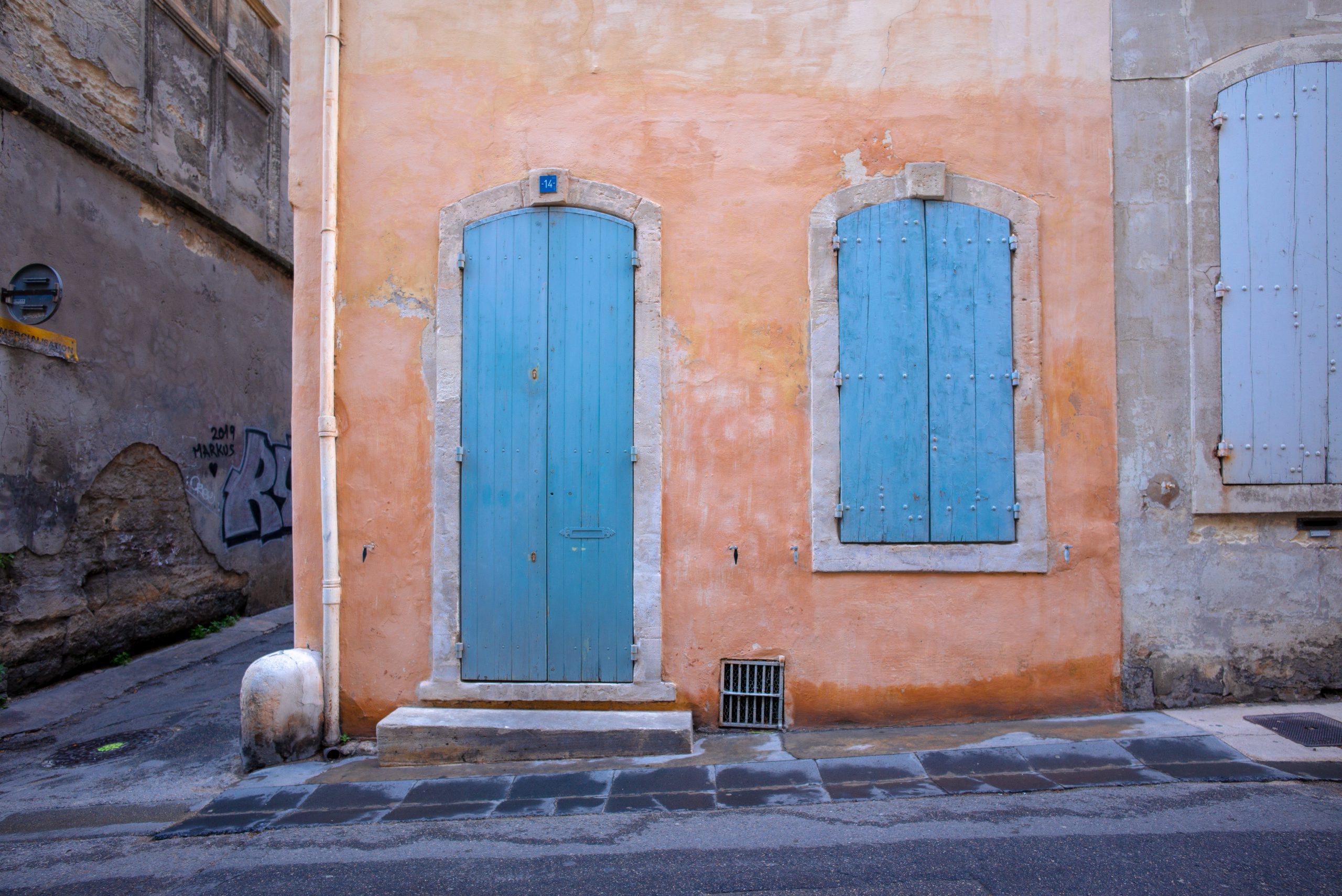
The image of a house with a shuttered door and window presents an overwhelming sense of “closed”, yet I find the colour scheme is appealing and there in lies a contradition.
-
Shapes
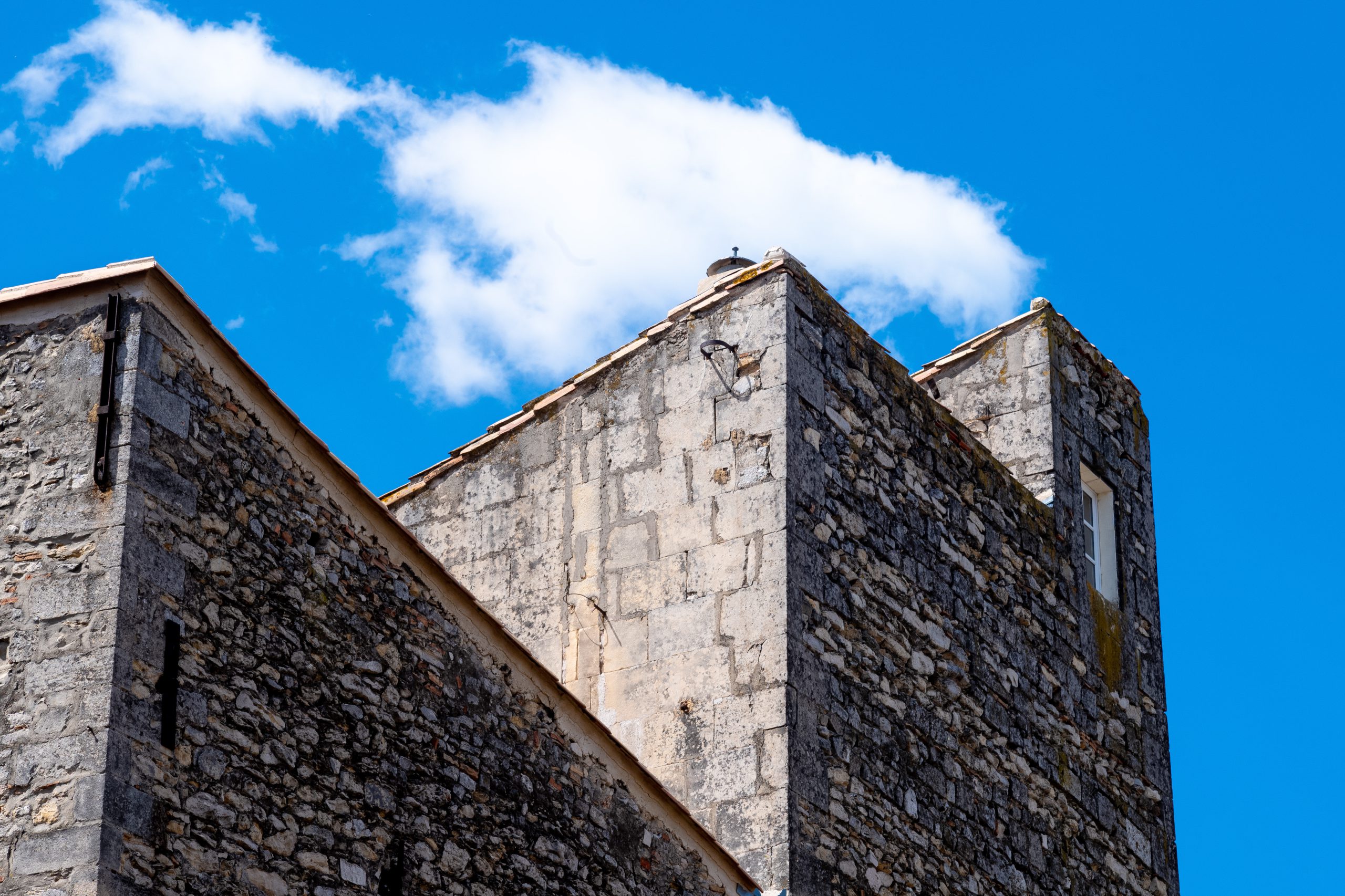
This image reminded me of something Franco Fontana might make, although I accept there might be too much texture in the wall face.
-
Street Lights

I’m sure it can be successfully argued that the world doesn’t need another picture of a street light. Yet, there it was and up came the urge to photograph it. In my theory of photographic process, when starting a new project or arriving at a new place, it is usually necessary to take as many…
-
Gardens
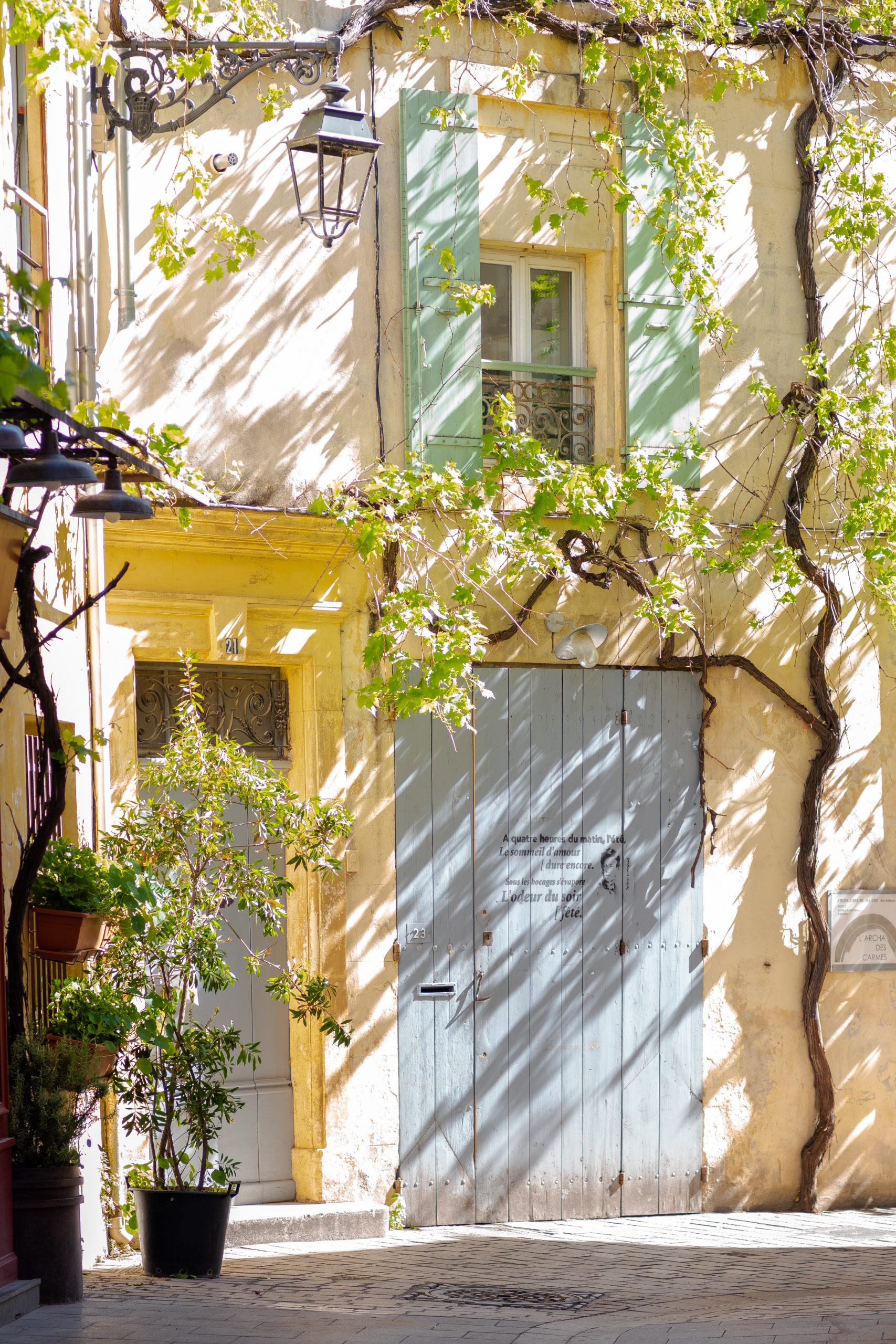
For the urbanite our distance from nature seems to continually grow. The replacement of green-spaces with buildings, the automobile that separates us from the air and weather around us, the use of light bulbs to decouple us from the rhythms of the sun and moon. The balance is shifting away from the real towards the…
-
Balcony
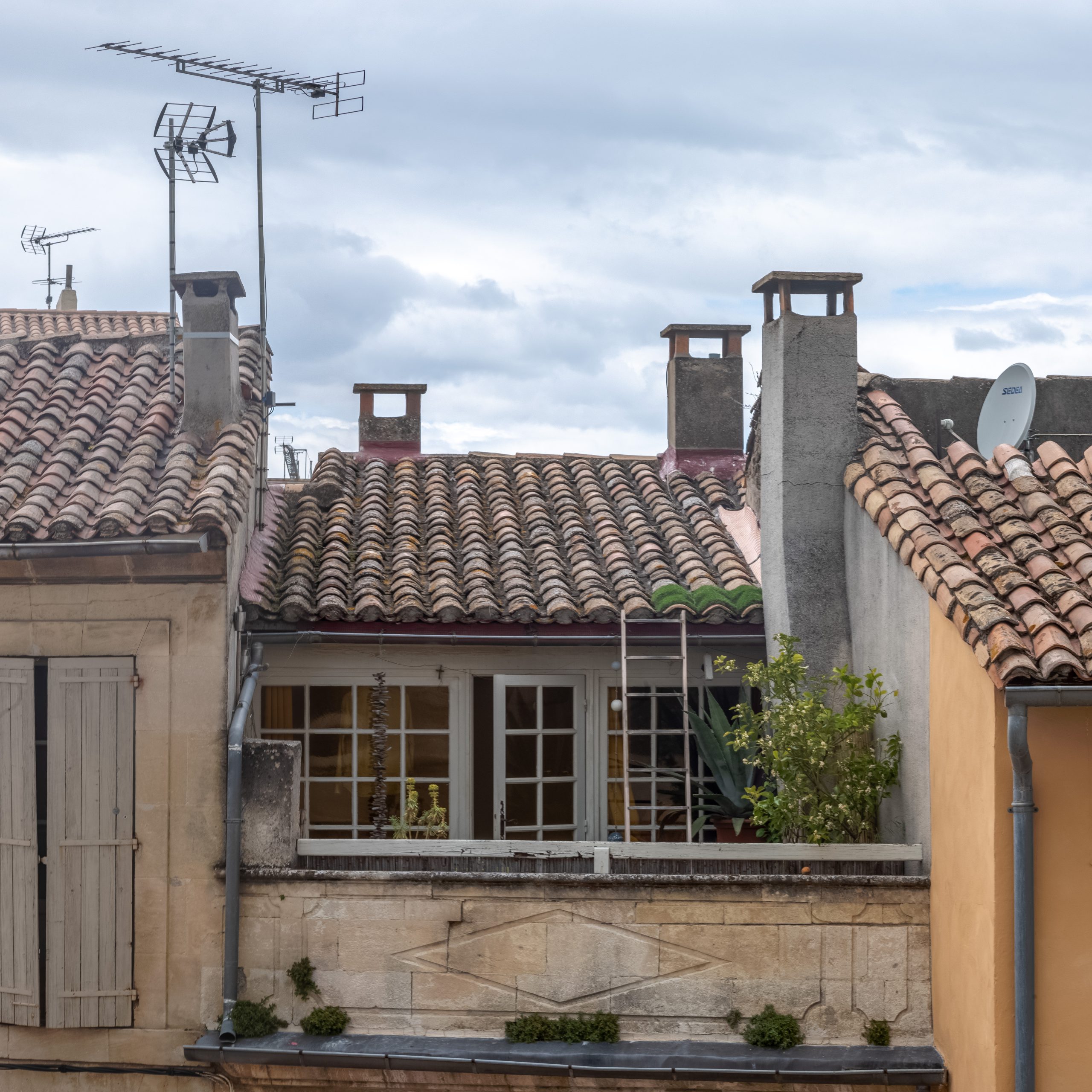
An intersection of both the natural and artificial, and the old and new. The potted plants attest to our connection with nature; those plants growing in the cracks in the wall or on the tiles of the roof attest to the resilience and persistence of nature. The aerials and satellite dish describe a progression of…
-
Our Lens
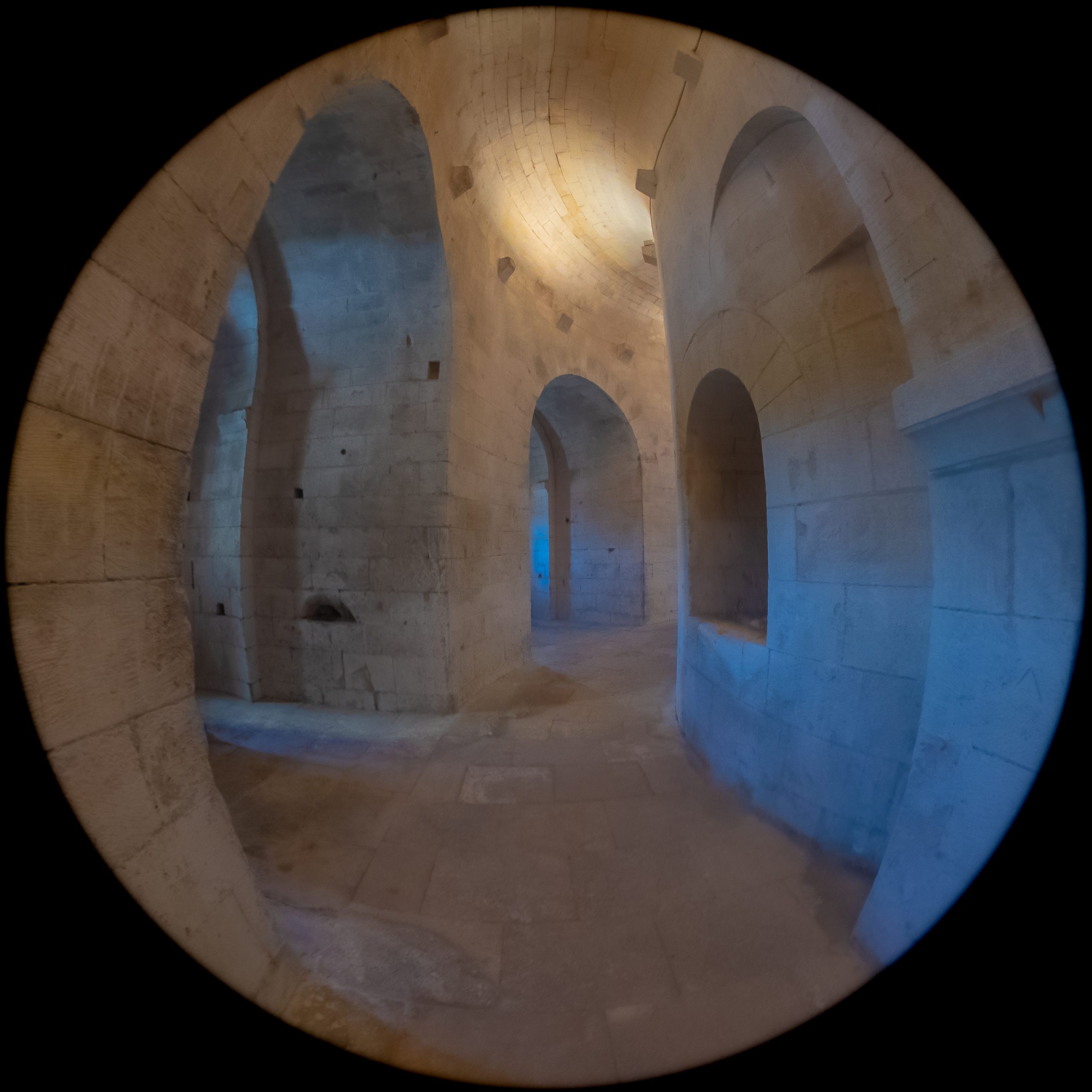
-
Worn Stairs
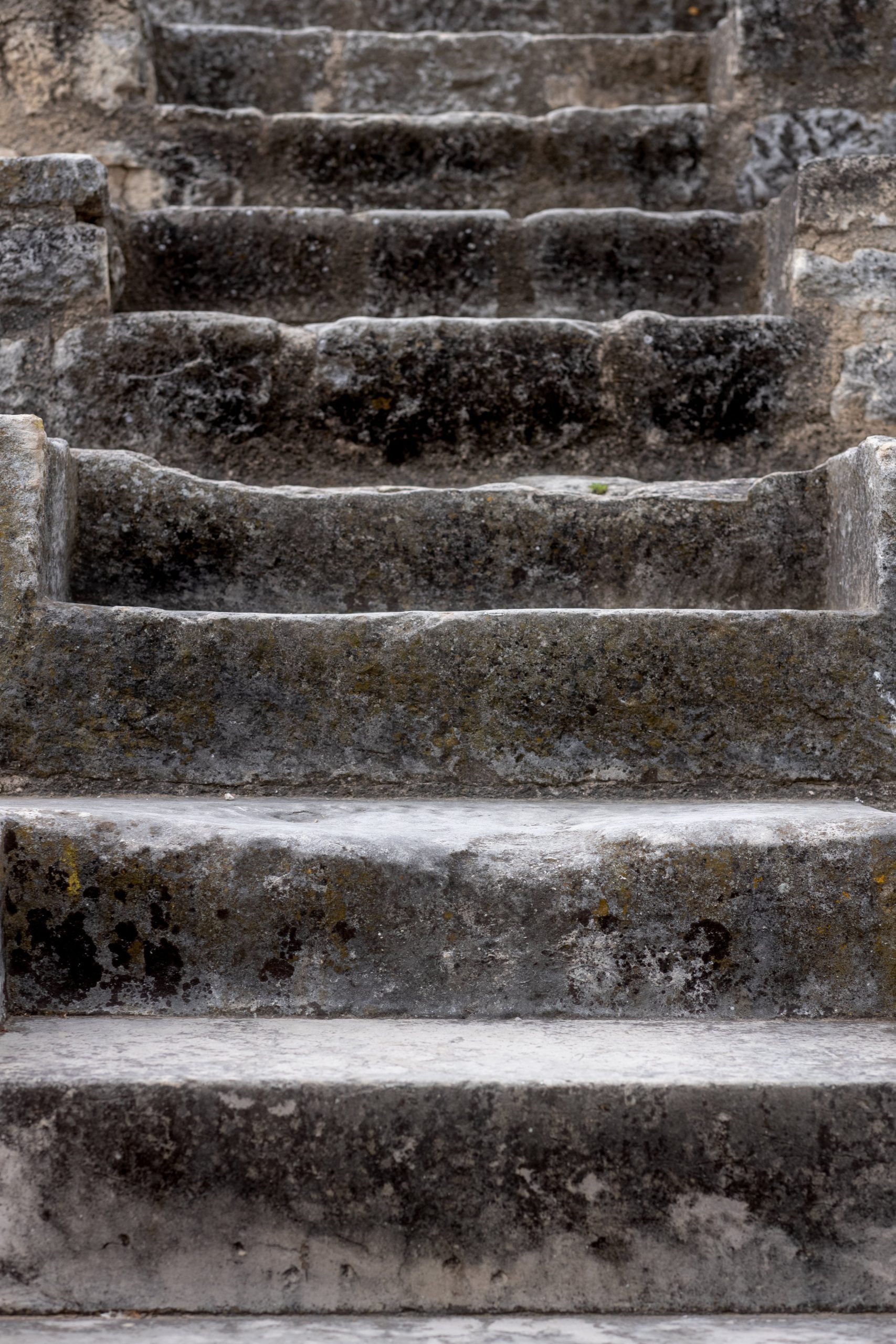
How many people climbed those stairs over the last two thousand years? What were they there for? What did they see? What was their mood?
-
Levee

Levee along Rhône, Arles, France. Near where van Gogh painted “Starry Night”.
-
Door

-
Palimpsest
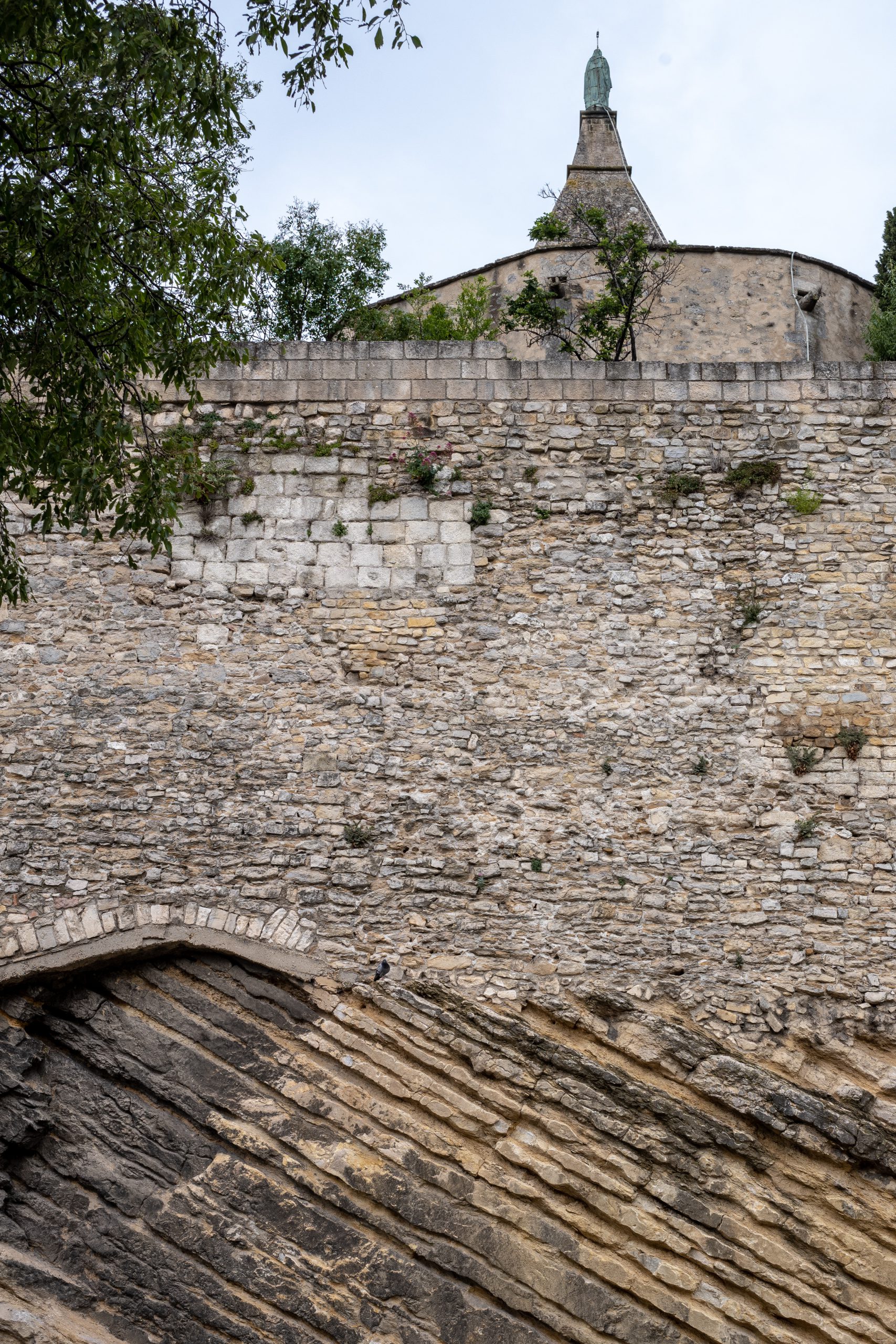
My interest in this shot was the combination of geological and human history captured in the different natural and man-made layers of rock.
-
Aphrodite

-
Woman
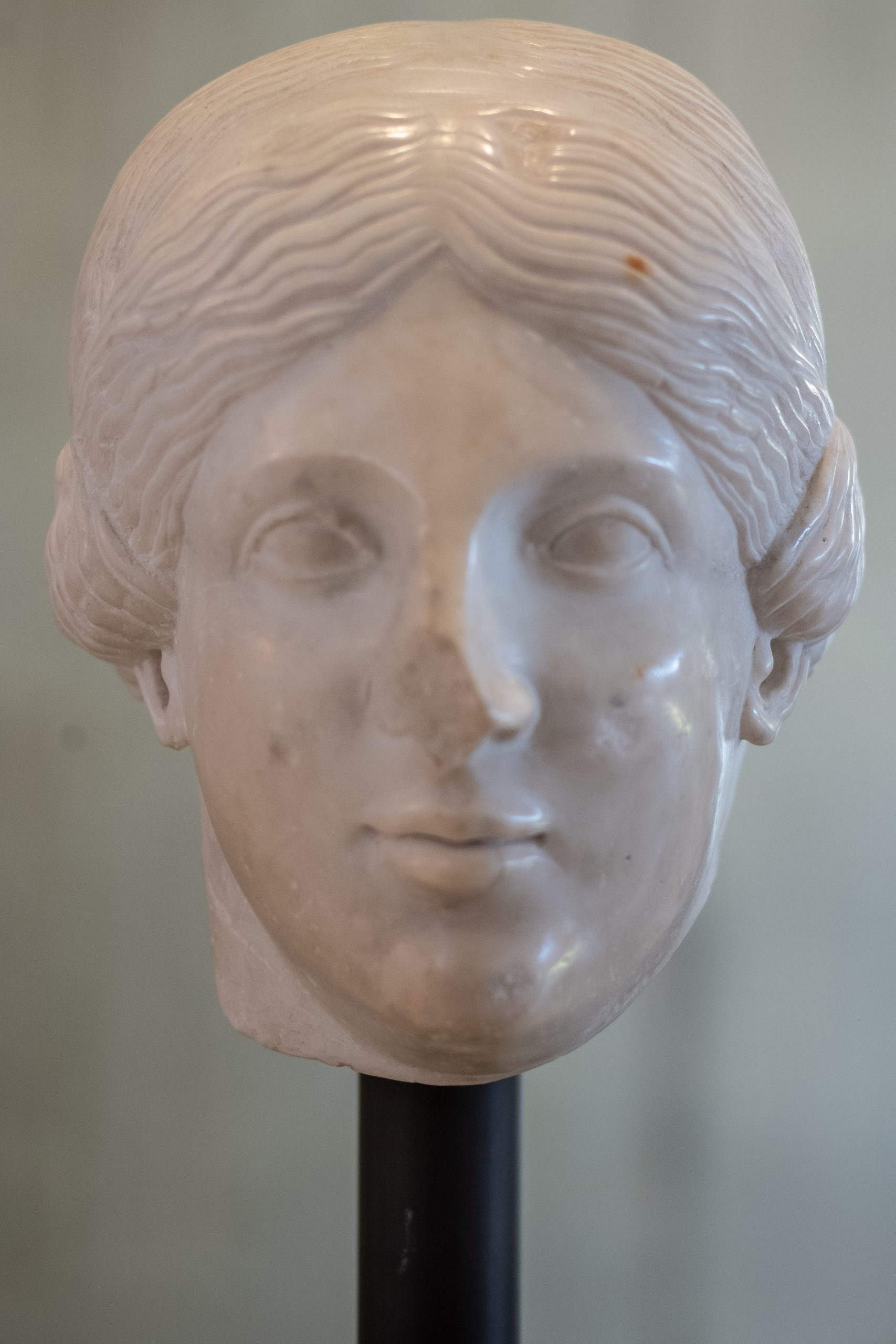
-
Man
It’s like a pixelated image, that suggests the past. It is interesting to me that the likeness of someone might survive, at random, for some two thousand years.
-
Young Man
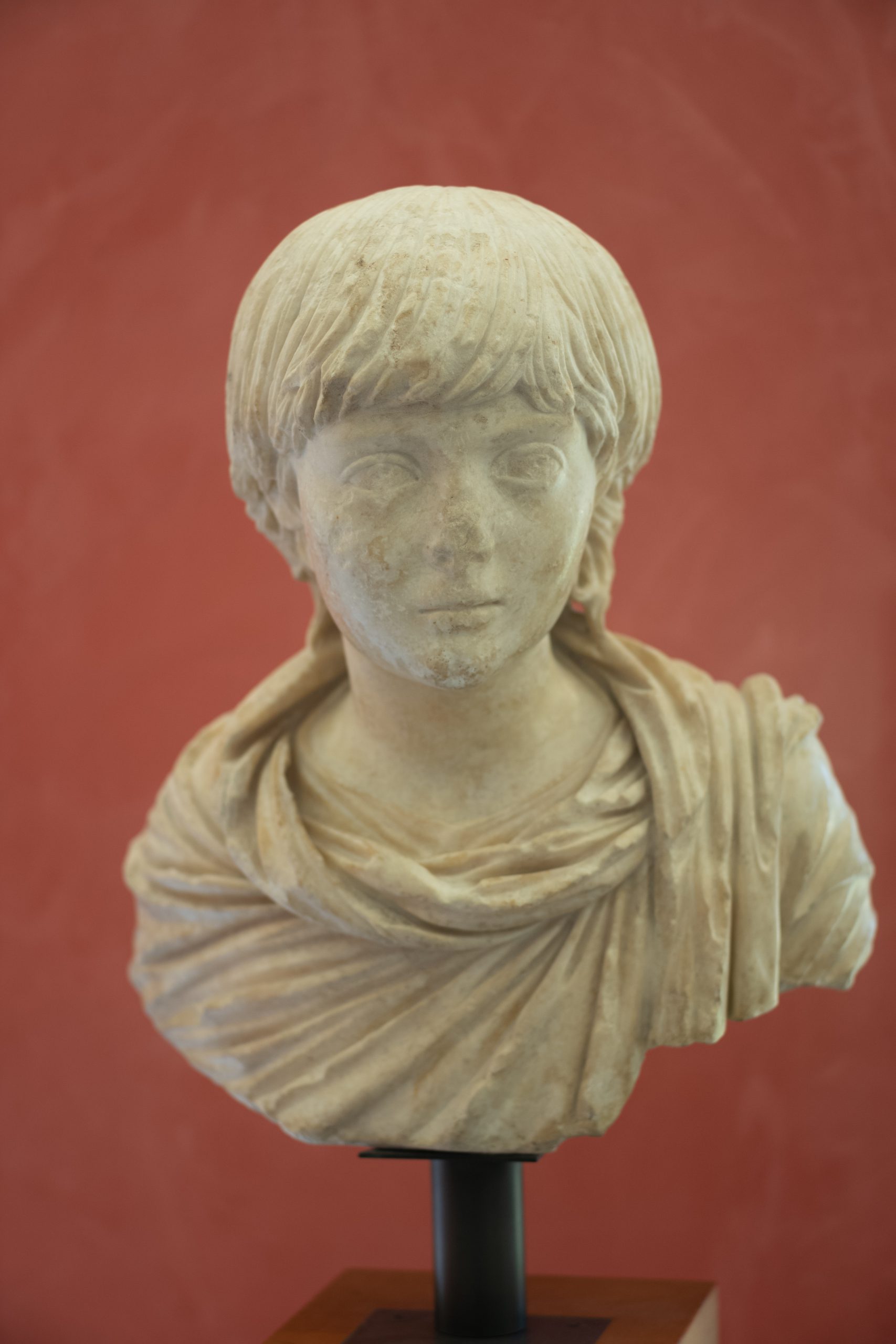
-
Hadrian
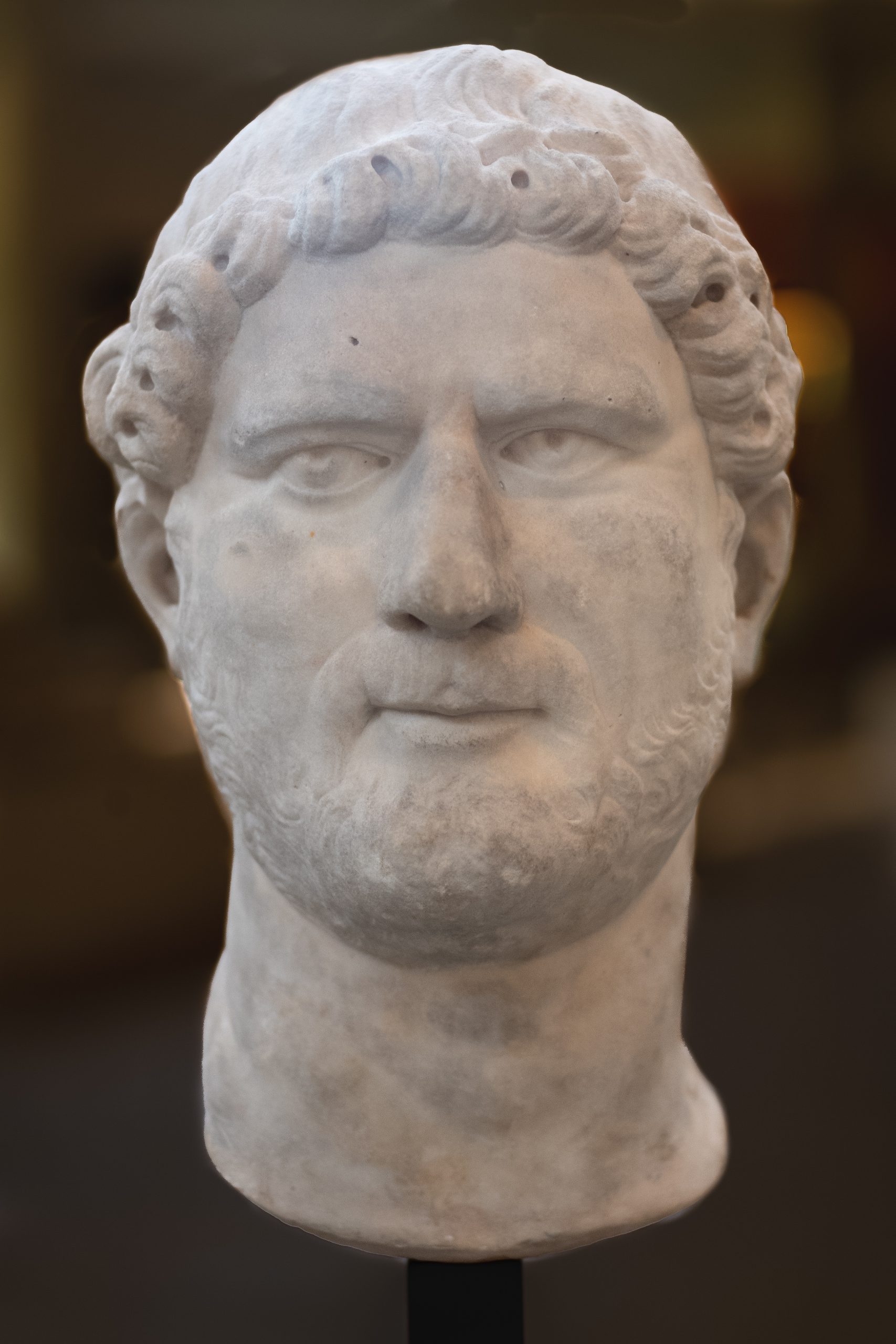
-
Julius Caesar
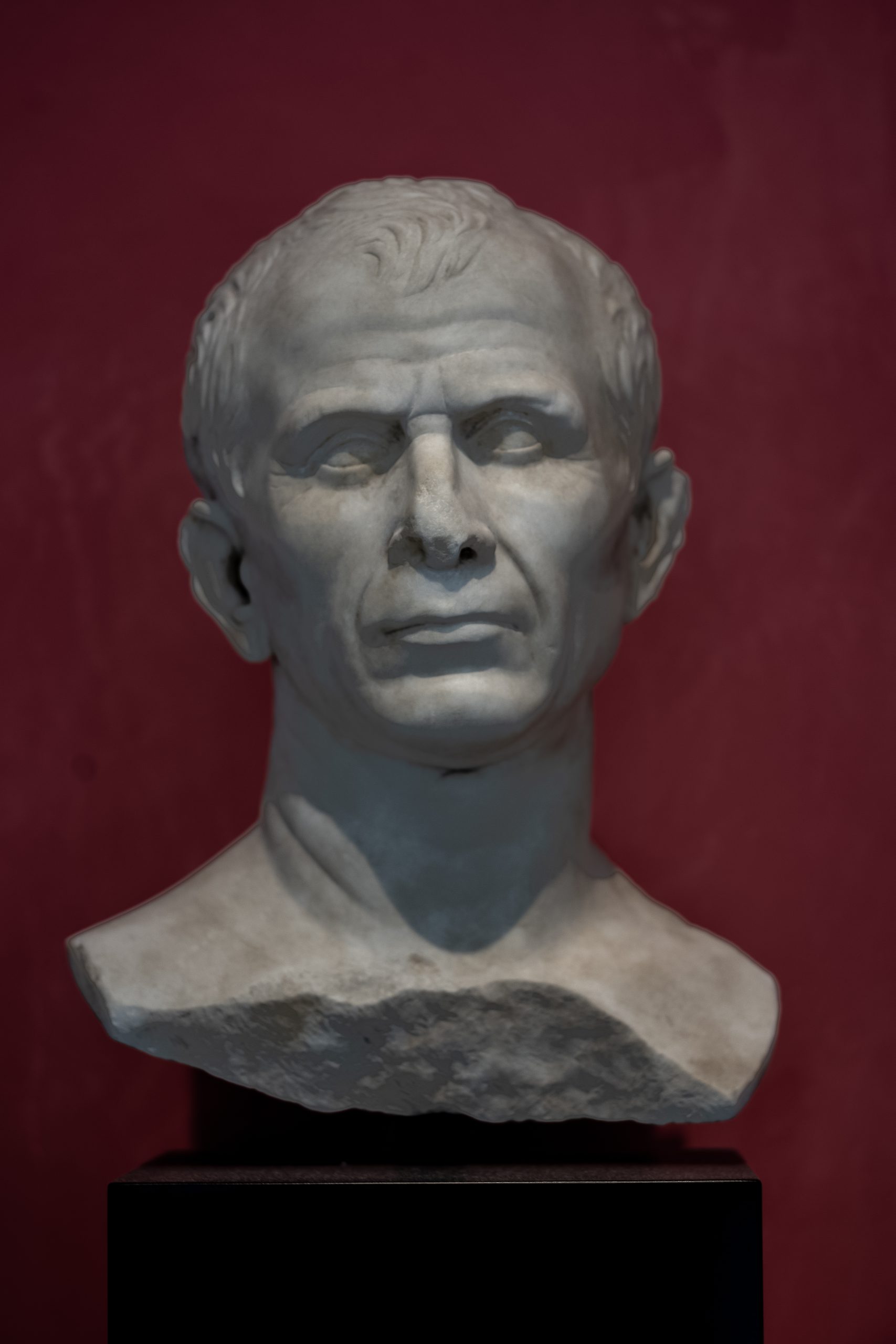
-
Tree #1
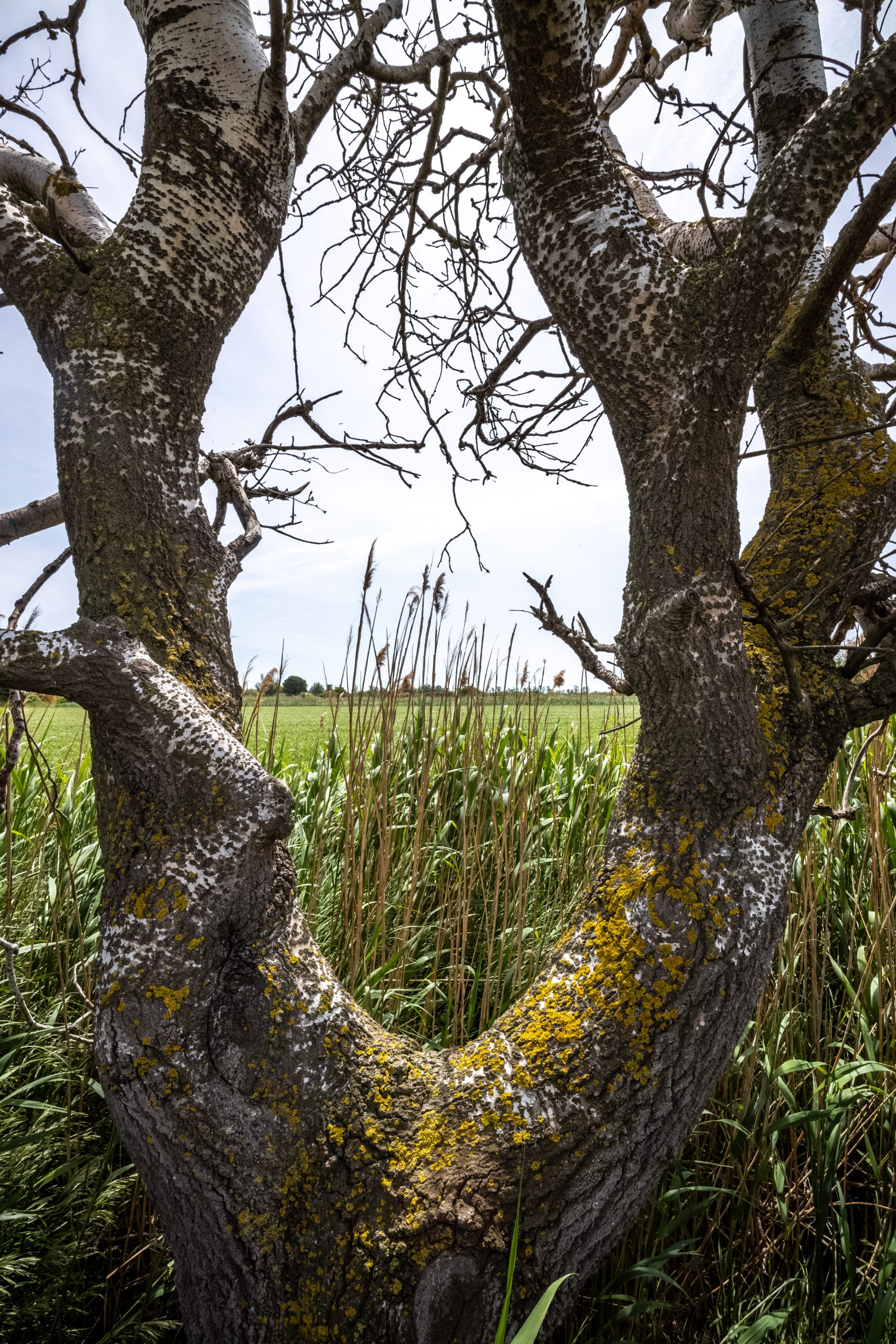
-
Tree #2
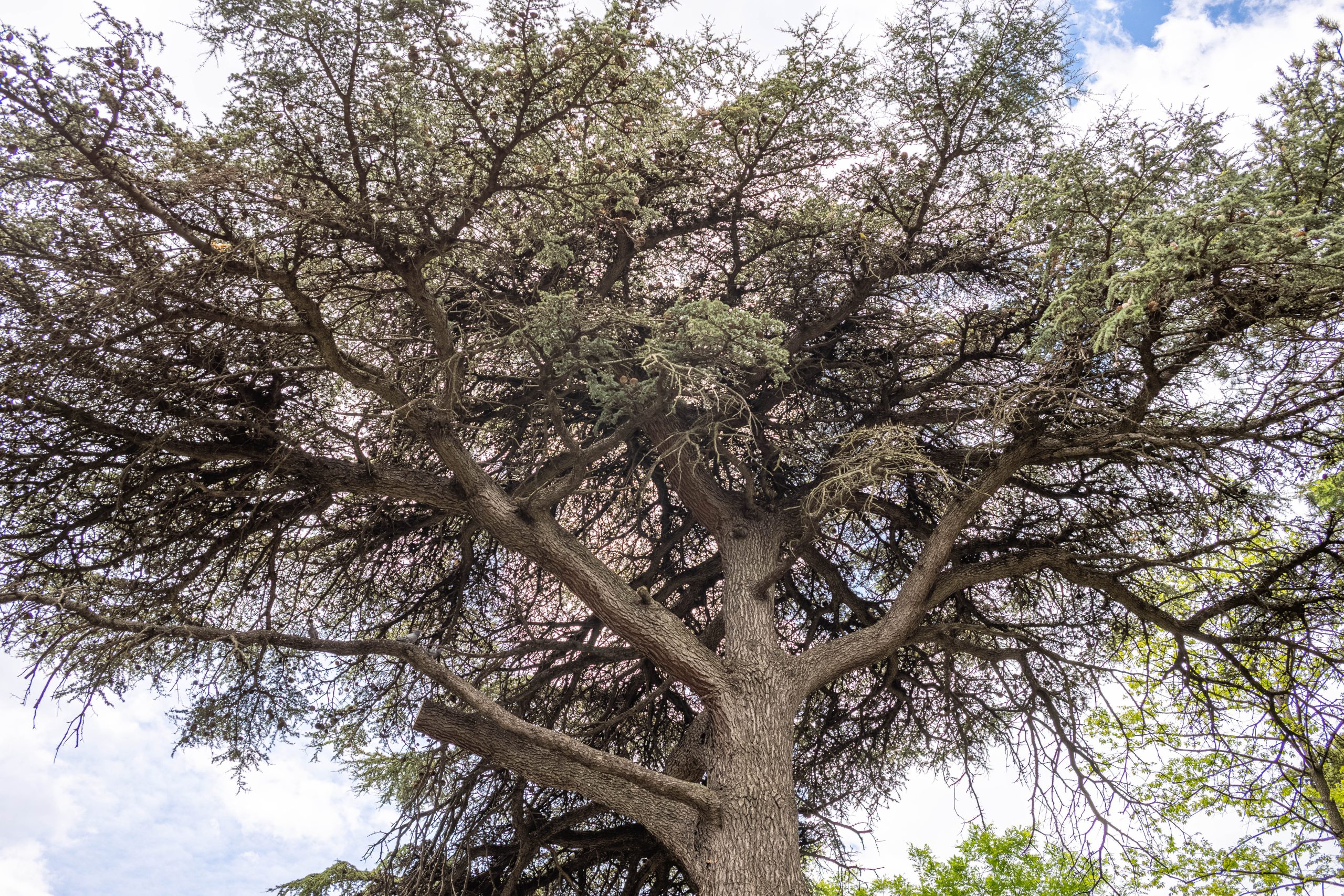
-
Handrail
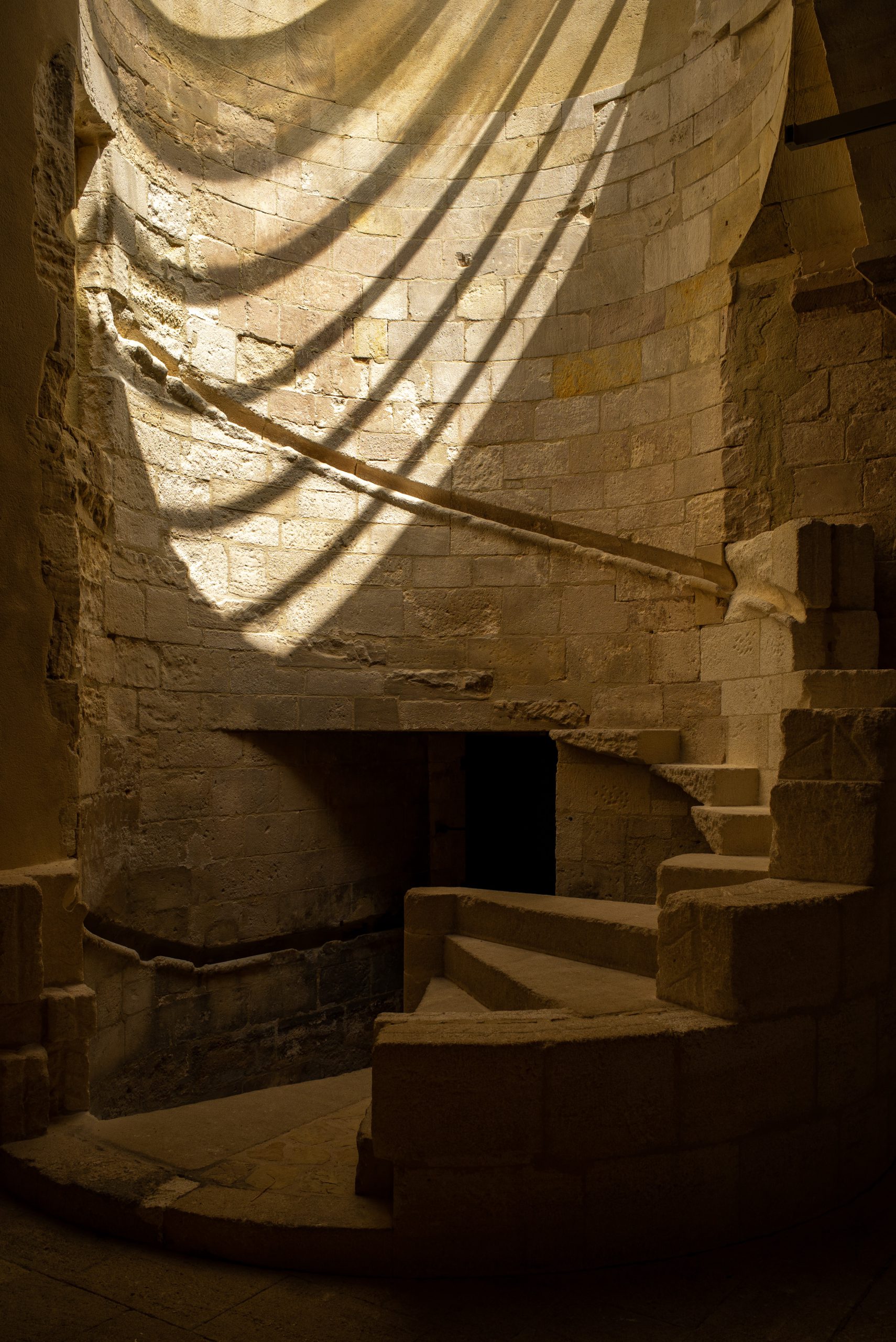
This handrail interested me because it had survived, although worn, while the stairs had not. The light also reminded me of the stairs.
-
Urban Garden
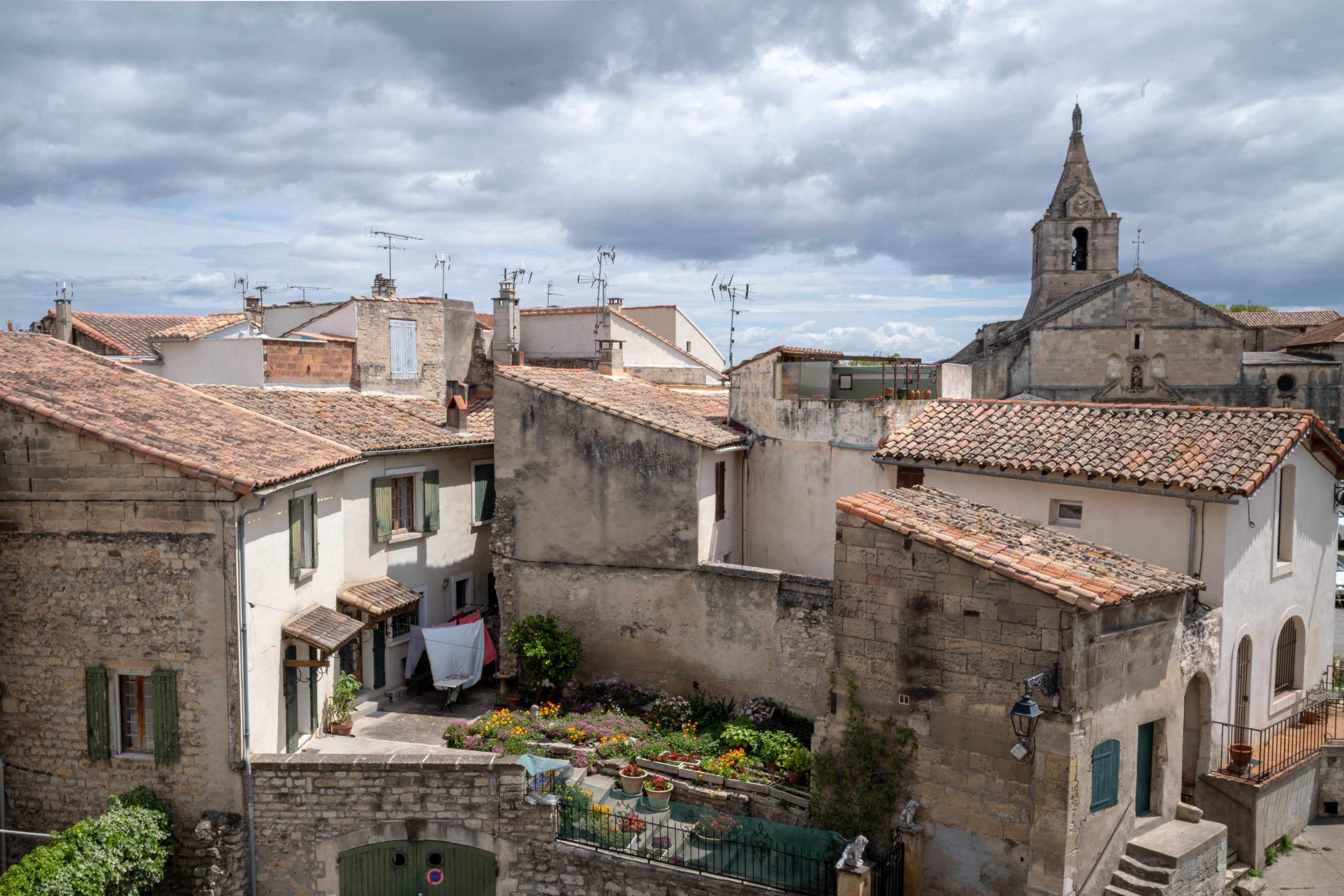
-
Tourist Poses #1
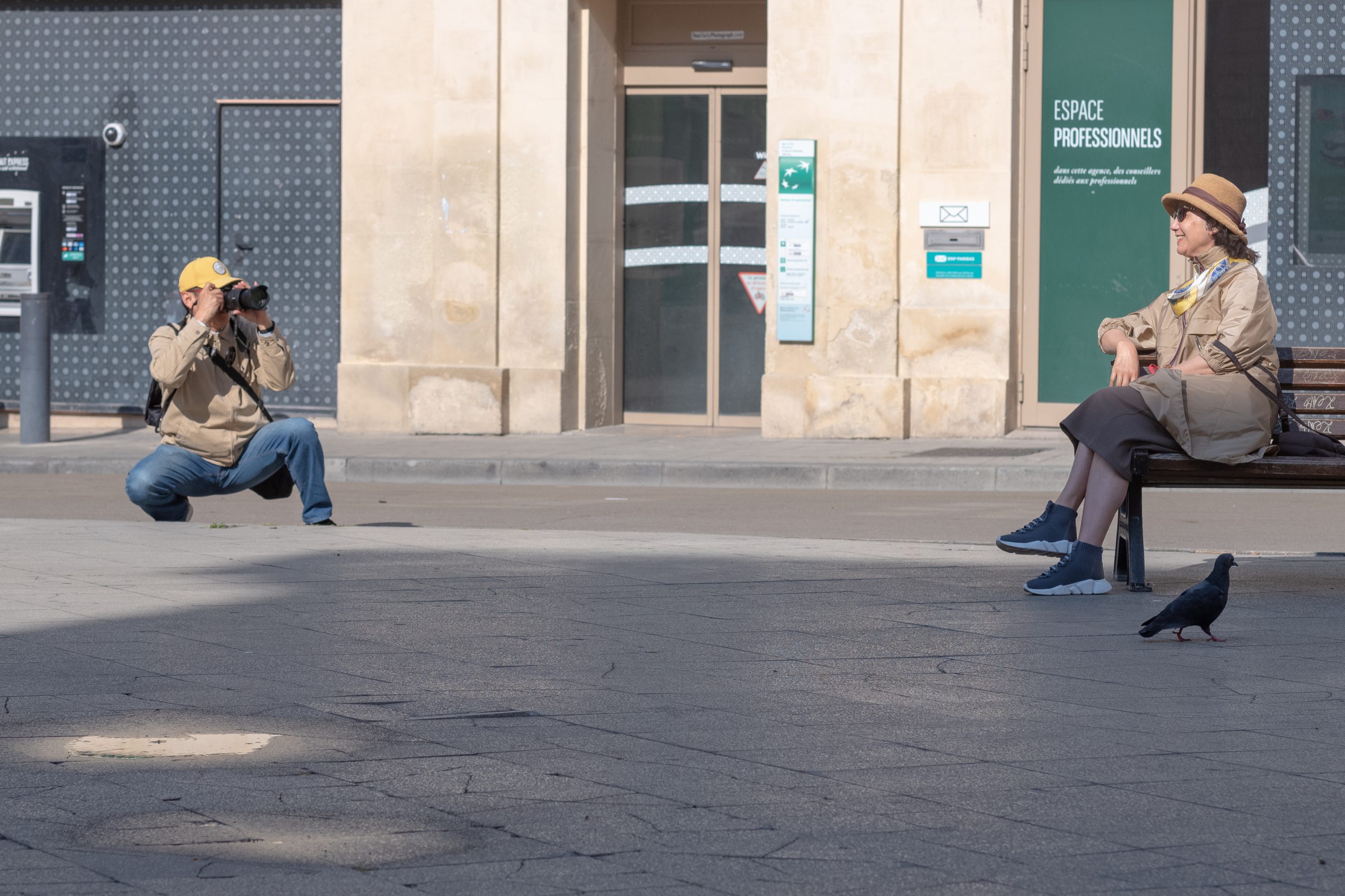
-
Tourist Poses #2
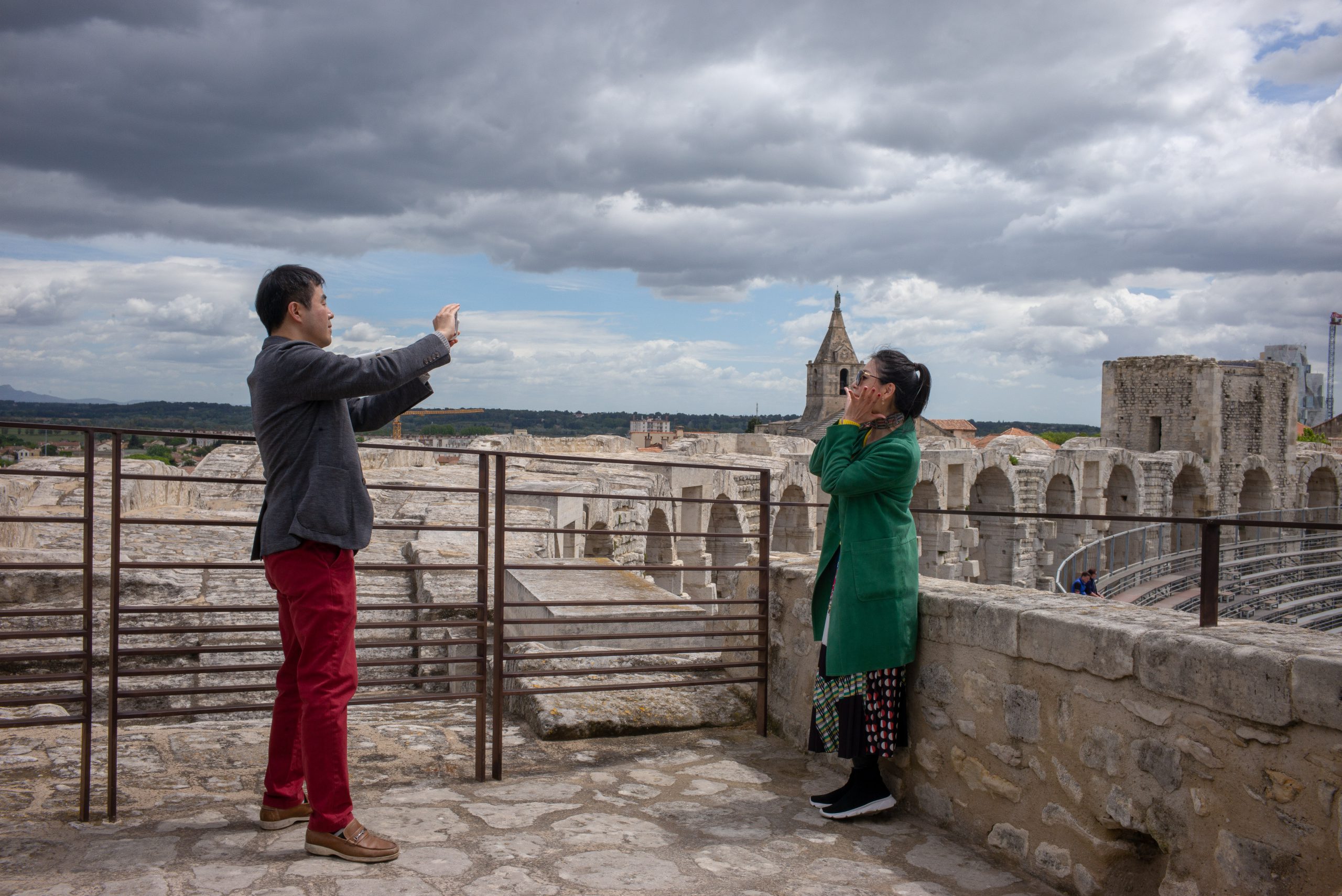
-
Tower
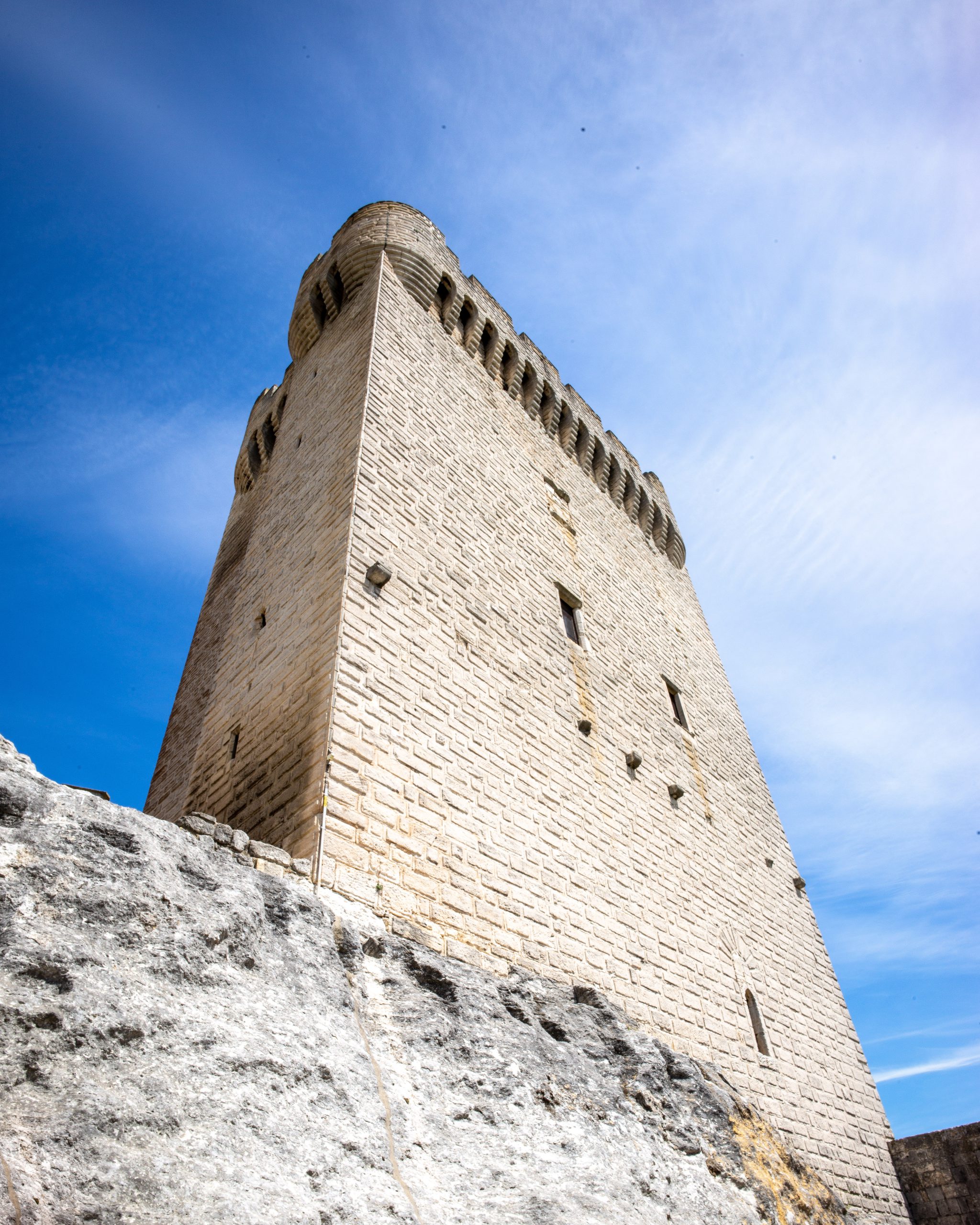
-
Window on Arles
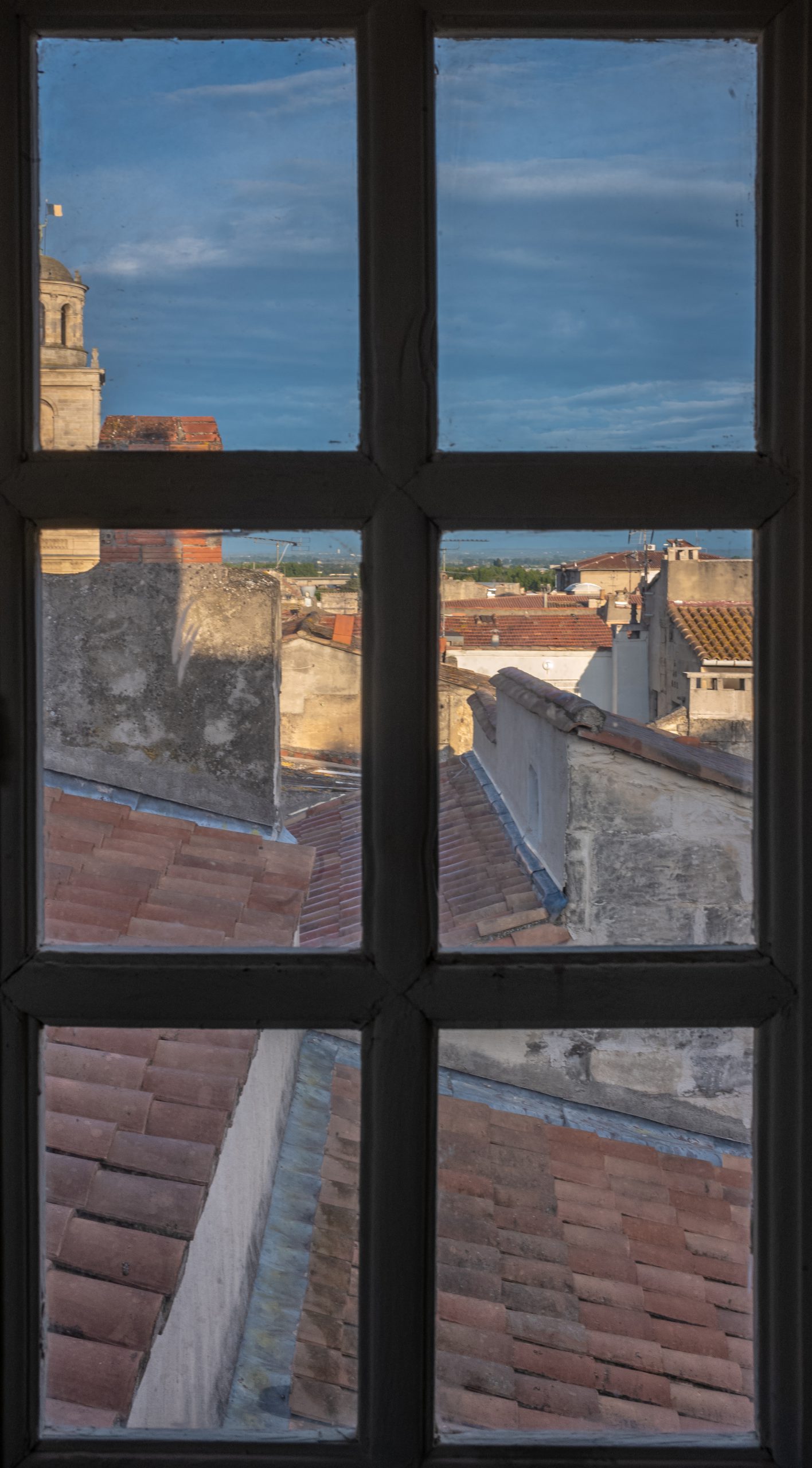
-
Remnants #1
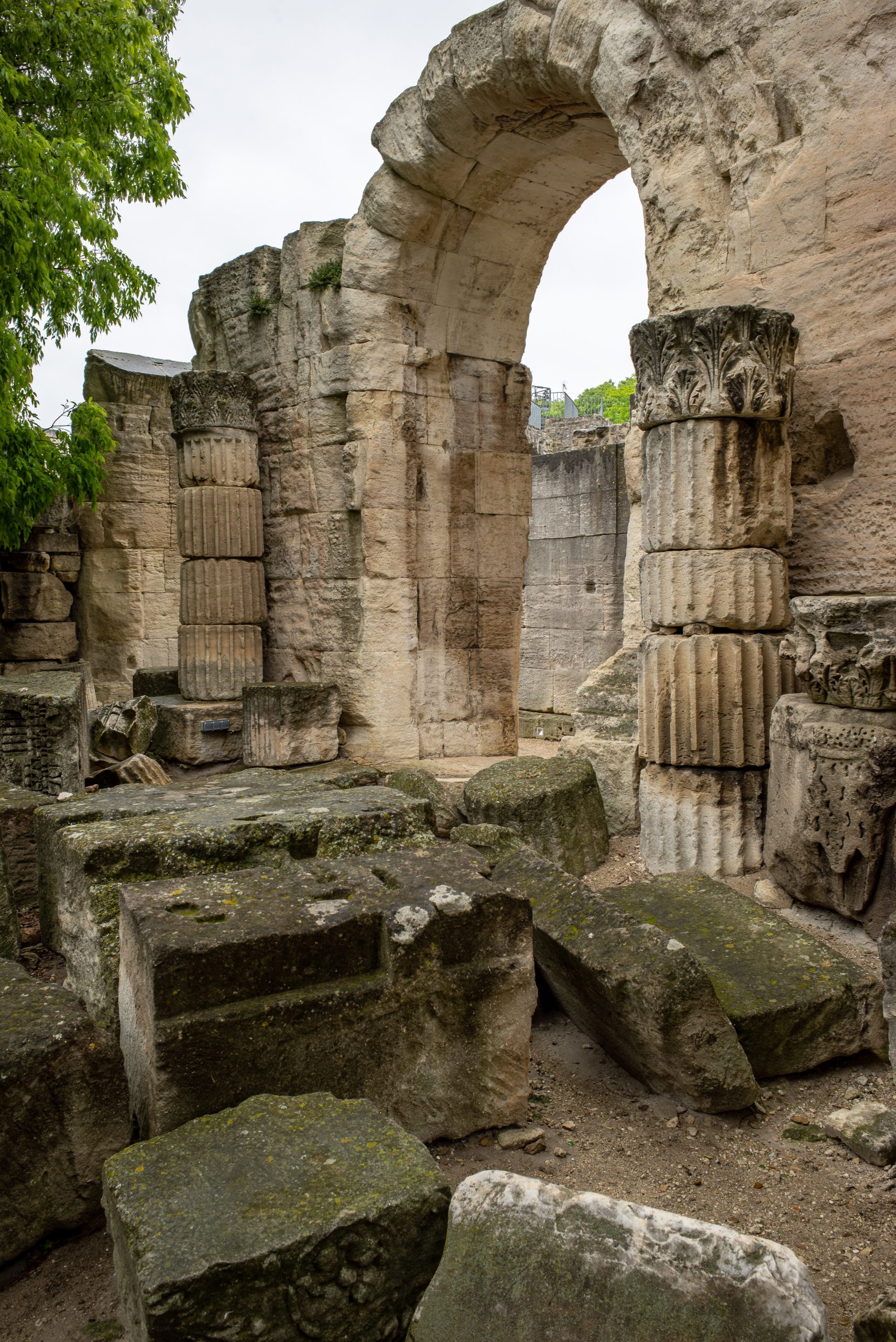
-
Remnants #2
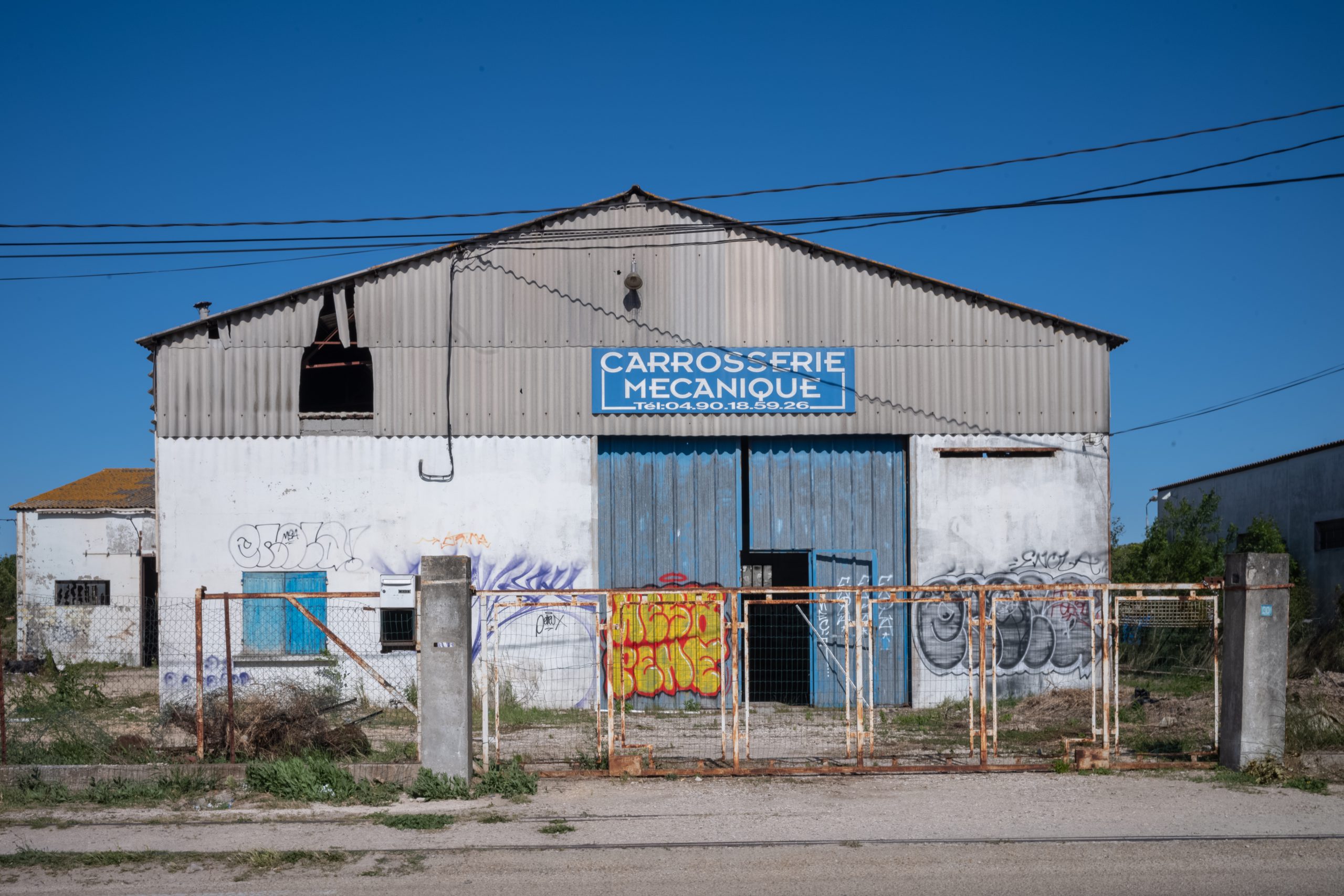
-
Remants #3
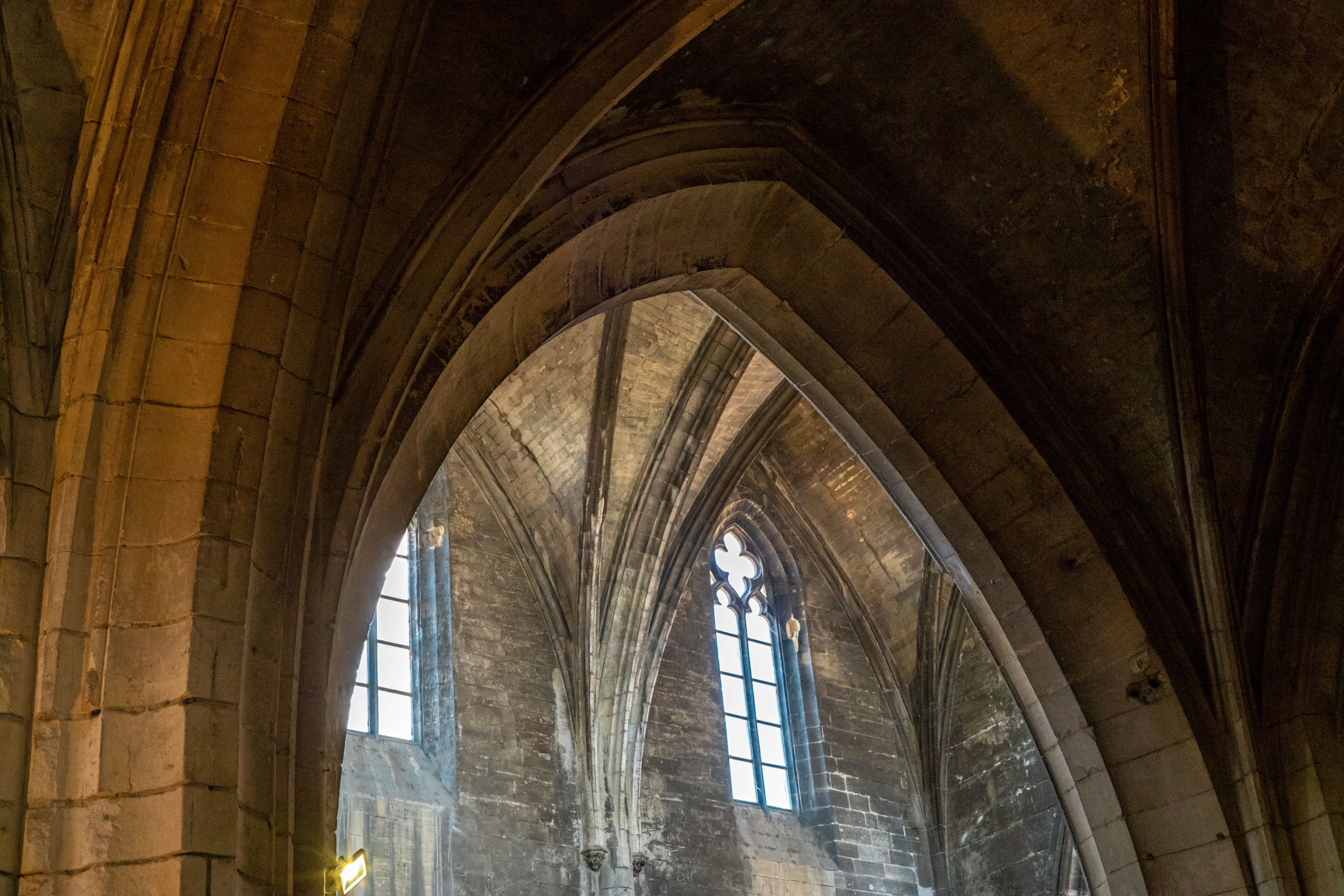
An abandoned church repurposed as an art gallery
-
Cruise Ship
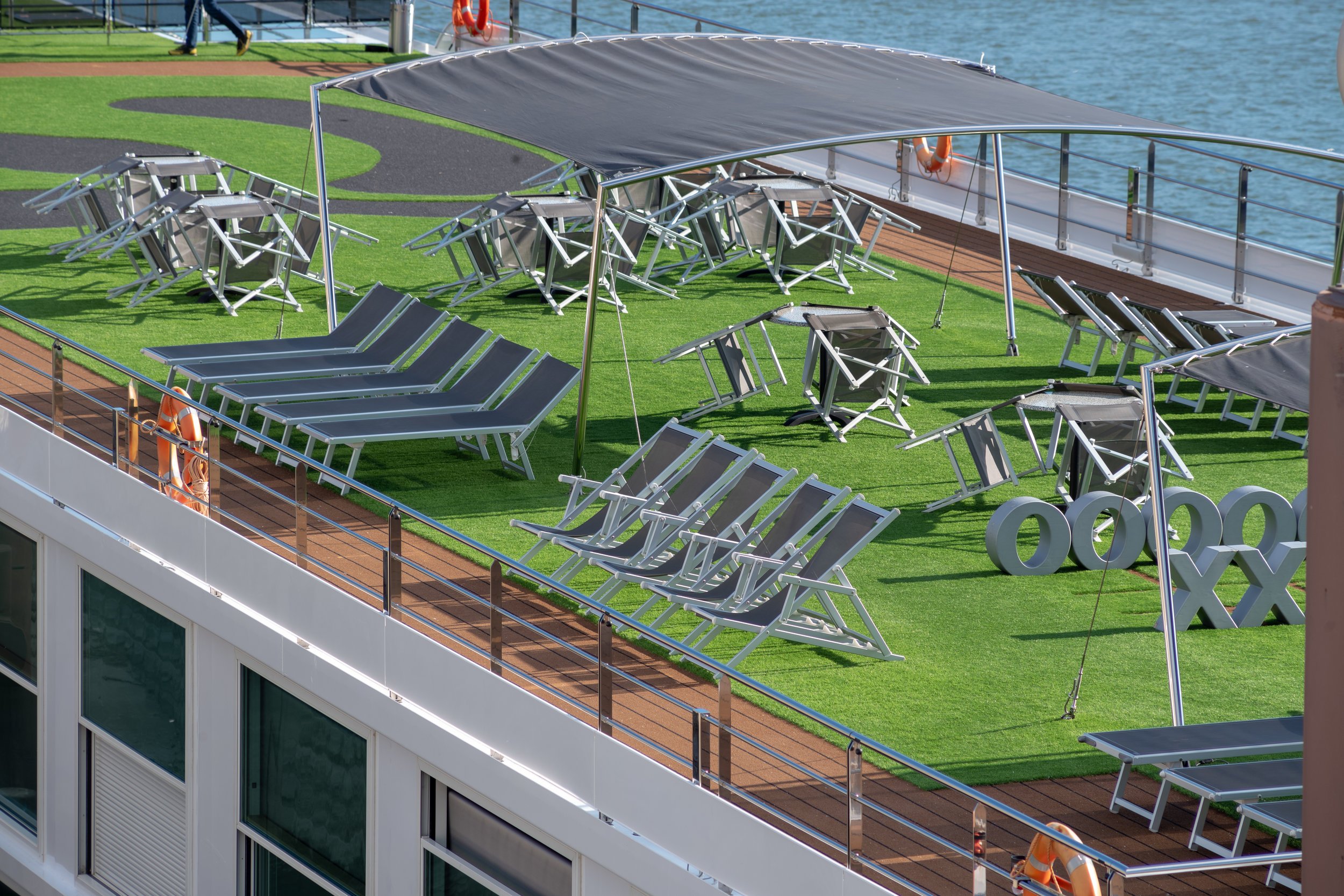
-
Postcards
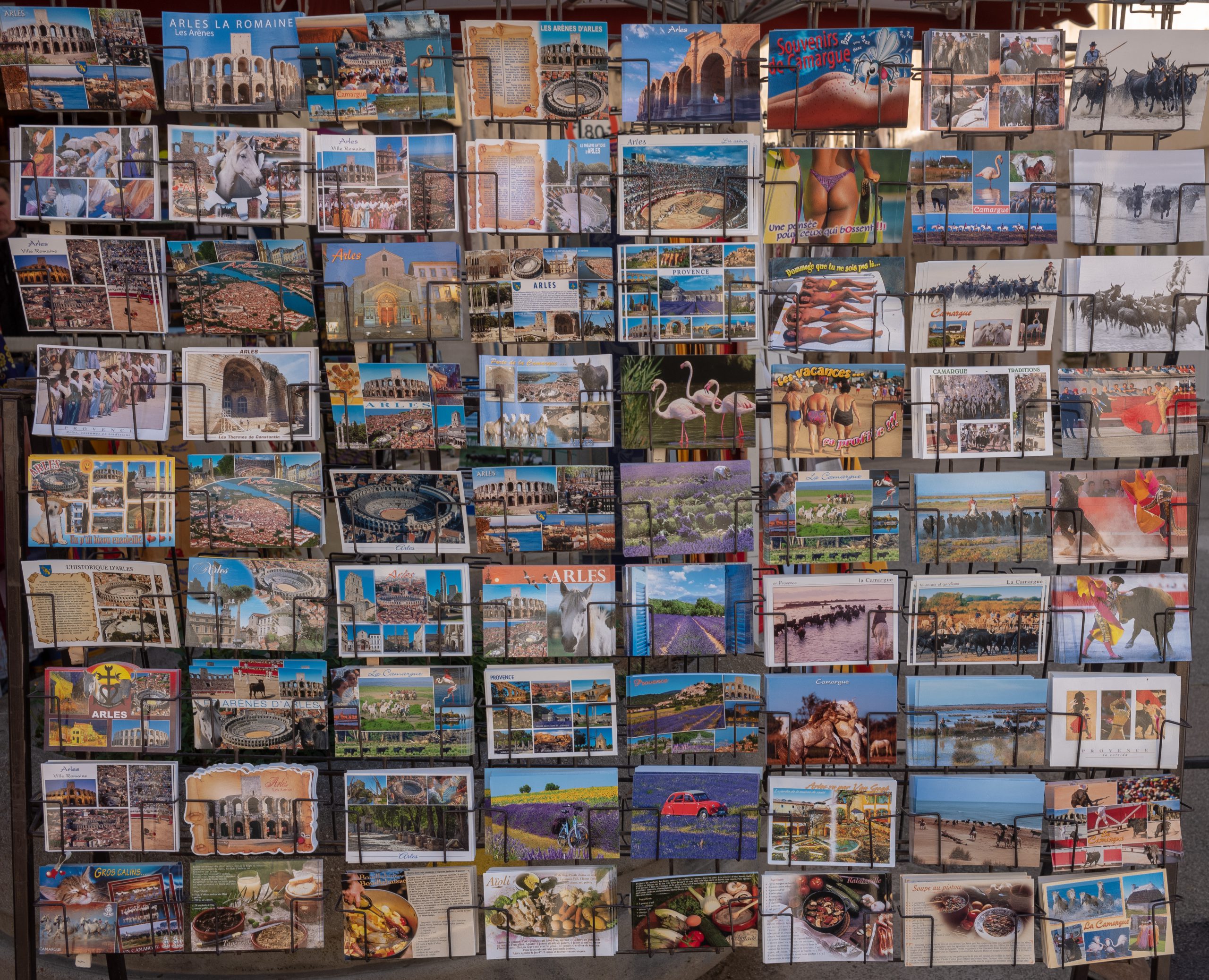
-
Tourist Spaces #1
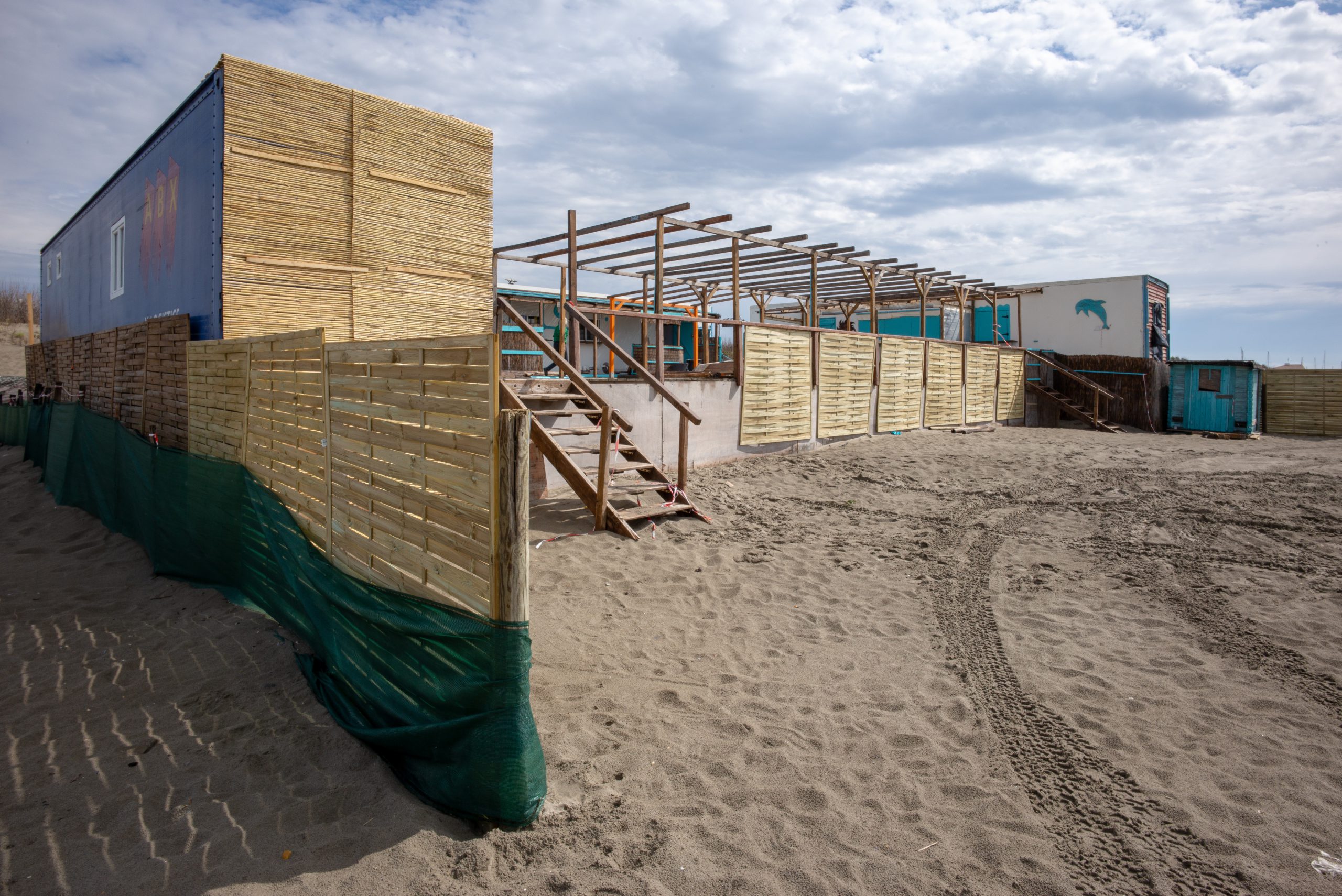
-
Tourist Spaces #2
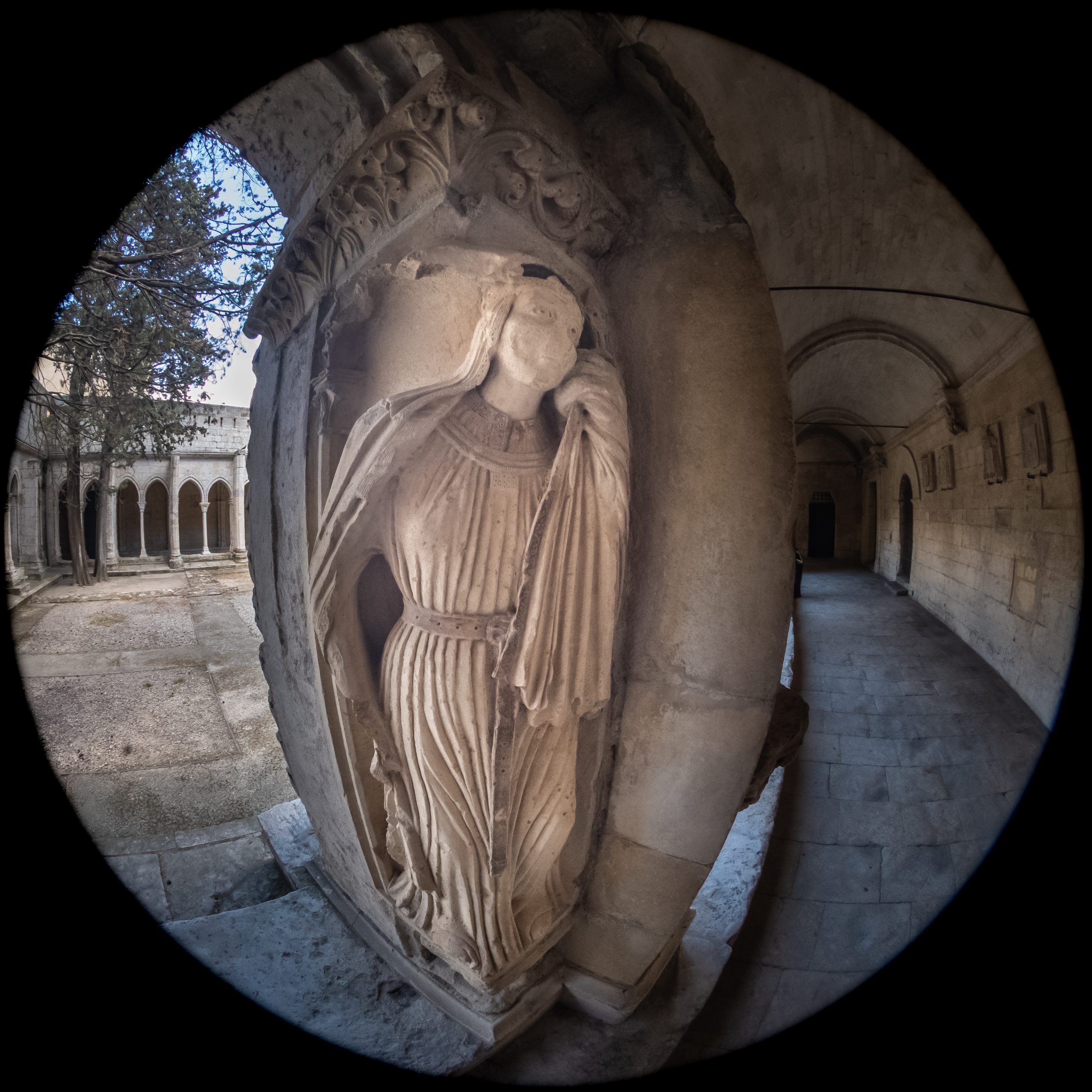
-
New World Island Residency

Two weeks ago, Linda and I returned from a month-long artist’s residency in Roger’s Cove, Newfoundland. Residencies vary quite widely in nature, from being simply a place of seclusion away from day-to-day distractions to allow the artist to focus on their work, through to ones that include formal study with specific objectives and deliverables. This…
-
The Choice of Place
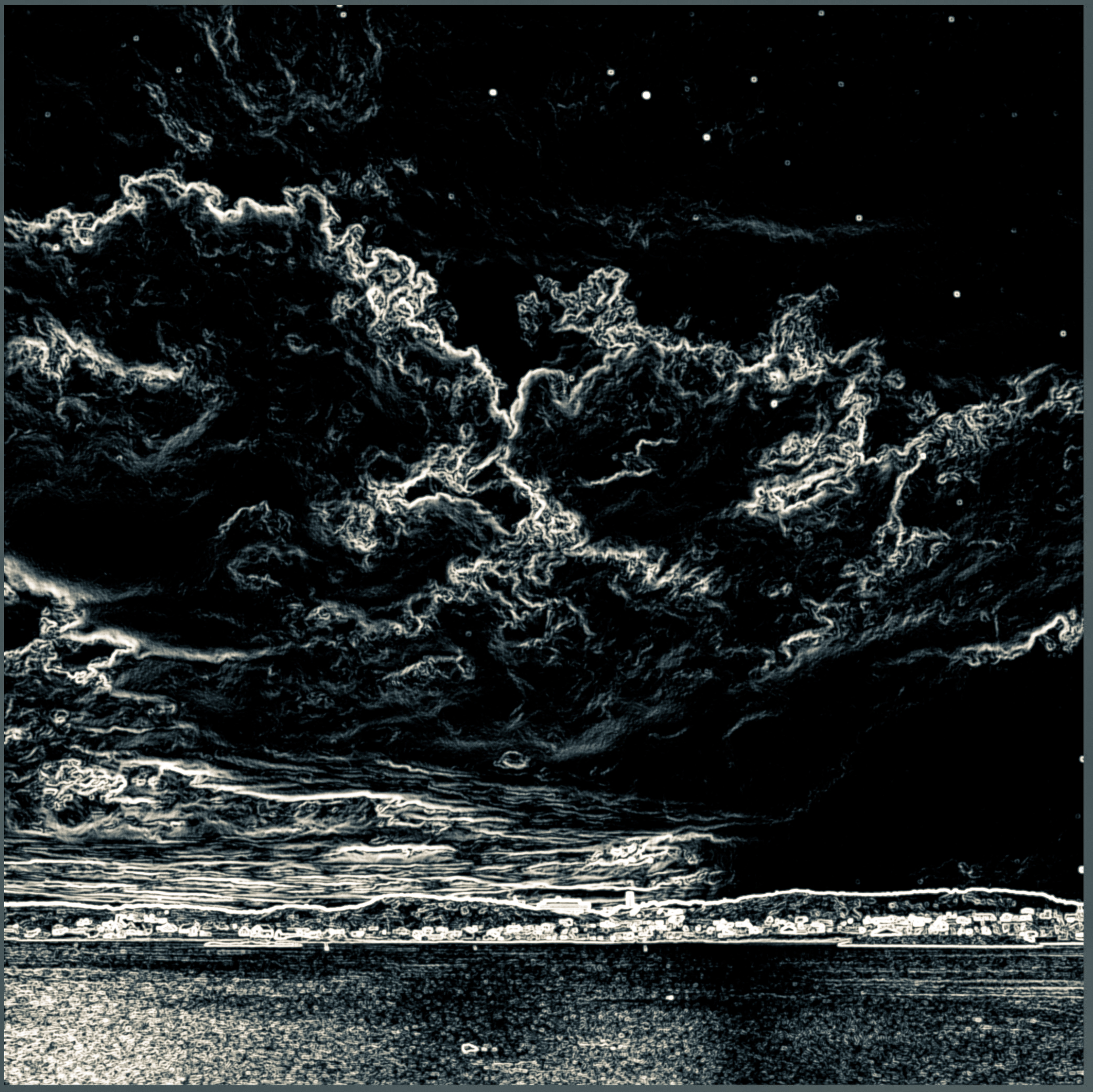
After a residency in Arles France, it might seem an odd choice to complete one in Roger’s Cove, New World Island, Newfoundland. They would appear on the surface to be at opposite ends of the spectrum: Arles is rich with a long history and representative cultural artifacts, Newfoundland has relatively few; Arles, and France in…
-
Roger’s Cove
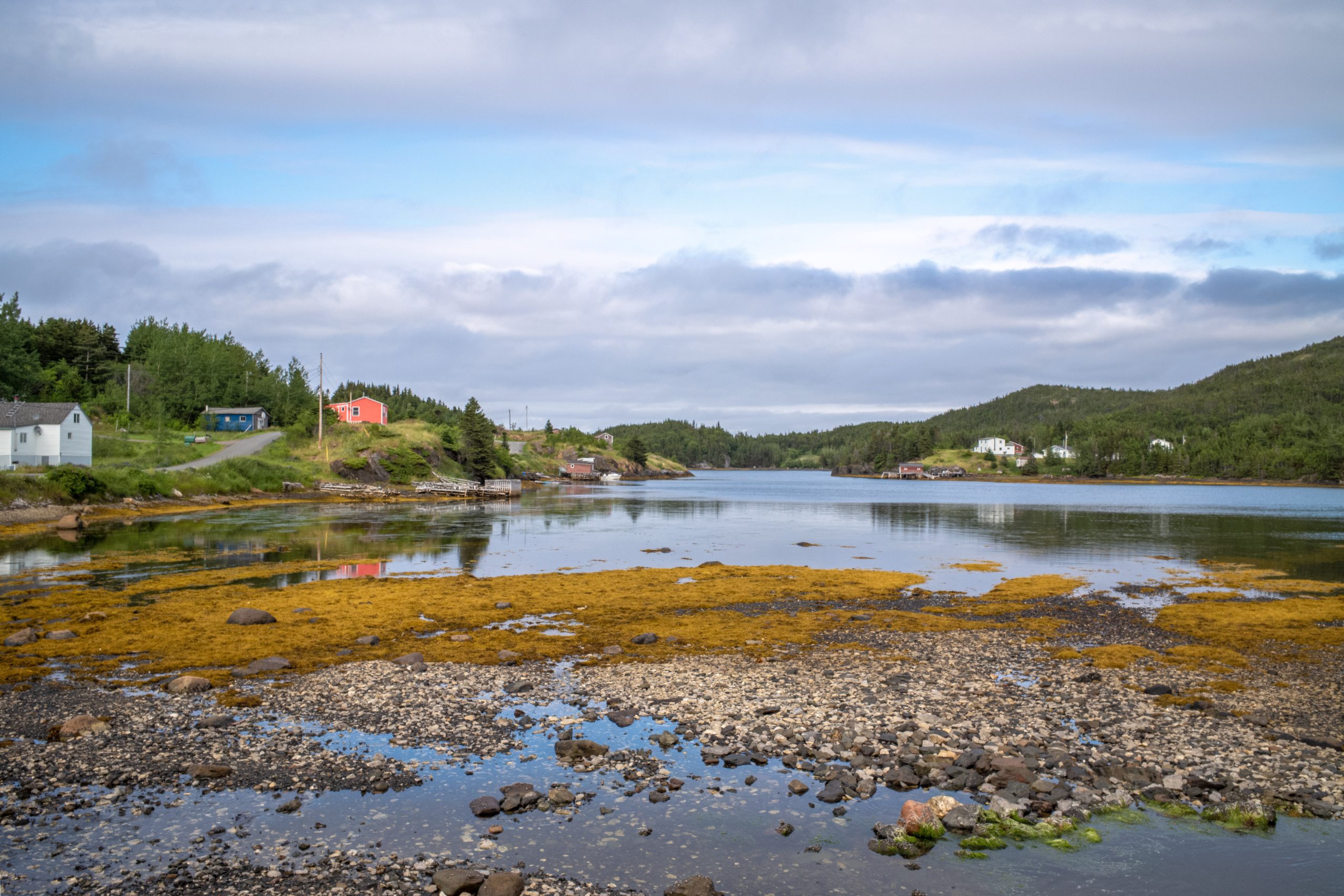
The cabin where we stayed is located on Roger’s Cove (see on map), which in turn, is located on New World Island (an island off an island). Roger’s Cove is situated at the end of a tributary off route 346 (at Cobb’s Arm), a secondary road from route 340 that connects with the Trans-Canada Highway.…
-
The Off-Grid Cabin
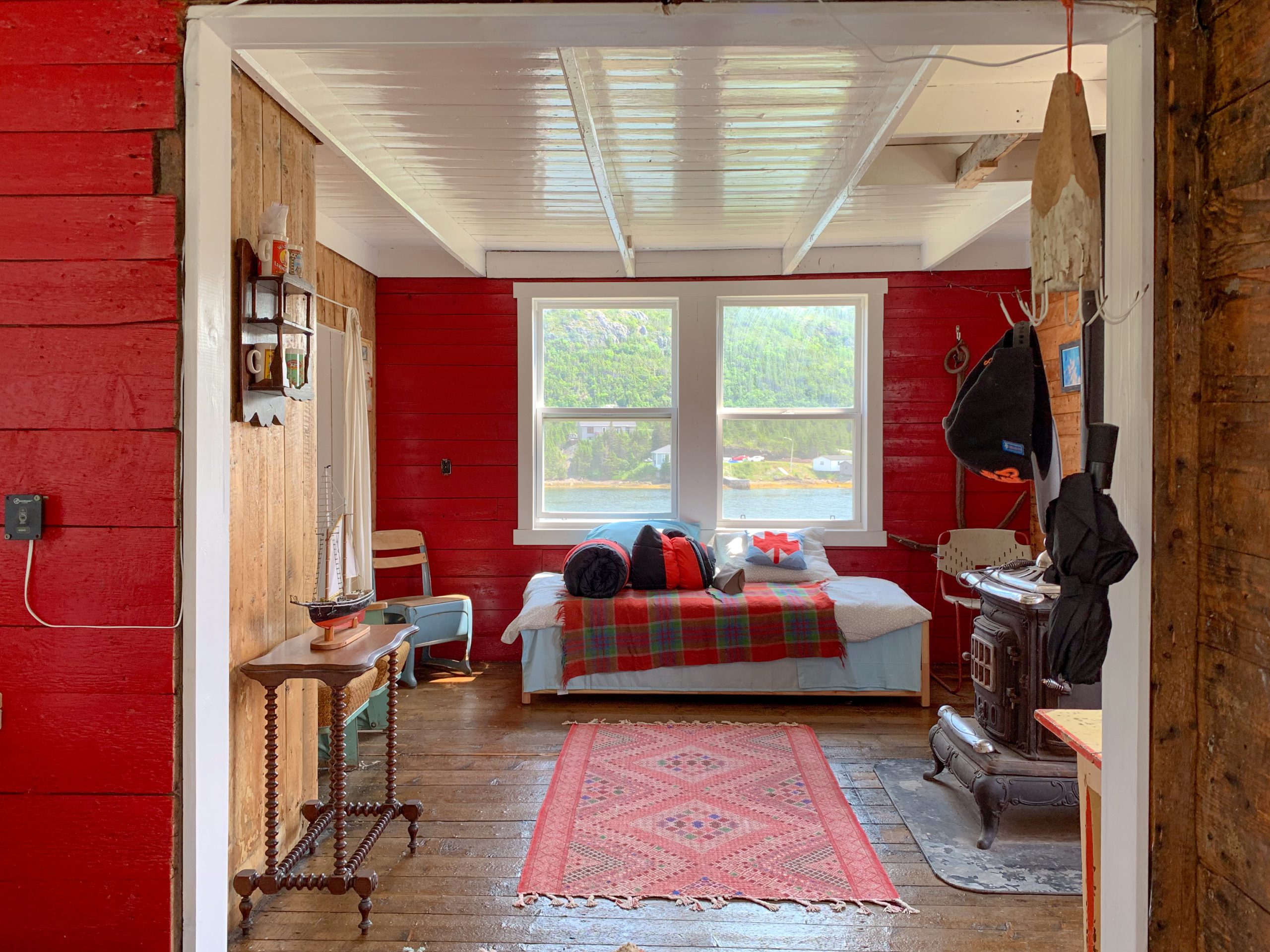
Although the cabin was “off-grid” and lacking many modern-day conveniences, its interior design created a sense of warmth and comfort, creating for me an odd contradiction: the juxtapositioning of a primitive setting with a sophisticated design. Off-grid suggests disconnection from externally provided services, such as electricity, water, telephone, etc. and to many this infers going…
-
The Toilet
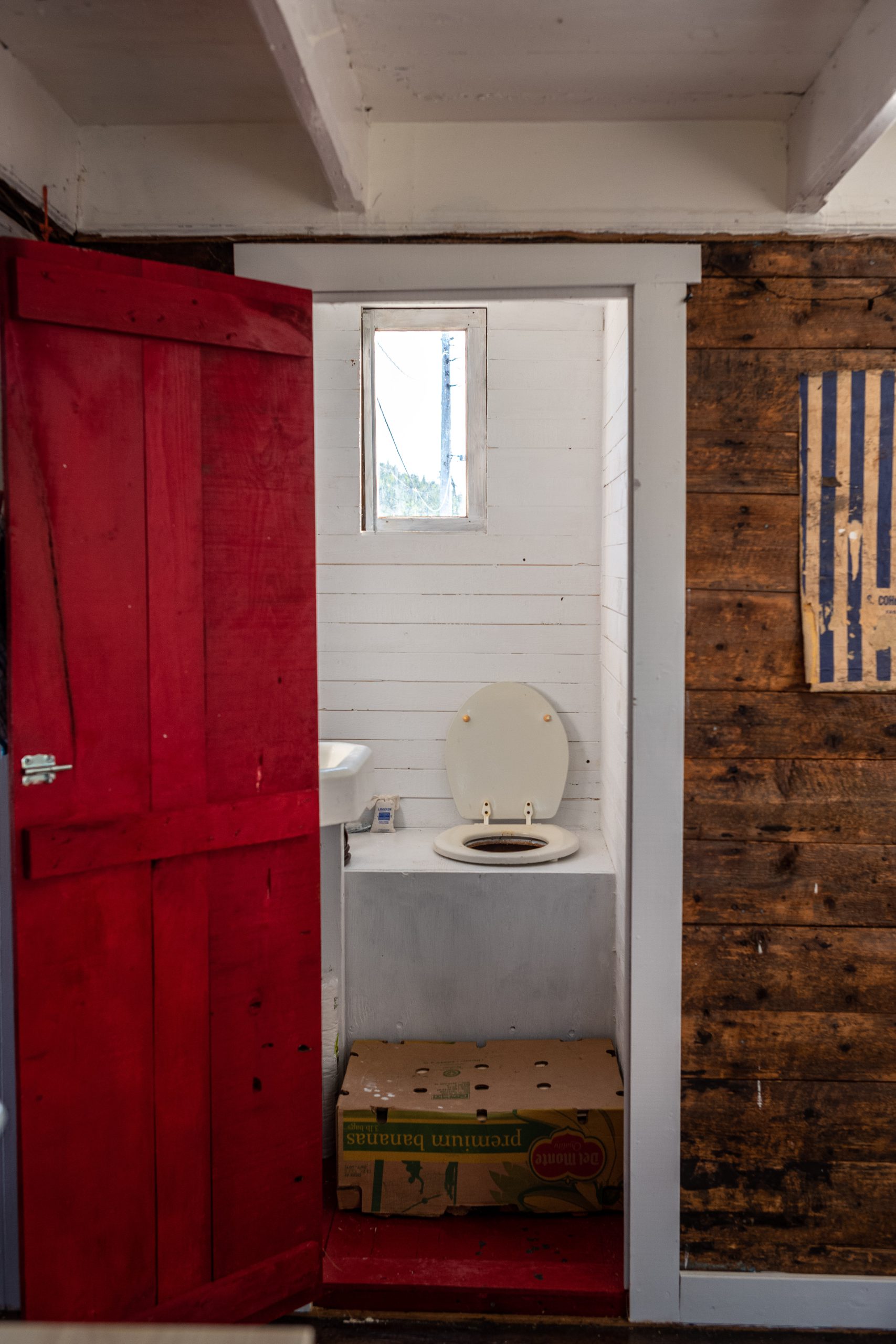
Other than being attached to the cabin, the toilet had most of the characteristics of an outhouse. That it was attached was a blessing as it avoided night-time sojourns traipsing across the mosquito-infested garden and coming face to face with other things that go bump in the dark. However, the receptacle of all our output…
-
The Journey to Newfoundland

Just as there was purpose in selecting the destination — the Coral Cabin — the purpose of the journey was to transition us both in space and mind from our suburban setting to that of the “Coral Cabin”. While we could have flown and been in Roger’s Cove in a day, we chose to drive,…
-
The Distance From Nature
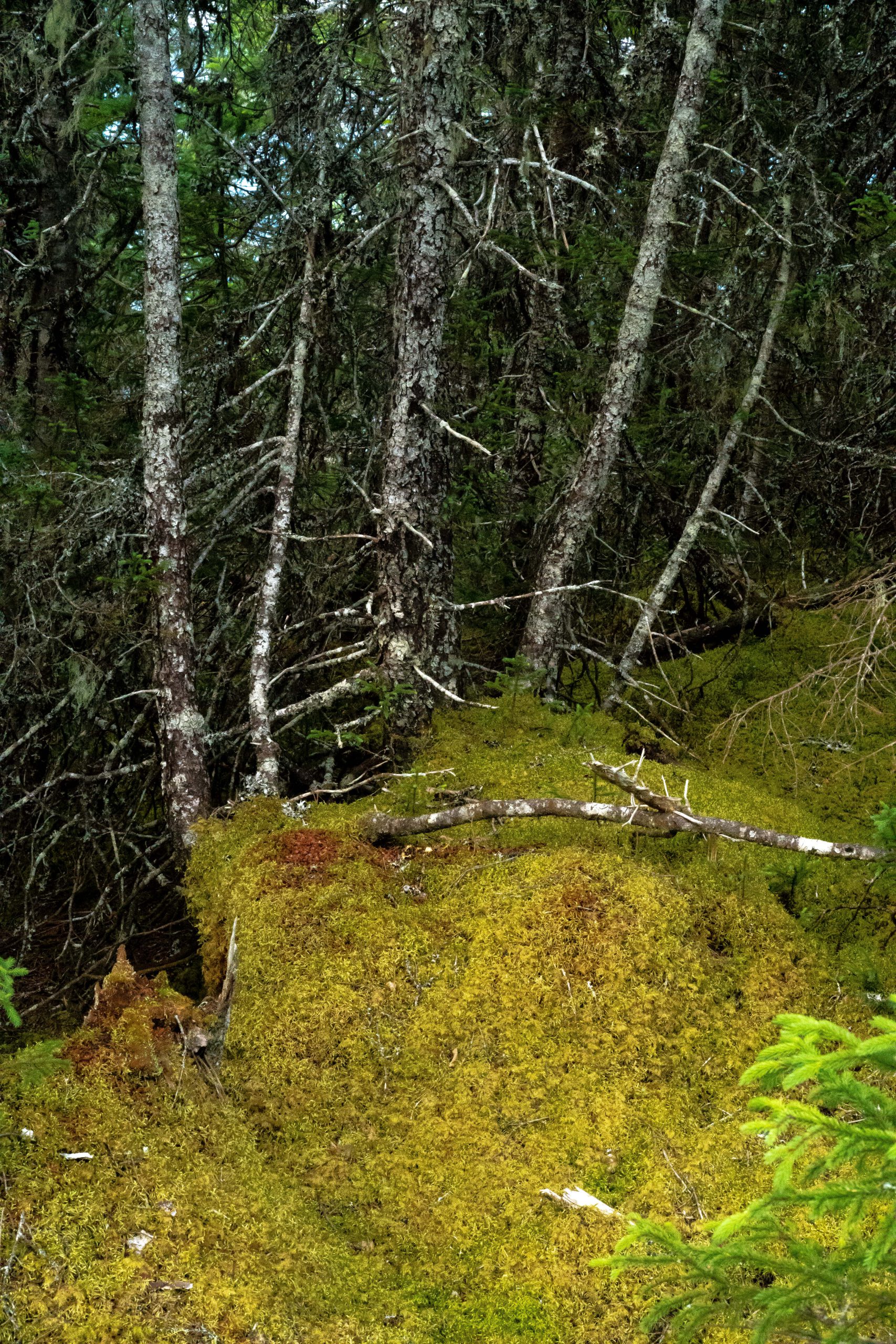
Nature is managed according to an order different than the one humans conceive making it appear uncontrolled, and random and thus potentially dangerous. Through our controlling of the environment around us we have encapsulated ourselves from our natural surroundings removing many of the dangers, improving convenience, but in doing so distanced us from its experience.…
-
Flies

In our suburban environment we infrequently touch the soil beneath us. More often than not there is a layer of concrete, asphalt or some other material buffer. We spend much of our time inside air-conditioned houses, offices and cars that insulate us from the weather and air around us. The last time I touched soil…
-
A Single Ribbon
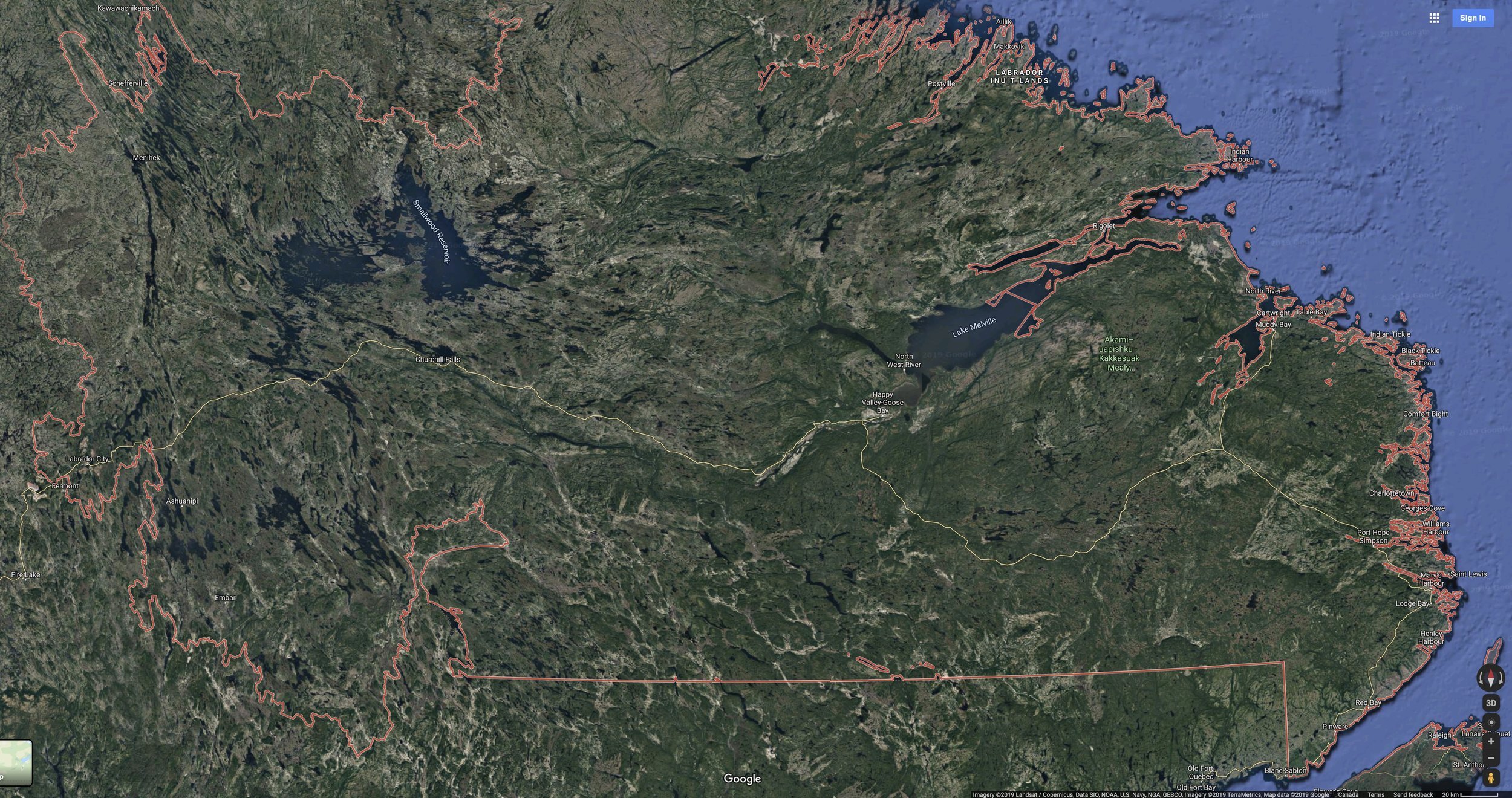
A single ribbon of gravel and asphalt connects the west to the east of Labrador. The presence of a road implies some degree of activity has been reached, be it commercial or otherwise. Absent a road there is a tendency to assume the space beyond — to the north and south in this case —…
-
Extraction
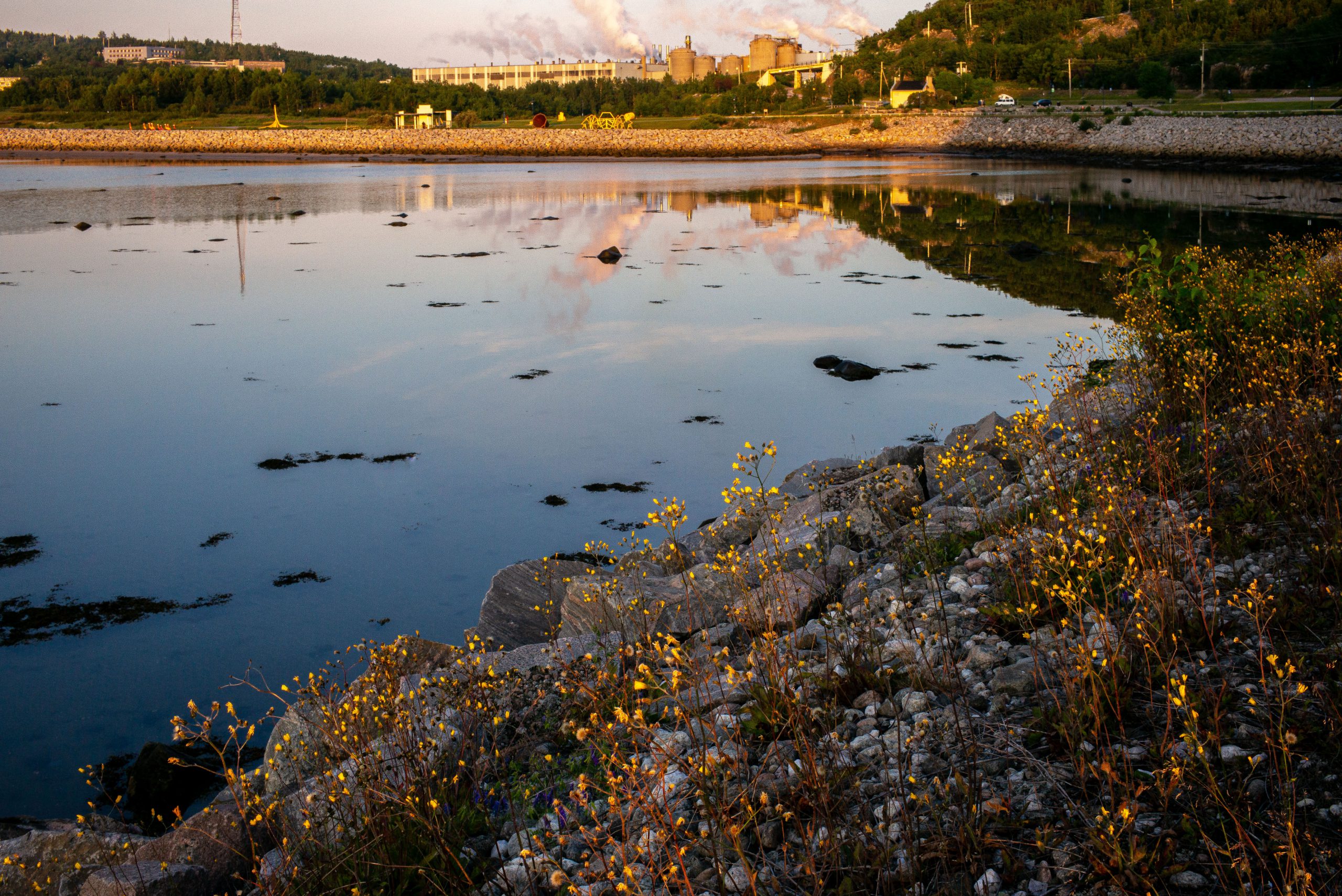
Driving through northern Quebec and Labrador, it is easy to be mesmerized by the expanse of the wilderness and imagine it as a vast, desolate space. Yet occasionally I was reminded that there is a lot of activity extracting the resources. While there is logging, and mining, I found hydro-power generation the most interesting because…
-
Spirit of the Beothuk
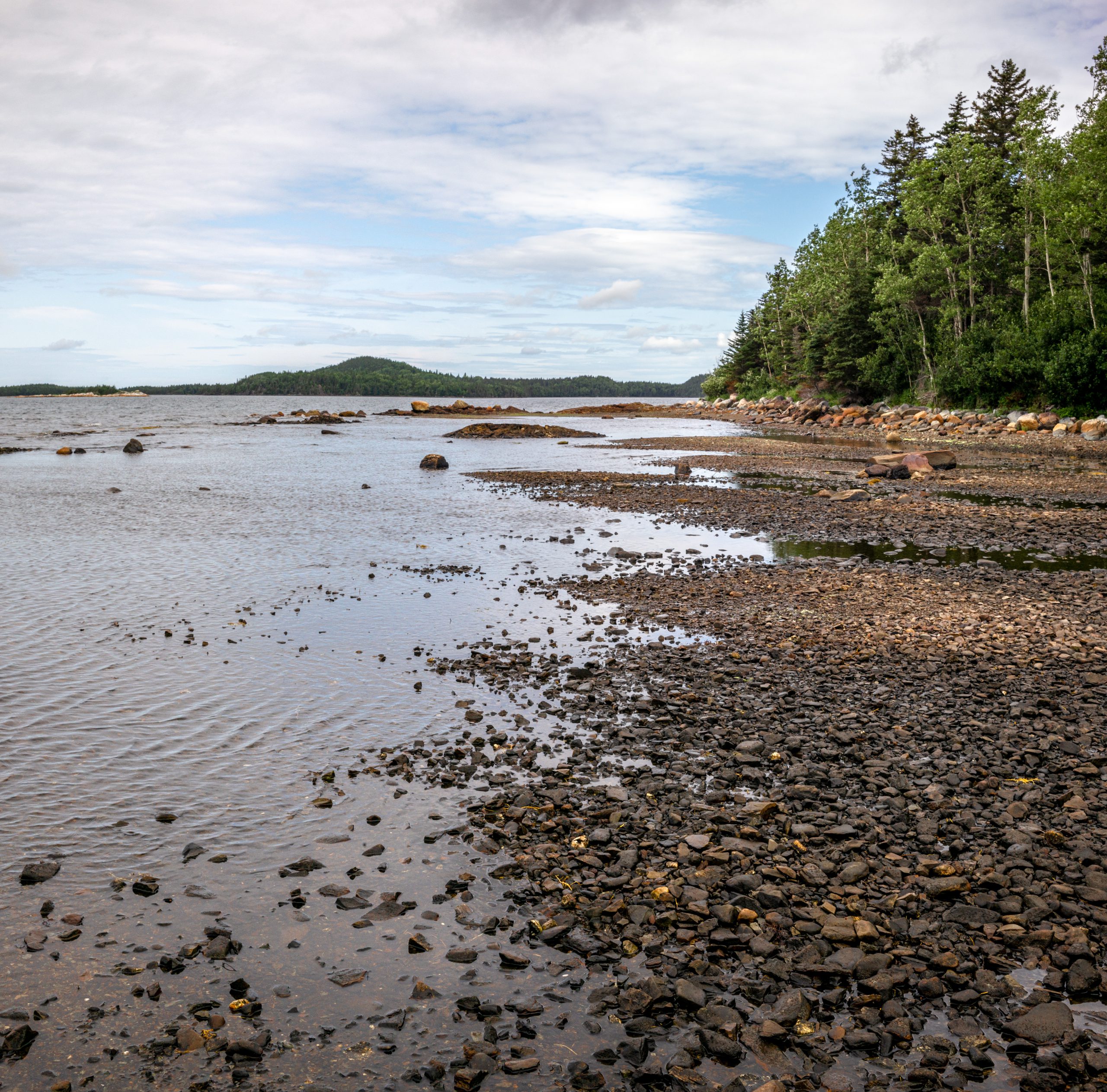
Near Boyd’s Cove, on Newfoundland Highway 340, is the Beothuk Interpretation Centre. The Centre provides both a brief history of these people as well as access to the site of a Beothuk Village that underwent an archeological survey in the 1980’s. This village was located on the shore of what is now Boyd’s Cove. What…
-
Security
I was riding my bicycle through Cobb’s Arm and I saw fellow cutting wood that he would subsequently store in his woodshed, and later, during the winter, use to heat his home. As I passed by he looked up and waved. I stopped my bike, got off and introduced myself. He asked where I was…
-
Lighting
Without electricity, lights were powered by kerosene. The ones provided were small, producing enough light to see, but not enough to read by. This imposed limitations on what could be done after sunset. The effect was a lifestyle change that amounted to rising and setting with the sun. Fortunately, the sun set at around 8:30PM…
-
Coffee Pot
If you open up the lid and look inside, there is nothing but space … to hold water. There are no electronics. No flashing lights. No LCD screens announcing something that is otherwise obvious. It is simply an enamel-coated metal container used to boil water, which may then be used to make tea or coffee.…
-
Basketball
My attraction to this garage was not its aesthetically pleasing, replete with symbolic meaning, dilapidated state, but rather the basketball hoop. My first thought was surprise that this game had made its way to Newfoundland. Surprise because I have not thought of Newfoundland as a sports mecca. But I could be wrong as I admit…
-
The Tank
I was riding my bike through Toogood Arm when I came across a “tank”. When I was growing up in Montreal these machines were used to clear the sidewalks of winter snow. I don’t know if such machines are still in use. As children, we would imagine these contraptions to be “enemy” tanks and pelt…
-
The Playground

A little further down the road from “The Tank”, in Toogood Arm, is a playground. It looks as it has not been used for years. I observed that most of the people in these smaller villages are beyond middle age; I saw only a few children. Most of the people I spoke with told me…
-
Fish Processing Plant
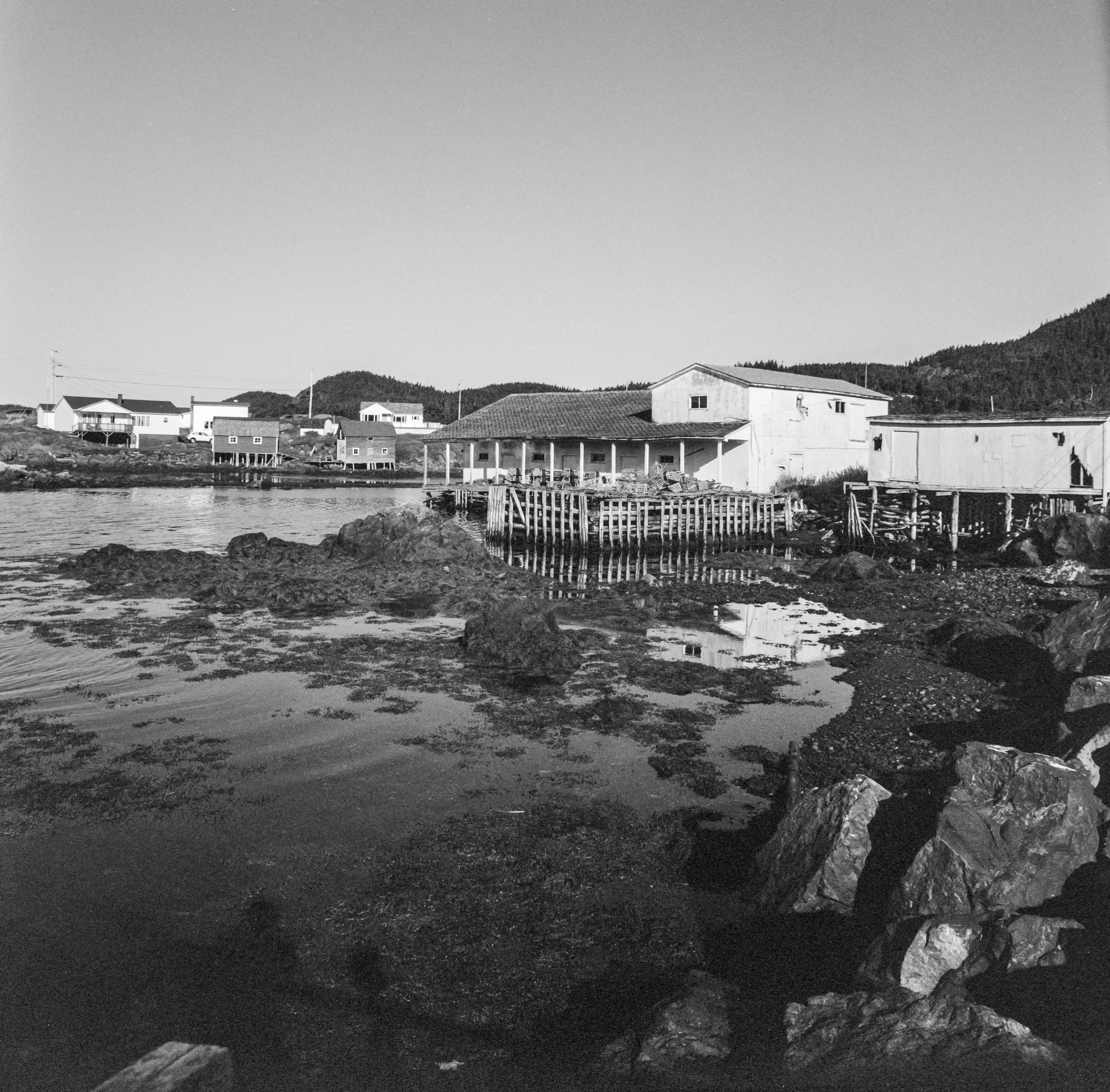
Many of the little communities we visited have fish processing plants, like the one pictured below. Most are closed. Closed after the demise of the cod fishery in 1992. 30,000 jobs were lost, which given the population of the province at the time, amounted to 5% of all the people.
-
Cod Fishing
Each weekend (actually Saturday through Monday) between the last one in July and the first one in September, individuals may fish for cod. There are many restrictions, such as the method used to fish, but the primary one is the limit of 5 fish per day per person and 15 per boat. Yet, people go…
-
Traps
Crab and lobster traps are found stacked on almost every warf.
-
Crosses
I noted that where we were staying, many of the graveyards were located outside of towns, often hidden away in the forests. I wondered if this was a holdover from the Roman necropoli? I think these markers were less related to the placement of the dead, but rather remembrances of those lost to the sea.
-
Fire Wood
Driving along many of the roads one comes across stack of logs, that will be cut, split, and used as fire wood to supplement heating requirements during the long winter. Logs are placed into the form, whose ribs mark where to cut so the lengths of each log is consistent, and importantly, fits in the…
-
Challenges of Film
Through our stay in Newfoundland I used both digital and film cameras. The most recent series of black & white shots were taken with my medium format film camera. I have mixed feeling about film. The process of using film has more points of failure than does a digital camera (I refer to the process…
-
Sunrise on Roger’s Cover
-
Boiling Water
-
Fireplace
-
Living Room
-
Bees
-
Wind in Trees
-
Cobb’sArm
-
Driving
-
Seashore
